| |
|

20,000 people estimated at the parade
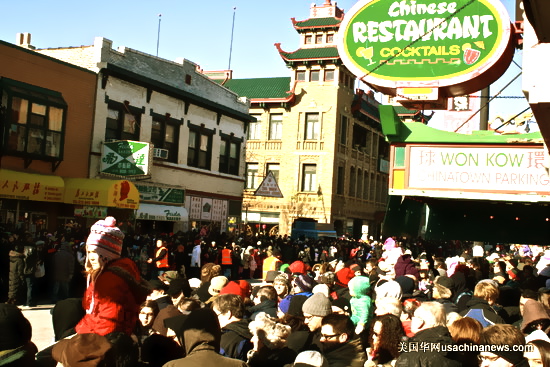
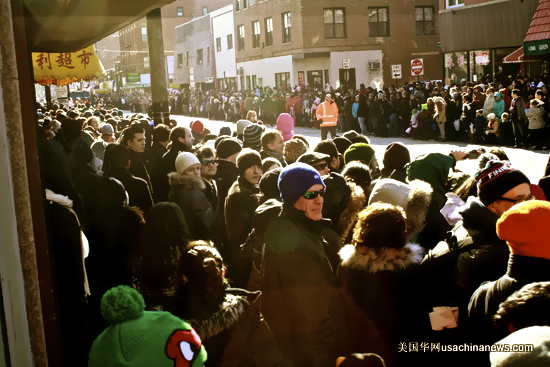
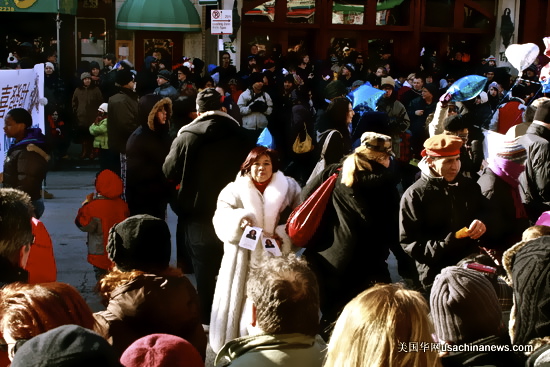
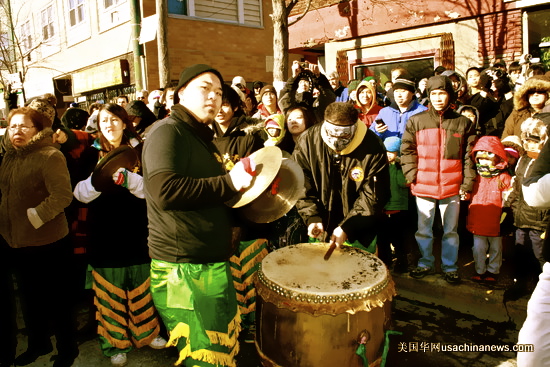
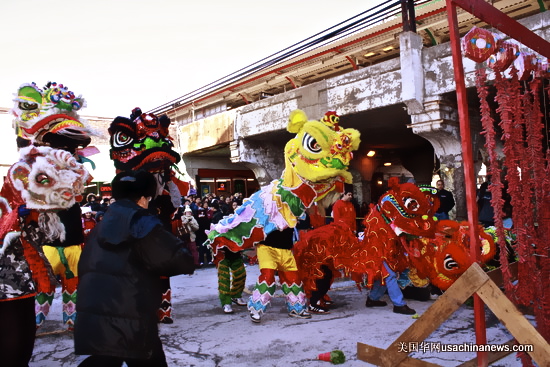
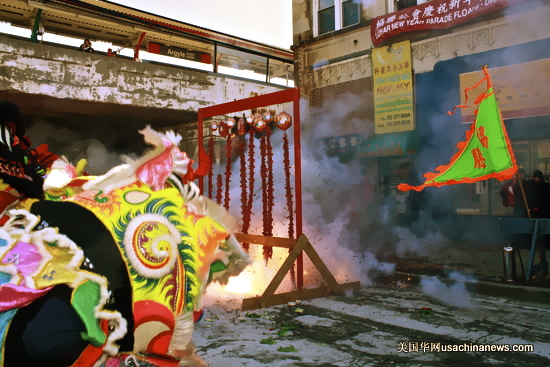
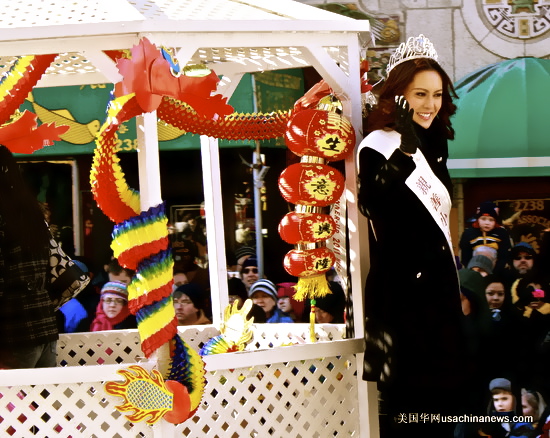
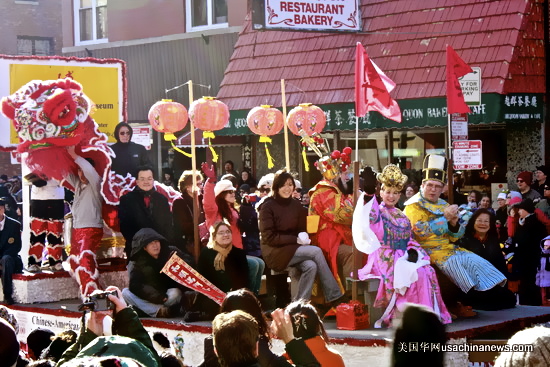
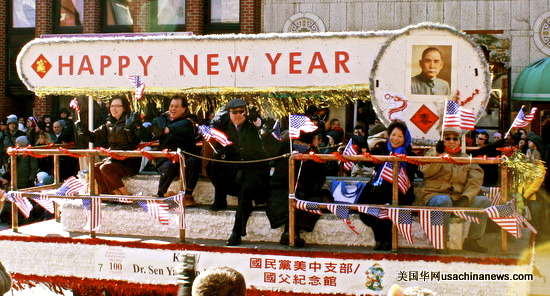
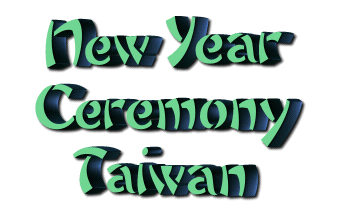
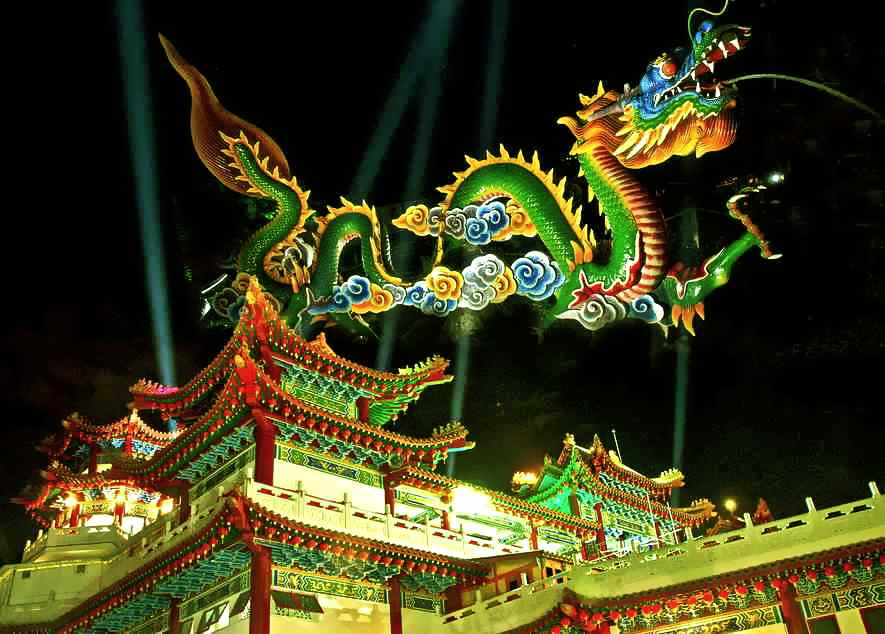 |
|
Chinese Mason’s Spring
Festival Dinner - Saturday, February 11th, 2012
The dinner was located at the Phoenix
Restaurant in Chicago’s South Side Chinatown.
The Green Dragon Society delegation occupied a full table at the
dinner, and except for a few politicians, we had amongst our
members the only non-Chinese at the event.
Many honors to individuals were bestowed. All entertainment was
in Cantonese.
A 12 course meal was prepared
The food was superb, as it was totally prepared in the true
Chinese fashion, not the regular tourist variety. |
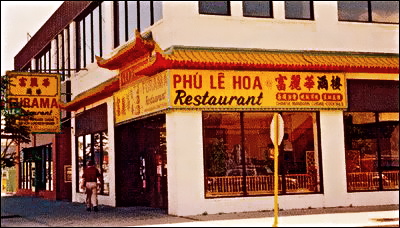 |
This announces the Green Dragon Society's
attendance on Sunday, February 12th, 2012, at the annual,
invitation only, Hip Sing Society Dinner
This dinner celebrates the Chinese New Year of the Dragon, and
is the Spring Festival Event.
Over 1000 Guests were in attendance at the banquet hall.
Hip Sing Society membership from all over the United States
attended. Delegations of representatives from New York and San
Francisco were present.
|
The event was held at the Furama Restaurant, on the North
Side of Chicago, in Chinatown, on Broadway at Argyle. A location
just around the corner from The Hip Sing Tong headquarters.
The entire dinner extravaganza was populated by the top tier of
the Chicago Chinese community, both North and South Sides.
The Mainland Chinese Council and the Taiwanese Council attended
the event in numbers.
An 11 course dinner was served over an hour and a half period,
while musical entertainment, awards, announcements, speeches,
and introductions or honorariums, were conducted.
The Green Dragon Society shared our reserved table with the
ancient Chinese Tao Association, including the Association
Chairman and elite membership. Taoist discussion took place in
both English and Cantonese.
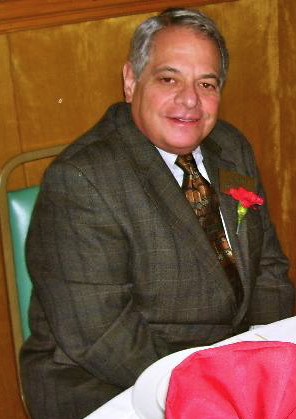
Seated at our table was a
Green Dragon Society sponsored guest,
the Honorable Judge James Kaplan, 8th Sub-Circuit Court of Cook
County
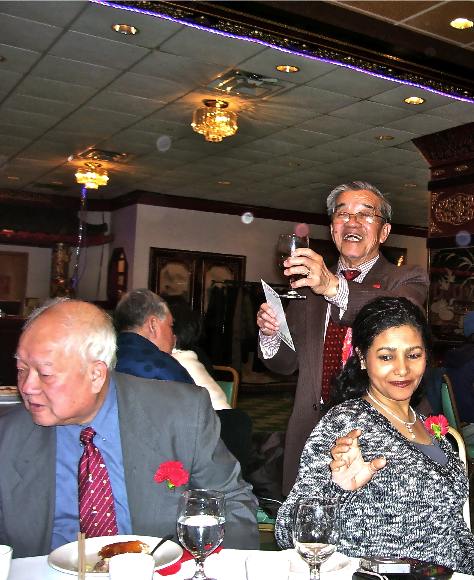
The Chairman of the Hip Sing
Society, toasting our table in friendship.
Photo left: Chairman of Chinese Tao Association.
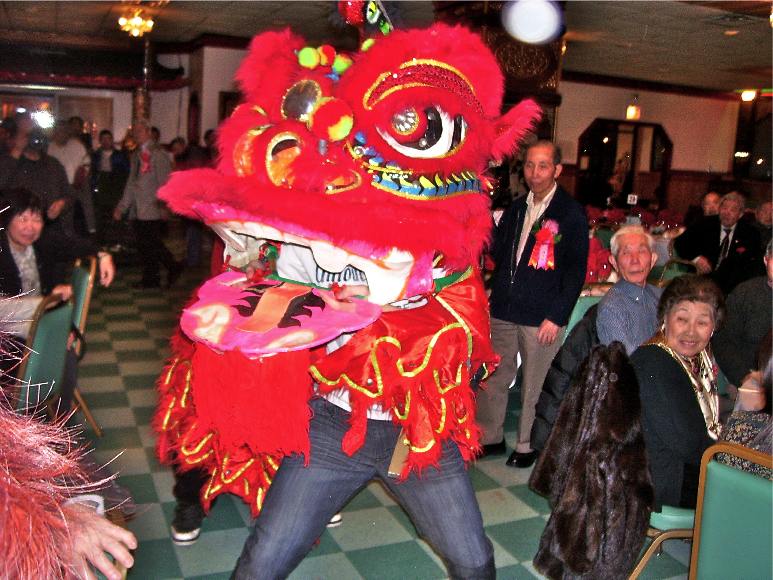
Traditional Lion Dance
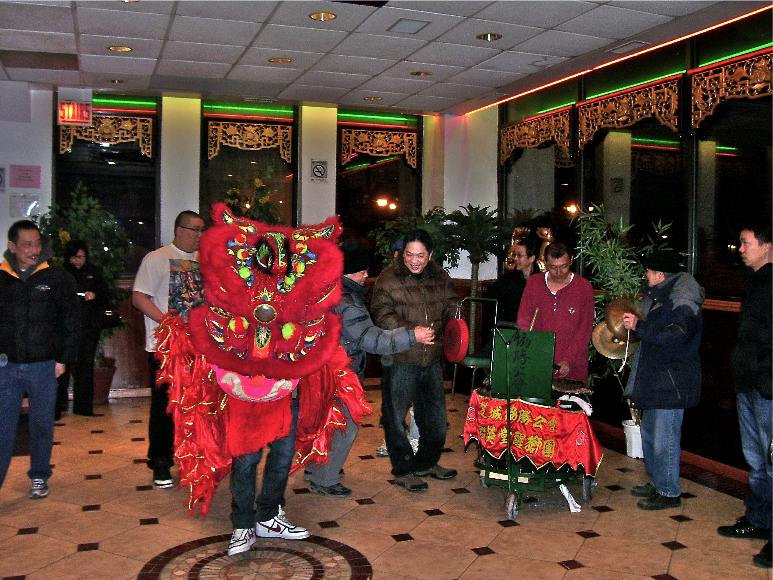
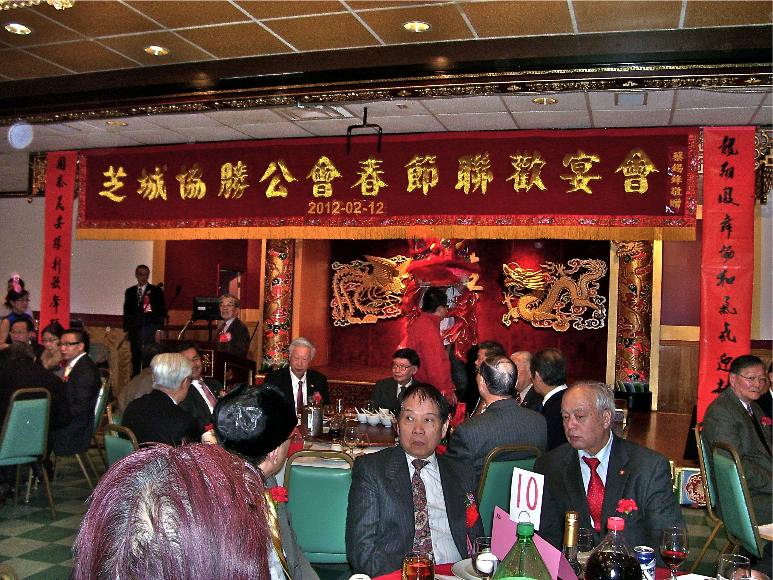
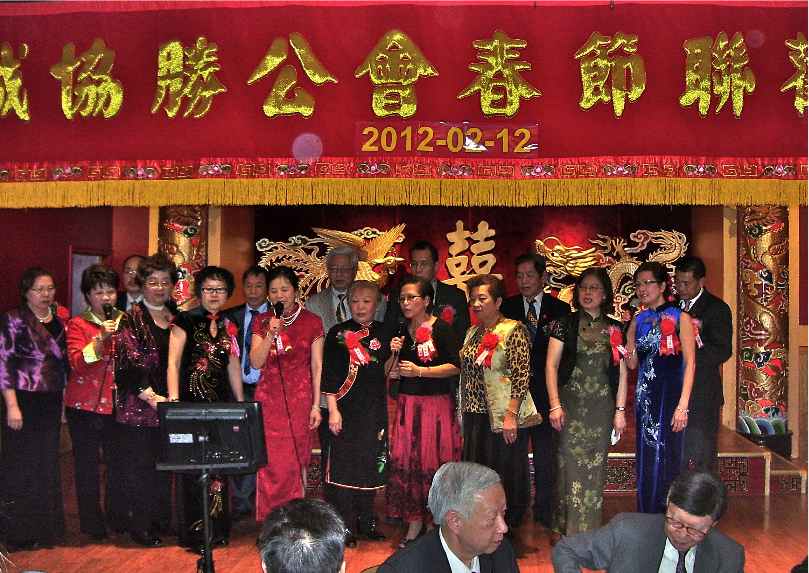 |
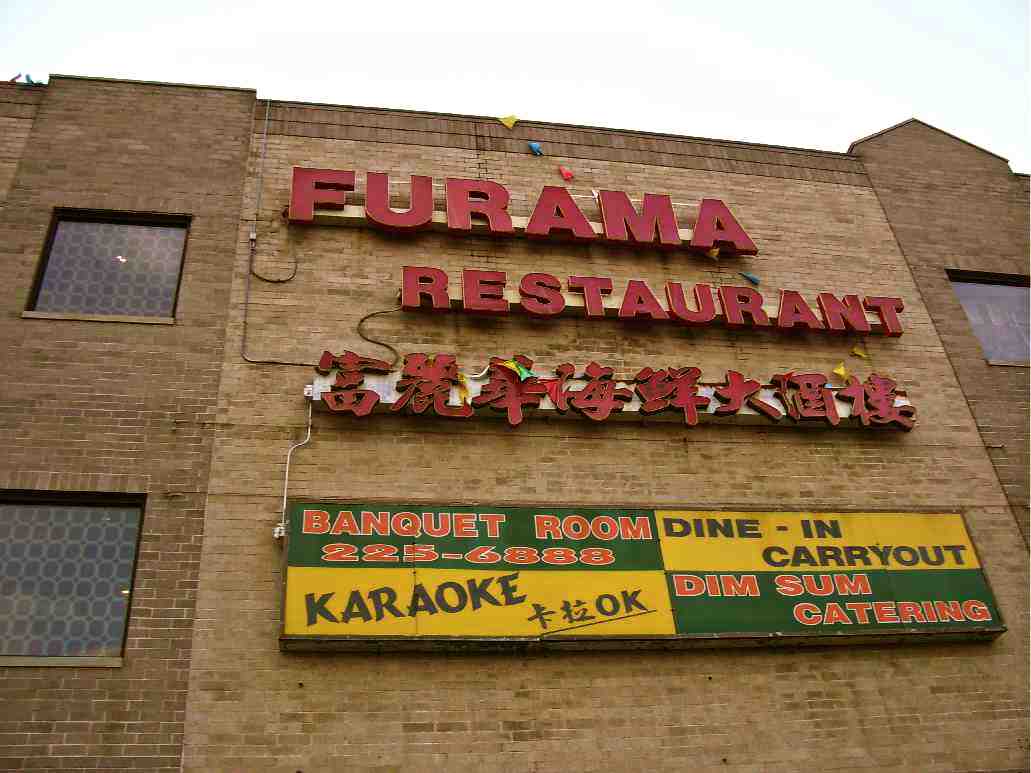 |
This announces the Green
Dragon Society's attendance on Monday, March 19th, 2012
Annual
Chinese Tao Association Dinner
Combined with Lee Association Dinner
This dinner is the Spring Festival Event
Between 800 to 1000 guests were in attendance at the banquet hall
The event was held at the Furama Restaurant, 2828 South
Wentworth Ave, on the South Side of Chicago, in Chinatown |
| The dinner banquet was attended by the membership of the Lee
Family and the Chinese Tao Association and their friends and
guests. The entertainment was presented by the expert musicians
of the Tao Association, and the Lee Family women. The attendees
were a mixed ensemble of all strata of the Chinese community in
Chicago.
The Consulate General of the People's
Republic of China in Chicago attended.
A 12 course dinner was served in the Chinese tradition. Each
plate was a culinary delight. The friendship amongst members was
a pleasure to experience. There was a good translation into
English of announcements, as more than usual non-Chinese were
present at this festivity.
The Green Dragon Society filled a full reserved table in
support of the Chinese community and especially these excellent
organizations, which celebrate and preserve the ancient culture
of China. Some of the highest officials and officers of the
Green Dragon Society were a part of the delegation this year, as
many of our old friends are Tao or Lee Association members, and
the Green Dragon Society exercises memberships within these
organizations.
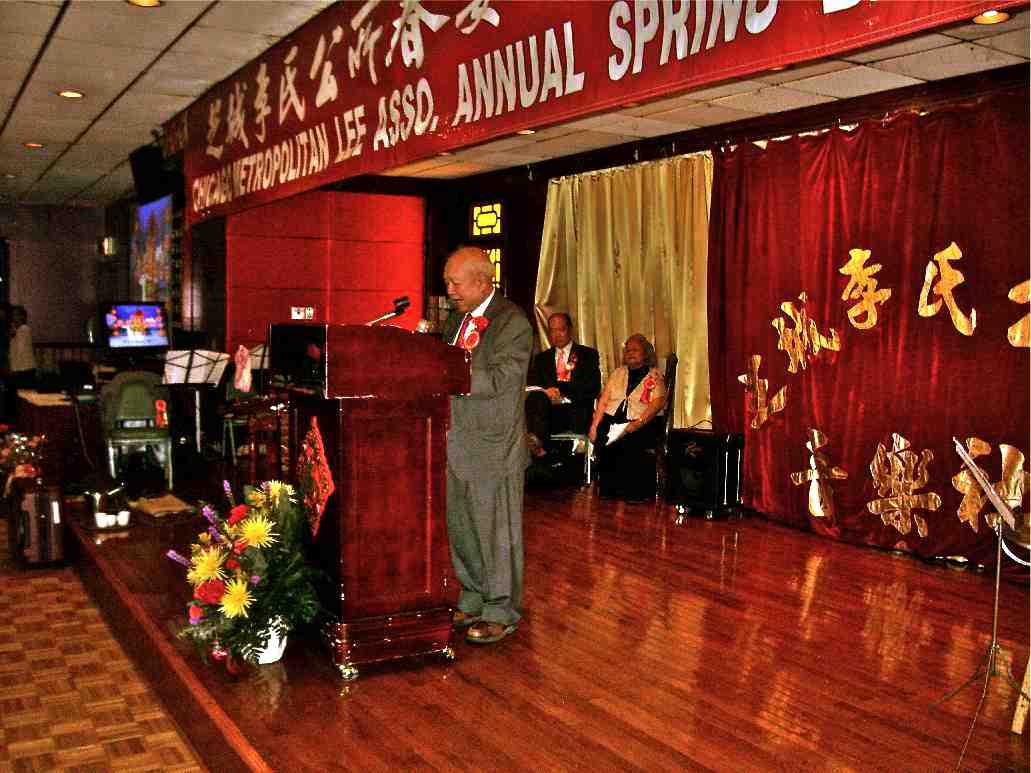
Chairman Tao Association
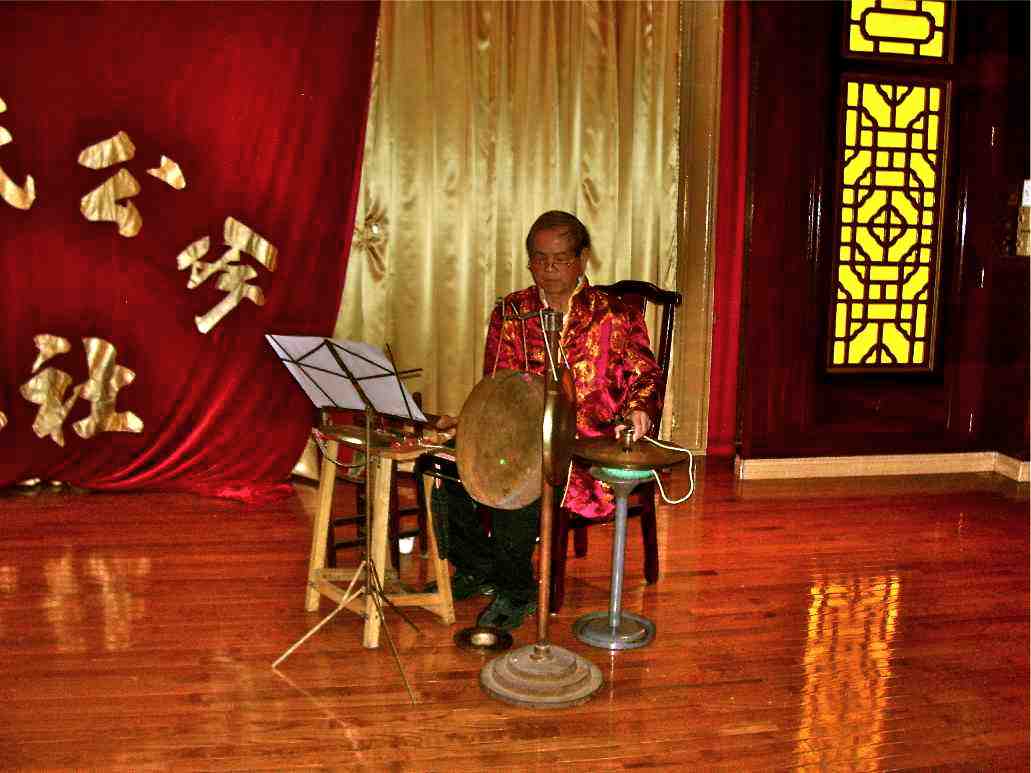
Traditional Ancient Chinese Musical
Entertainment
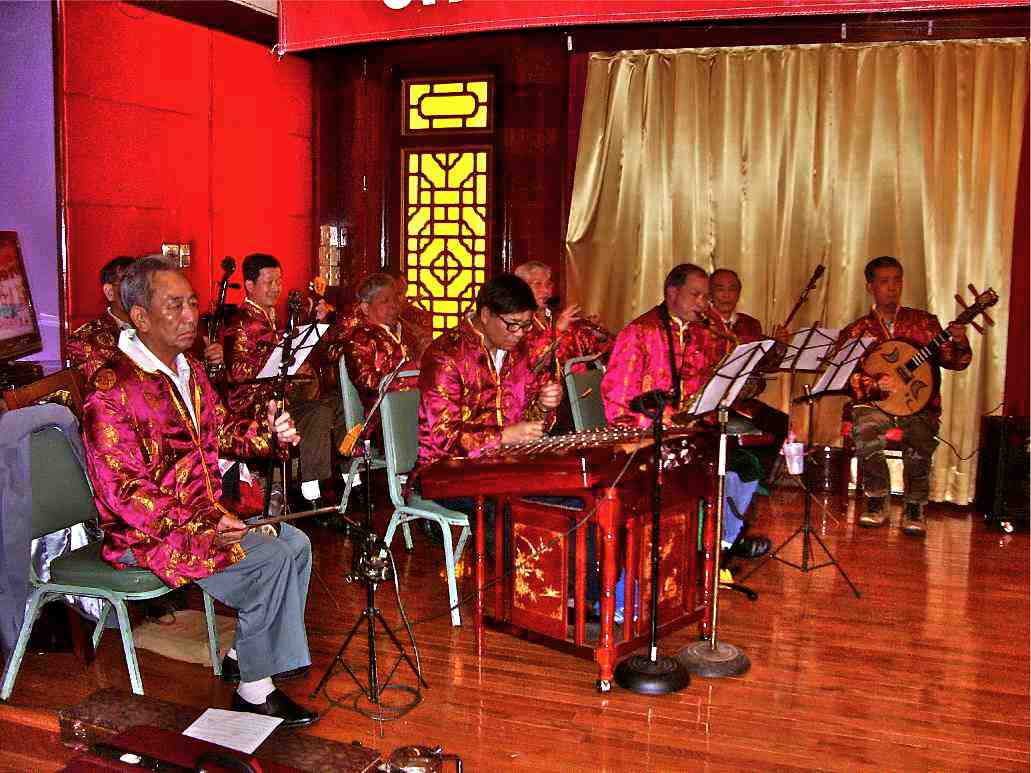
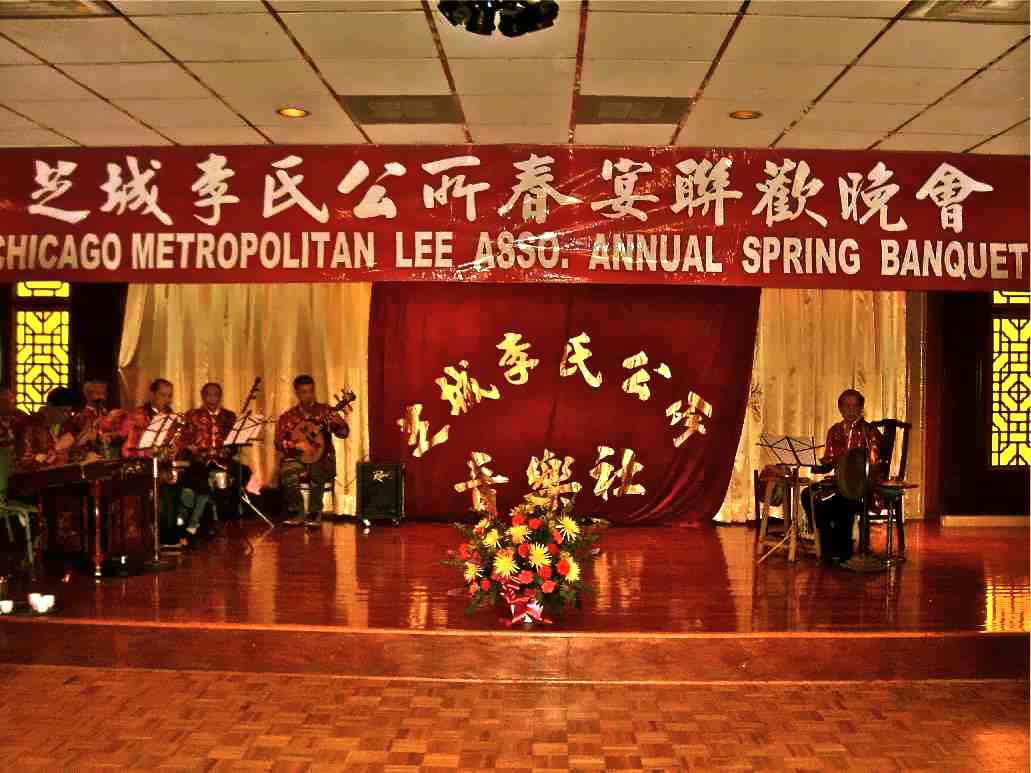
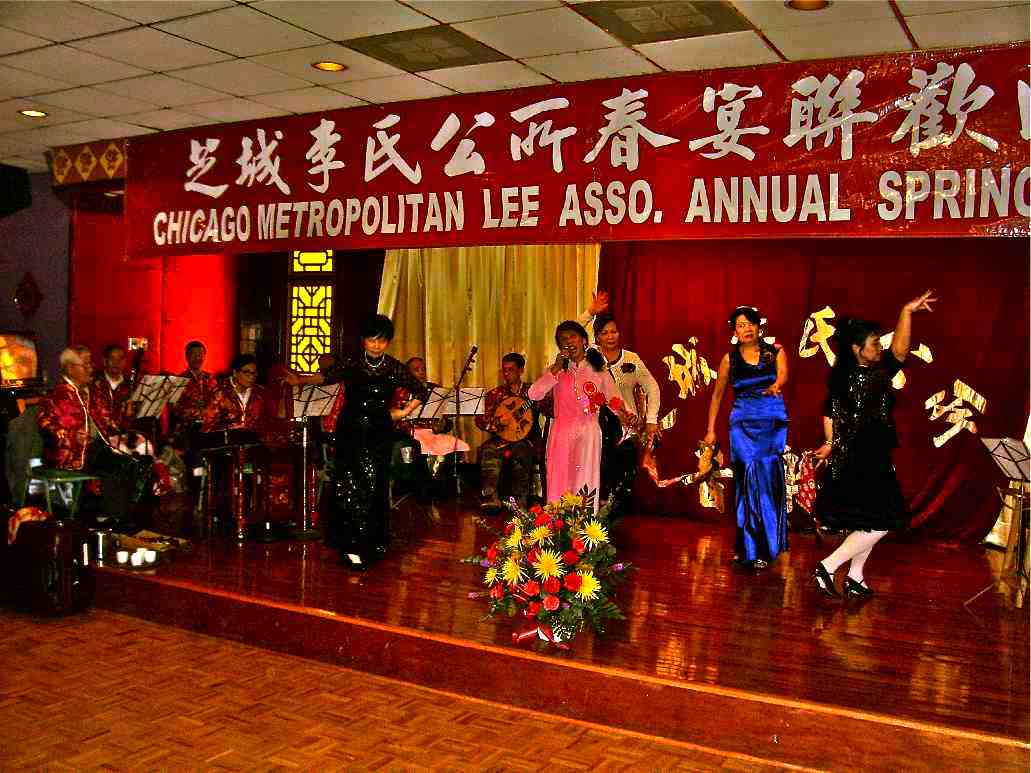
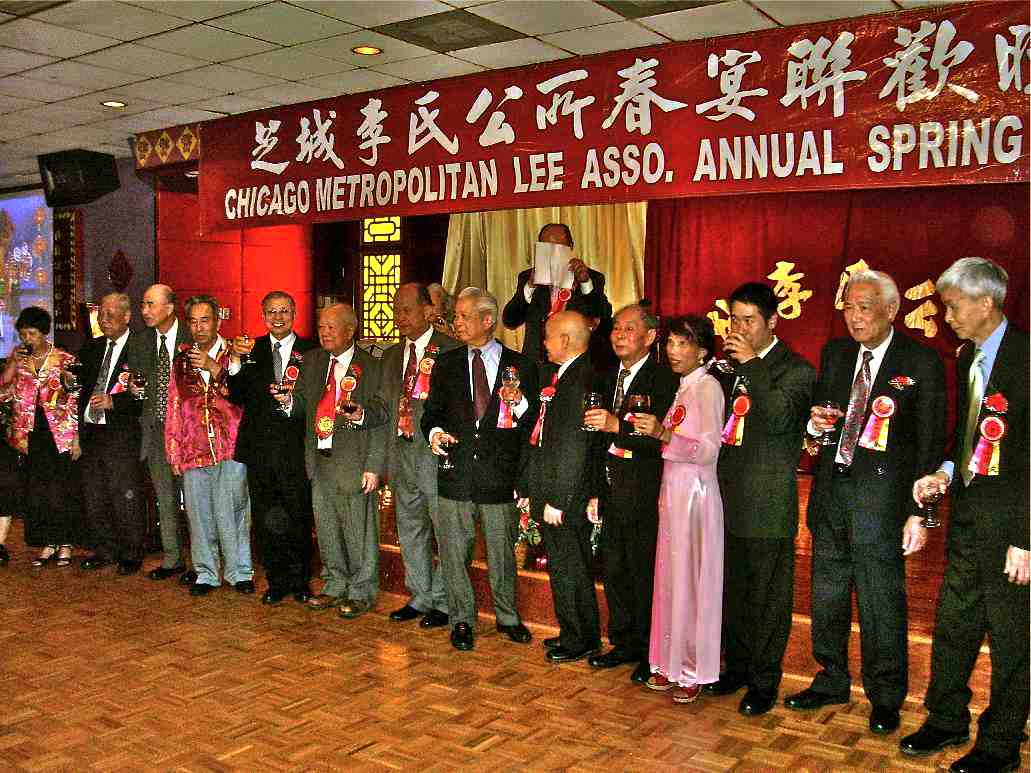 |
|
 |
 |
|
This announces the Green Dragon
Society's attendance on
Saturday, April 28th, 2012
Annual Dinner
Burma Chinese Association of Chicago
This Dinner is the Spring Banquet
Burma is today referred to as Myanmar,
but the members of the association seldom use the term. This dinner is
both a celebration of renewal in Spring, and a joyous expression in the
ancient culture of the Burmese people.
The Banquet was held at the Phoenix
Restaurant in Chicago's south side Chinatown. Approximately 500 guests
were in attendance. The event was populated mostly by immigrants
originating many years ago from Burma, and their family. Most of the
entertainment and announcements were in the English language.
The food was superb, cooked to
perfection. The multiple courses of shrimp were appreciated, each
variety unique. The entertainment was presented by the members of the
association. Truly, a talented array of singers and dancers. At the end
a raffle for multiple items was presented. Members of our organization
won three items in the raffle.
This event was a friendly and joyous
affair. The Burmese people know how to have a good time in a simple
fashion.
The Green Dragon Society delegation split
a table evenly with some of our Burmese family friends. This event is
perhaps small, but not for lack of demand, tickets are extremely limited
and difficult to obtain.
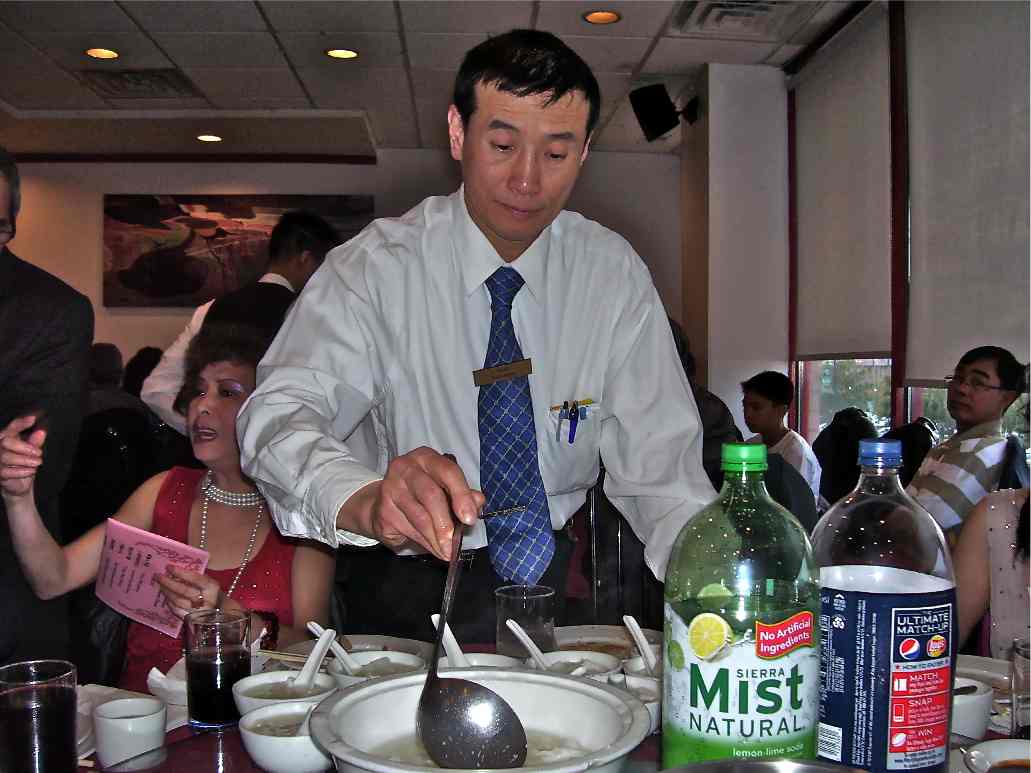
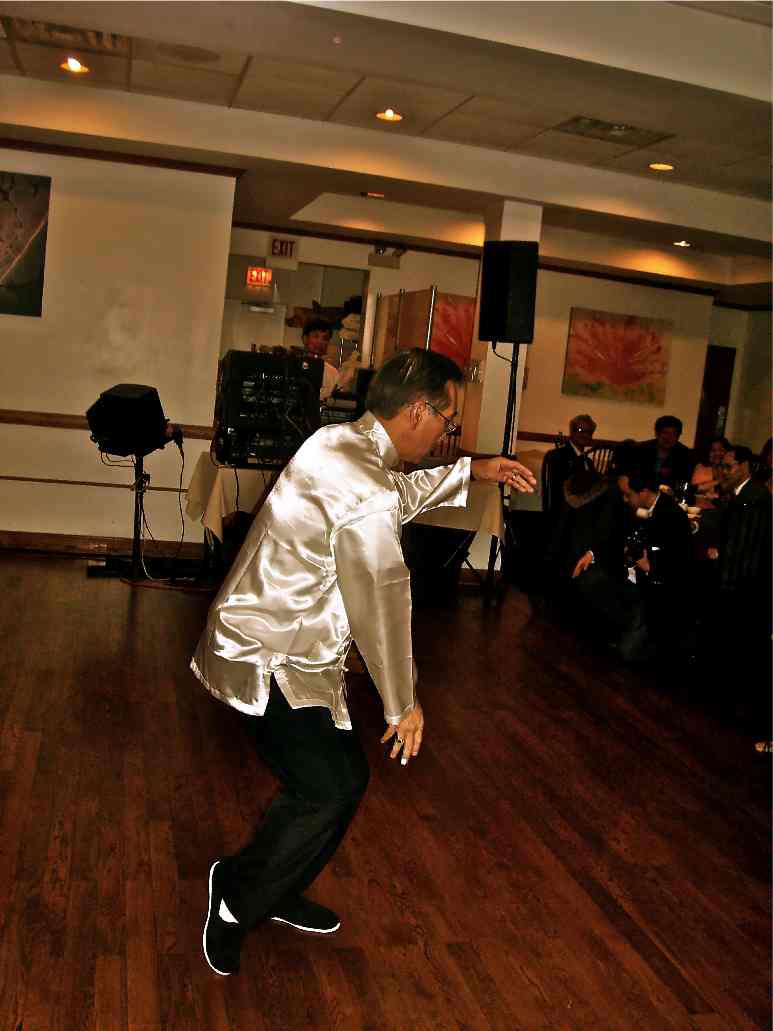
Tai Chi Demonstration
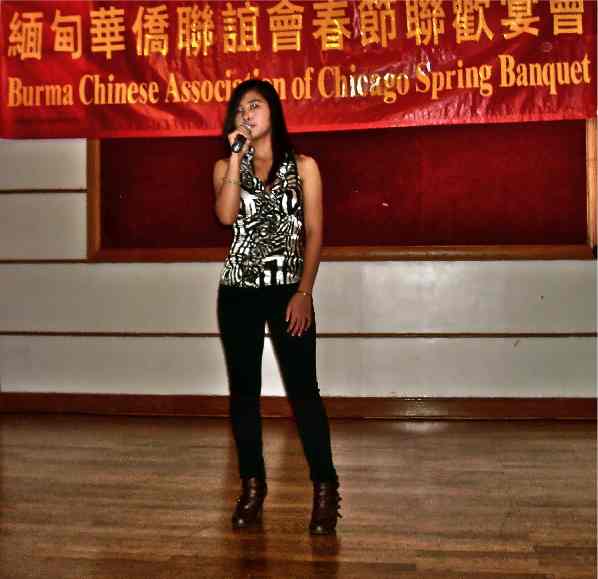
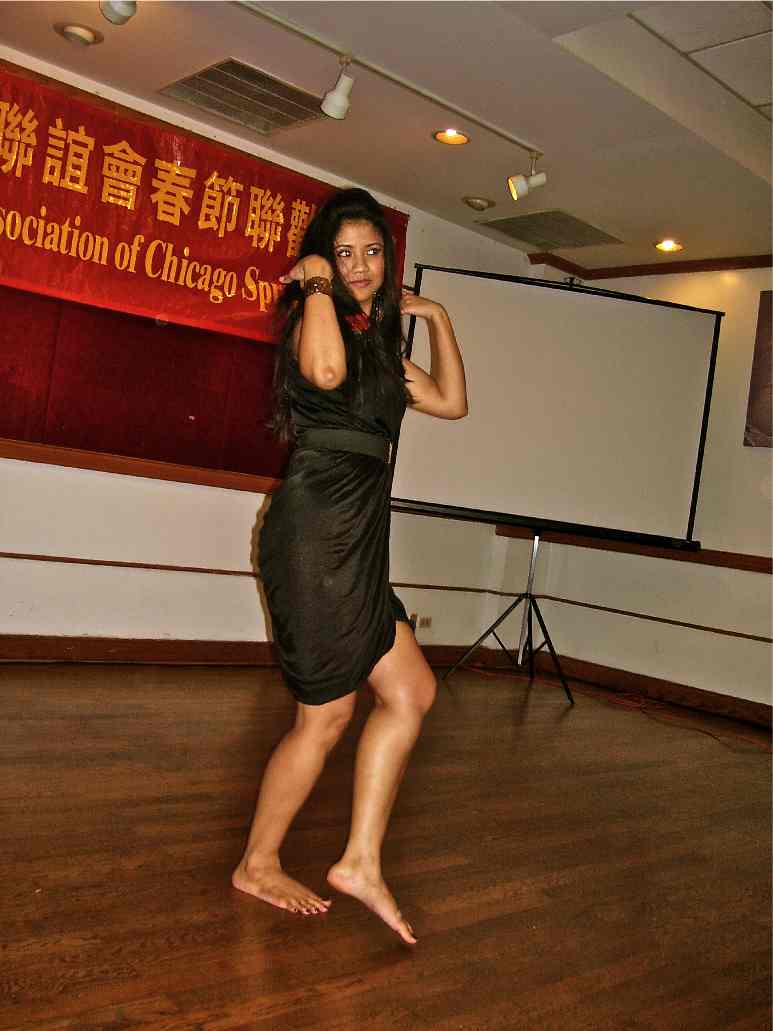
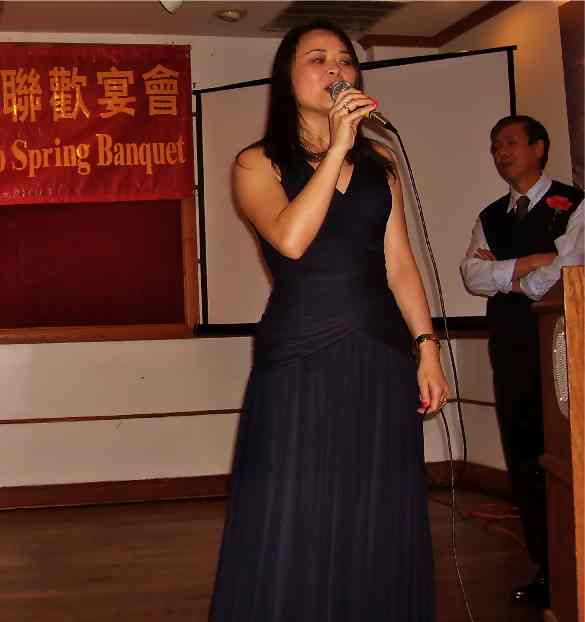
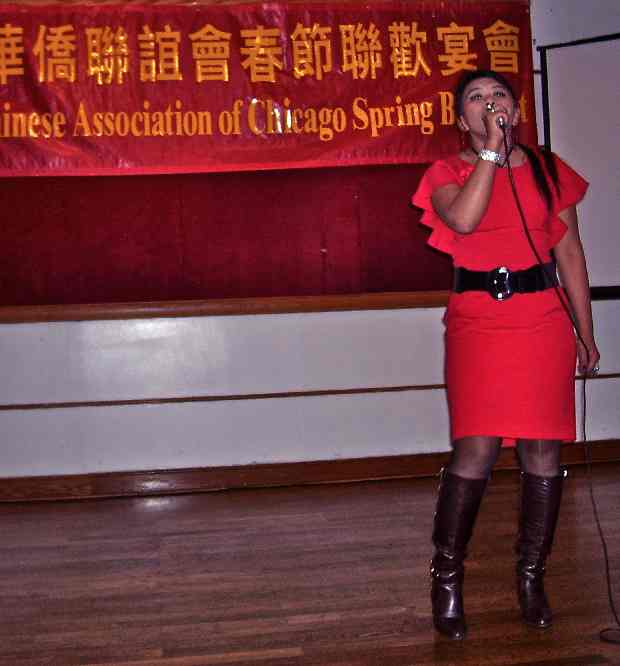
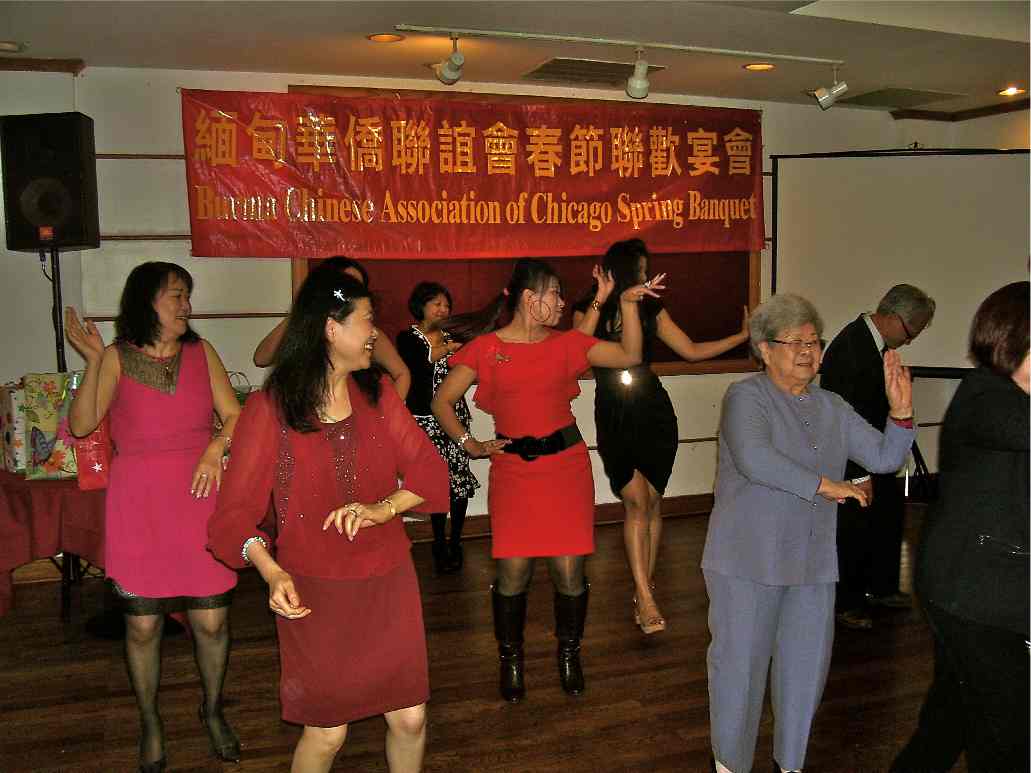 |
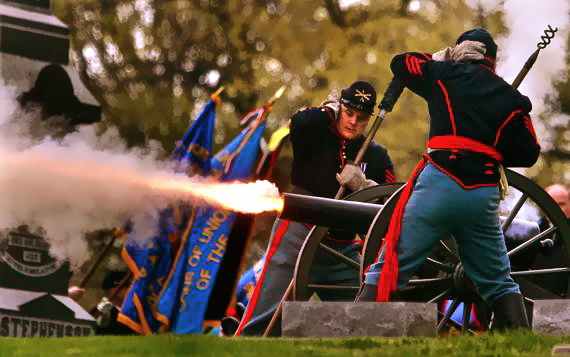 |
 |
|
 |
|
Memorial Day - Monday, May 28th,
2012
Green Dragon Society members and their family attended the
ceremony, prayer, music, Civil War re-enactors in period dress, an honor
guard and speeches, at the Rose Hill Cemetery Memorial Day tribute
service.
Some Green Dragon Society members had the flags of
their deceased World War II veteran relatives honored and ceremonially
added to the many such flags displayed yearly, on Memorial Day, at Rose
Hill Cemetery, and kept respectfully in a mausoleum the rest of the
year. |
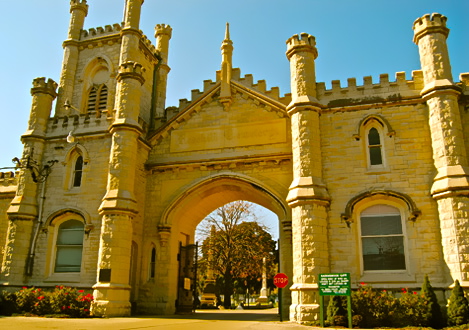 |
Rose Hill Cemetery
At 350 acres, Rosehill is the largest cemetery in the
City of Chicago. It is also one of the oldest, established in February
of 1859 with the first burial that same month. The name "Rosehill"
resulted from a mapmaker's error - the area was previously called "Roe's
Hill", named for nearby tavern keeper Hiram Roe.
Rosehill includes, among other attractions, the graves
of numerous Chicago mayors (including Long John Wentworth), Civil War
generals and soldiers, and Charles Gates Dawes, Vice President of the
United States. Household names such as Oscar Mayer, Montgomery Ward, and
Richard Sears are interred here as well. |
|
Civil War Cannon Squad - Live Fire
Reenactment |
|
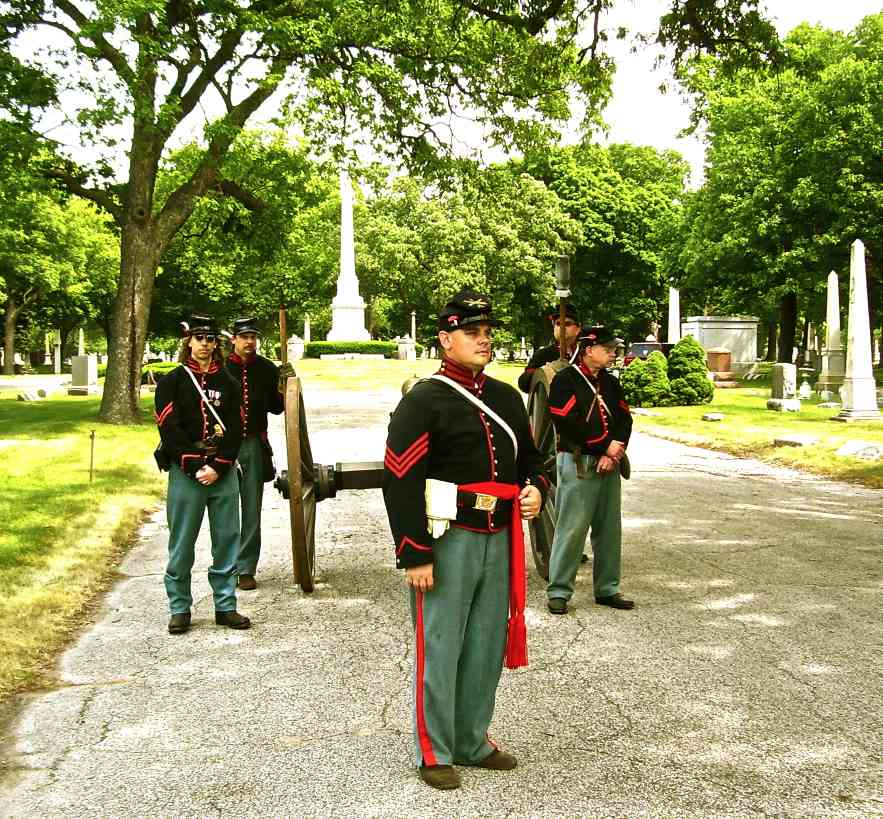
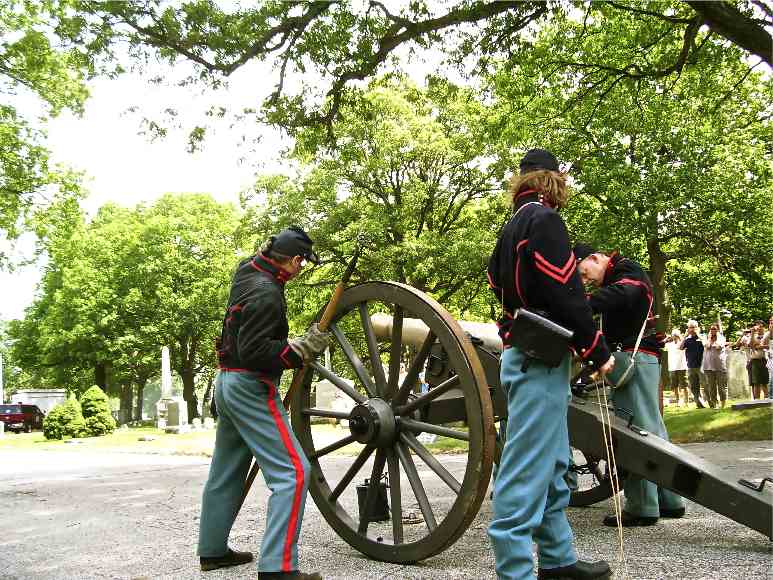 |
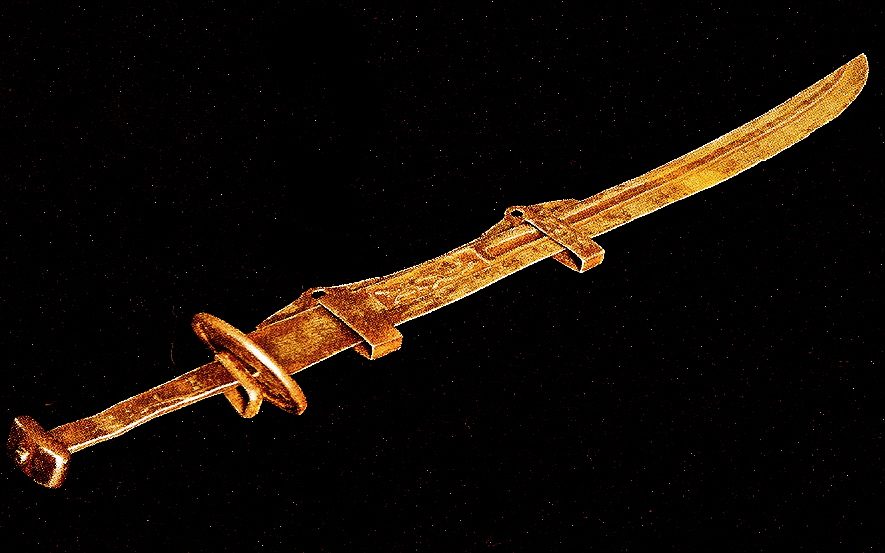 |
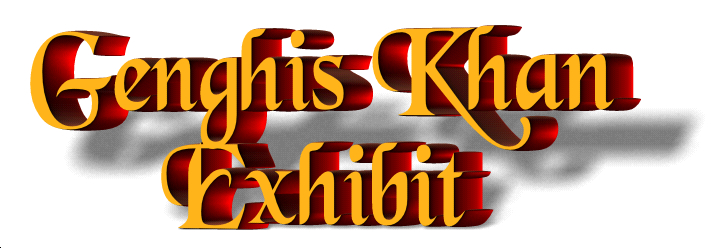 |
|
Saturday - July 28th, 2012
Green Dragon Society teachers,
students and families attended the Genghis Khan Exhibition
Field Museum of
Natural History
Chicago
Feb 24, 2012 - Sep 3, 2012
Hours - 9am - 5pm
Open every day except Christmas
Genghis Khan: The Exhibition is comprised of several connecting
modules for venues of 6500 square feet to 15,000 square feet.
The storyline follows the arc of
Genghis Khan’s dramatic life—from
illiterate, tormented child to the millenium’s greatest ruler, coupled
with the rise of an unparalleled empire of freedom and innovation which
he created. It is illustrated with media, interactives, atmospheric
presentations, performances of art and artisanship, and not least, a
unique collection of artifacts from the world he so quickly created and
which so quickly dissolved with his death.
Attendees will come away with a new appreciation of a uniquely inspired
reformer wrongly framed as a barbarian in Western culture. Through
Genghis Khan’s life we see the formulation of his concepts and
achievements in creating a nation, a language, a meritocracy, and a web
of communication and artistic and religious freedom and safety. And we
gain an appreciation of how this culture contrasted with the path of
the Western 13th century. This distinctive Mongolian horse-based culture,
the world's last, is one greatly in peril. |
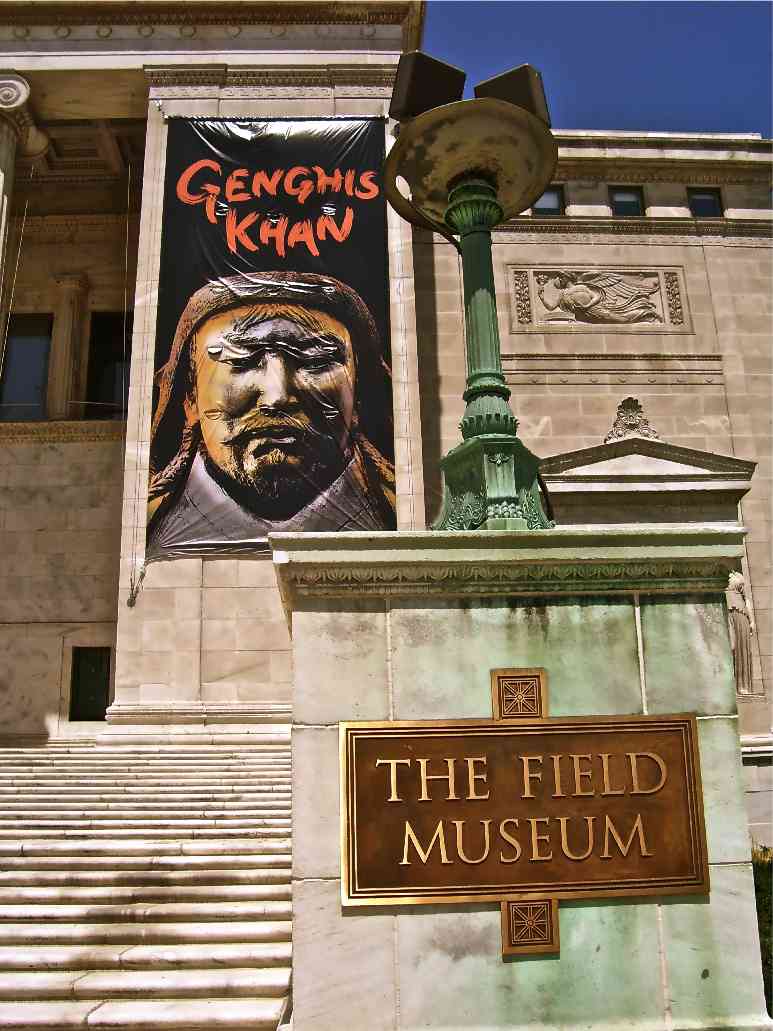 |
|
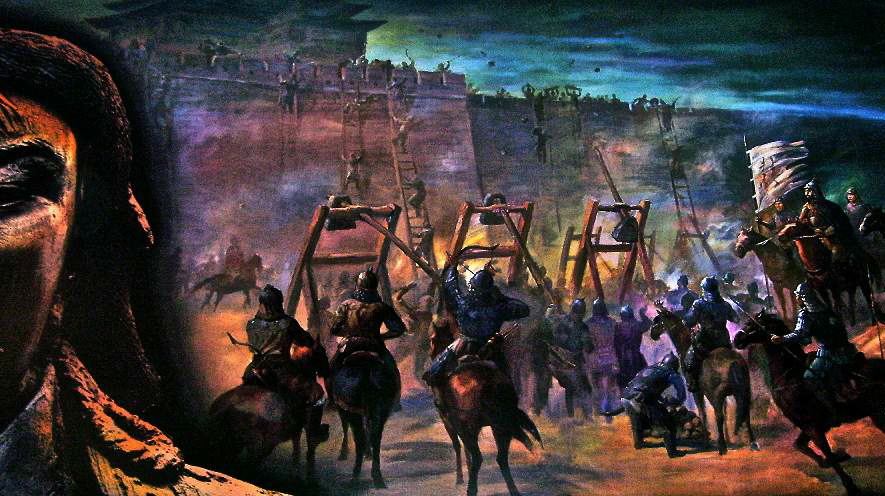 |
|
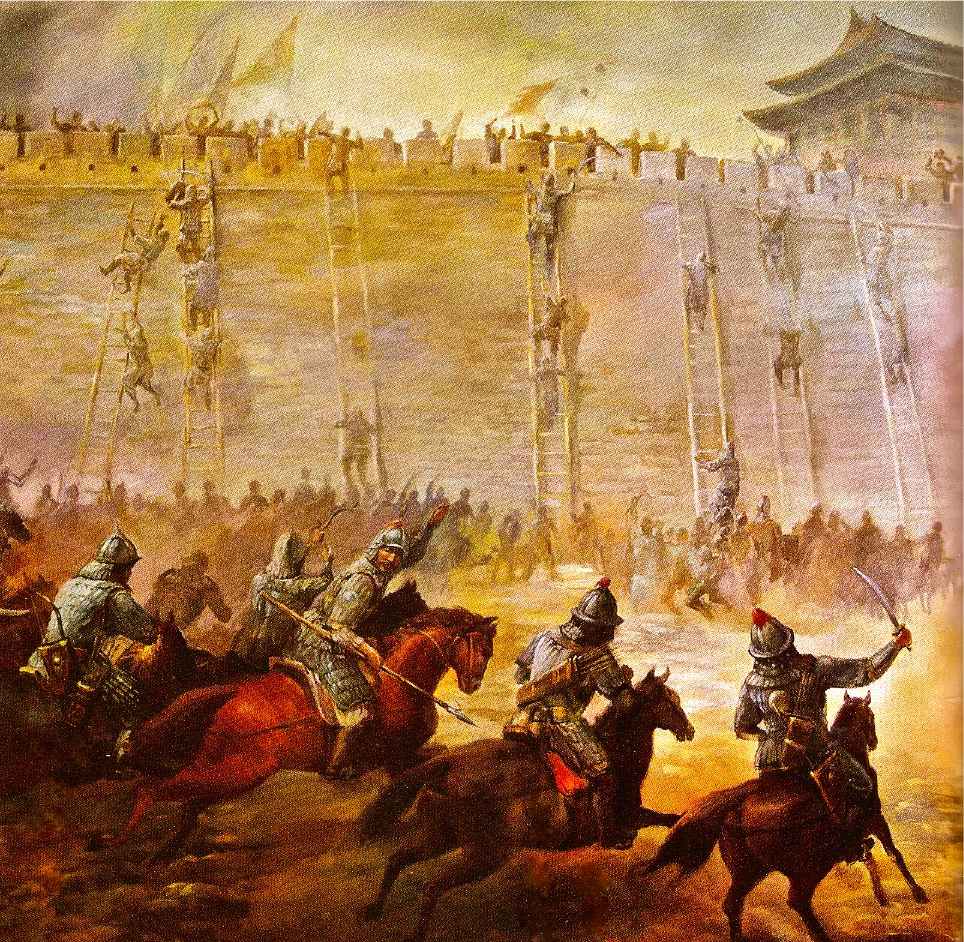
Siege of Beijing |
|
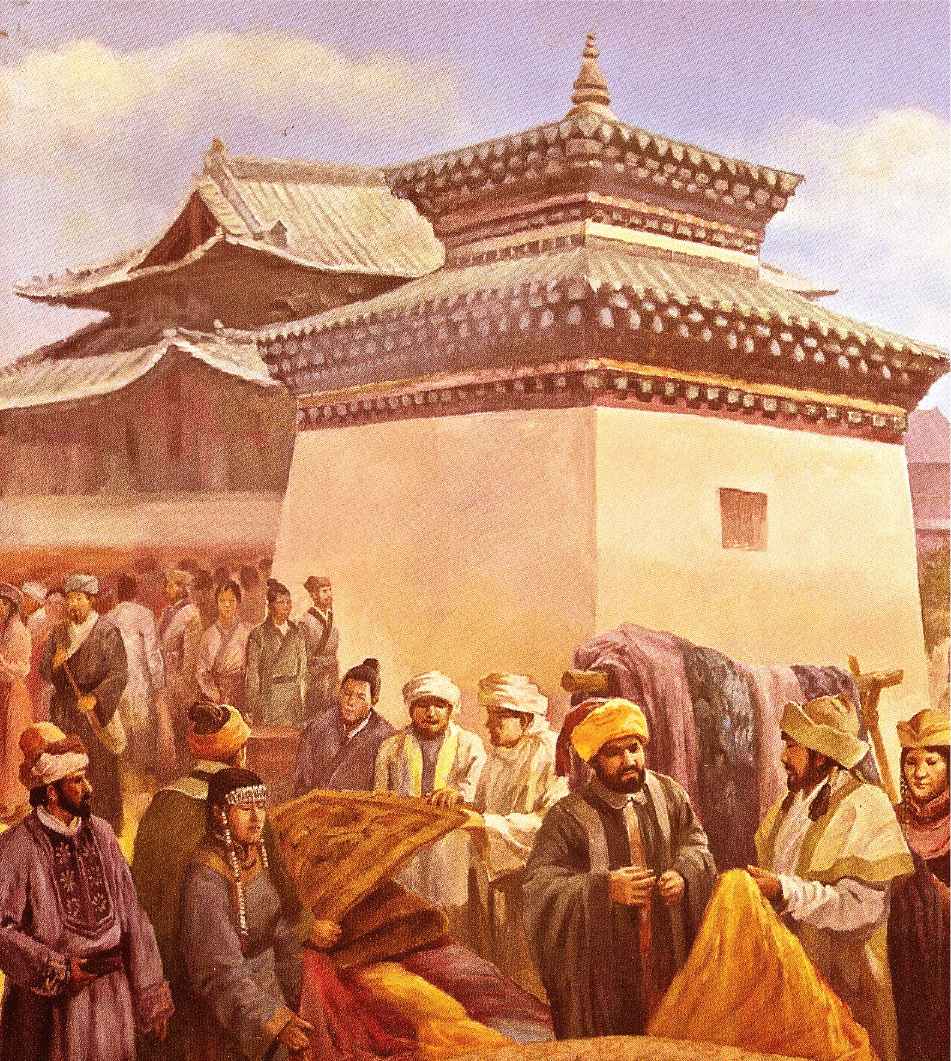
Kharakhorum Mongol Capital |
|
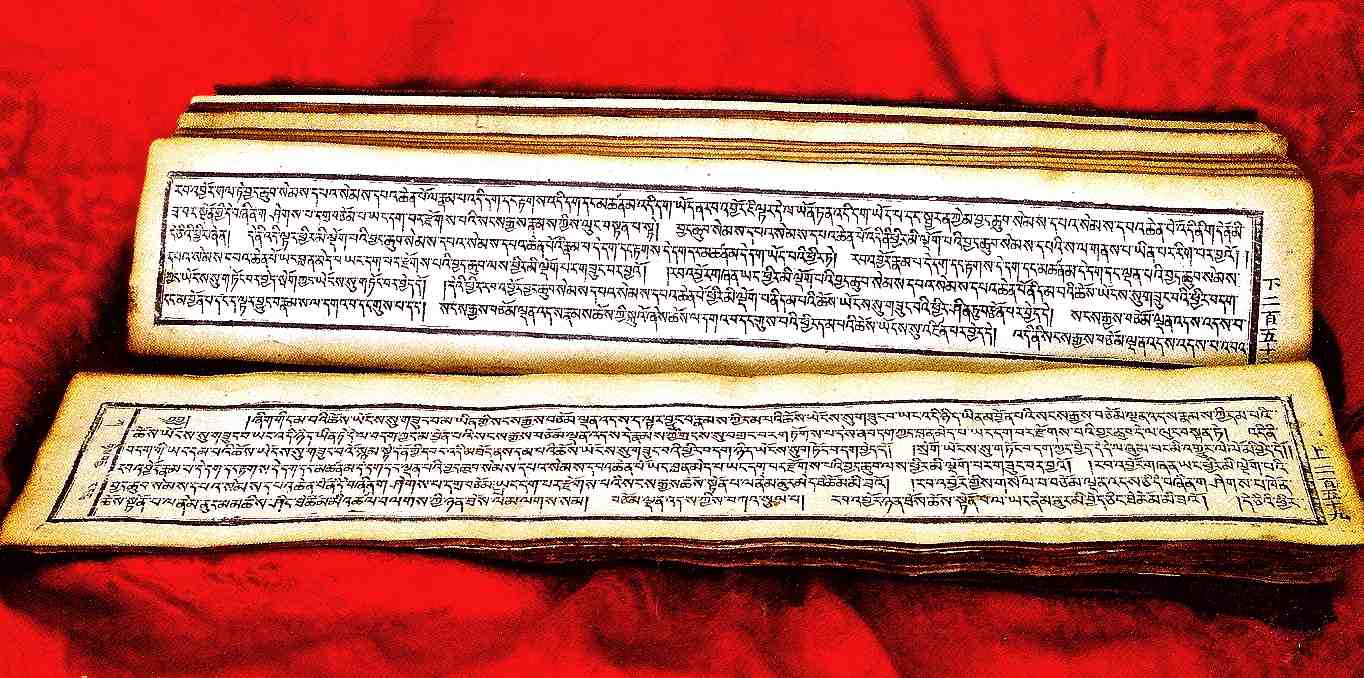
Buddhist Prayer Book - "Ten Angry
Gods" |
|
Saturday - July 28th, 2012
Green Dragon Society Field Trip
Continued
|
|
 |
|
One of the World's Four most Celebrated Natural
History Museums
Field Museum in Chicago, has only recently completed and
opened to the public a new permanent exhibition called “Tibet, High Land
of Monk and Nomad.”
Founded in 1893, Field Museum grew from a nest egg of materials from the
World's Columbian Exposition in Chicago the same year. Almost
immediately, founder Marshall Field began sending out expeditions to
enrich the Museum's nucleus of display materials.
As early as 1908, Dr. Berthold Laufer led the Mrs. T. B. Blackstone
Expedition to the remote Himalayan theocracy of Tibet. During the
expedition, which went to both China and Tibet between 1908 and 1910,
Dr. Laufer collected some 10,000 specimens for Field Museum, principally
ethnological in nature.
|
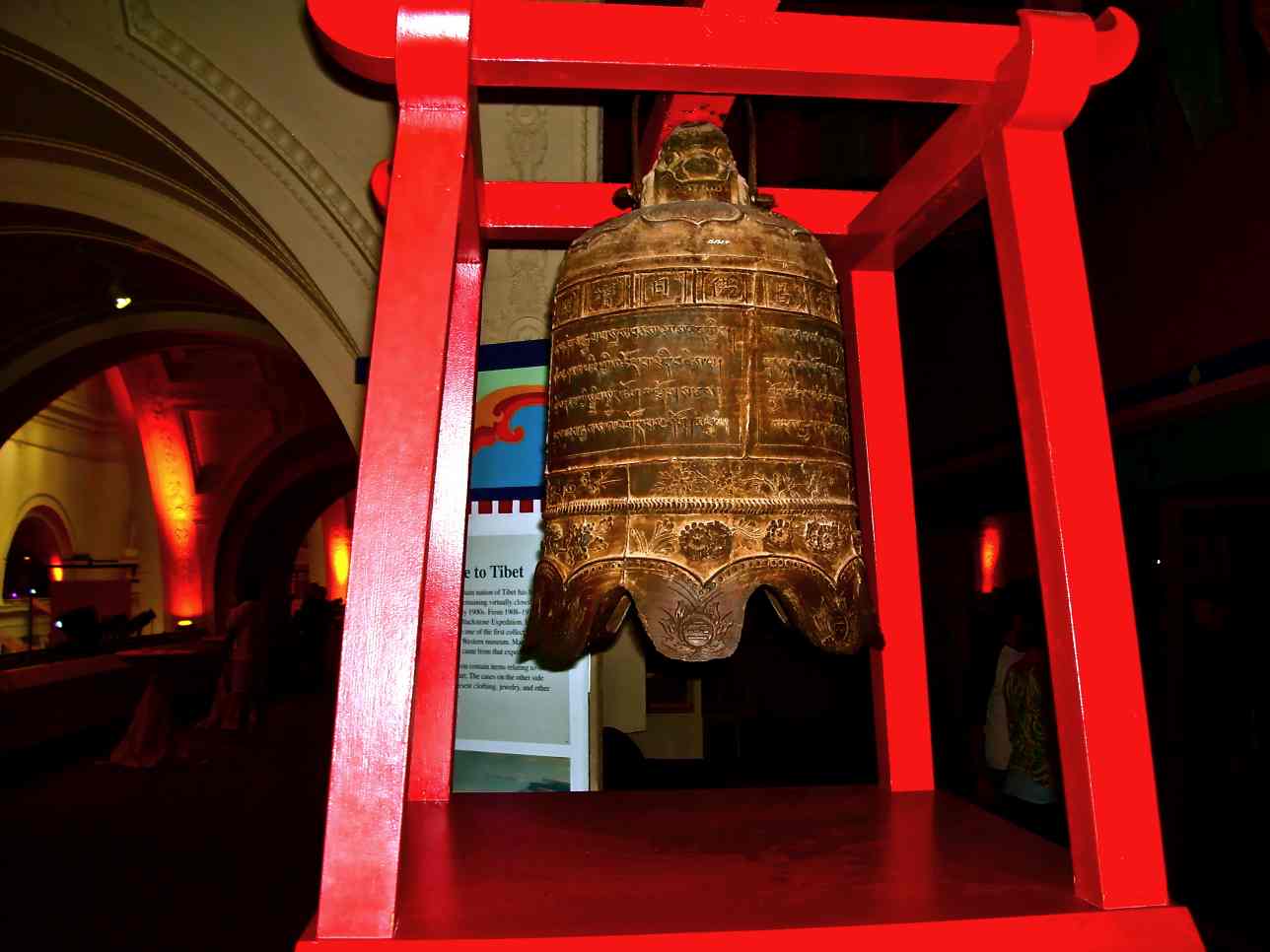 |
|
Sunday - August 5th, 2012
Green Dragon Society
Members attended the Kuan Yin Buddhist Ceremony

International Buddhist Friendship
Association
Enlightenment Temple
2249 Wentworth - Chinatown
Chicago, IL
312/881-0177 |
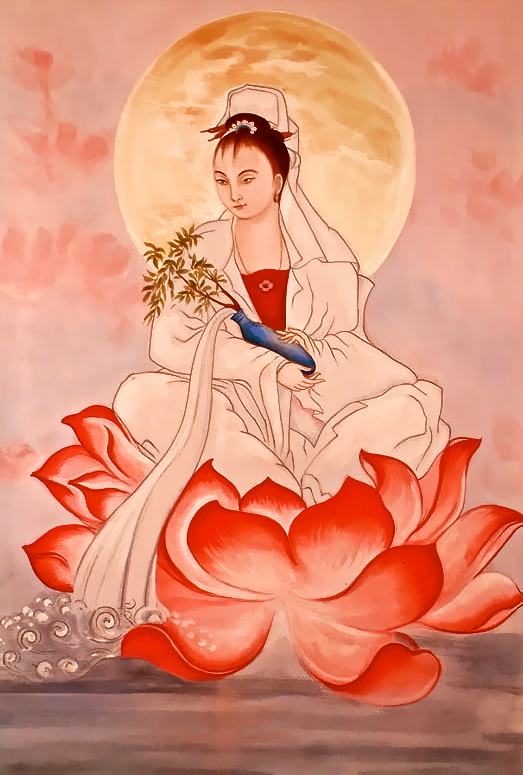 |
The Enlightenment Temple in Chinatown offers a place for daily
practice and weekly chanting services, guided by Bikkhunis,
fully-ordained nuns. Its mission is to make the Buddhadharma available
to those seeking to follow the path, and to preserve and spread the
original and core teachings of the Buddha.
Three altars may be found in the large open space behind a fully-stocked
book store and gift shop. The space includes a Buddha altar, a Medicine
Buddha altar, and a Dizang Bodhisattva altar, and is open everyday for
worship from 9:00 am to 6:00 pm. On most Sundays, there is a morning
chanting service in Chinese that starts at 10:00 am, followed by a
vegetarian lunch prepared by the Temple’s members and served free to
participants.
Bhikkunis are available throughout the day to answer questions in
English, Mandarin and Cantonese. |
|
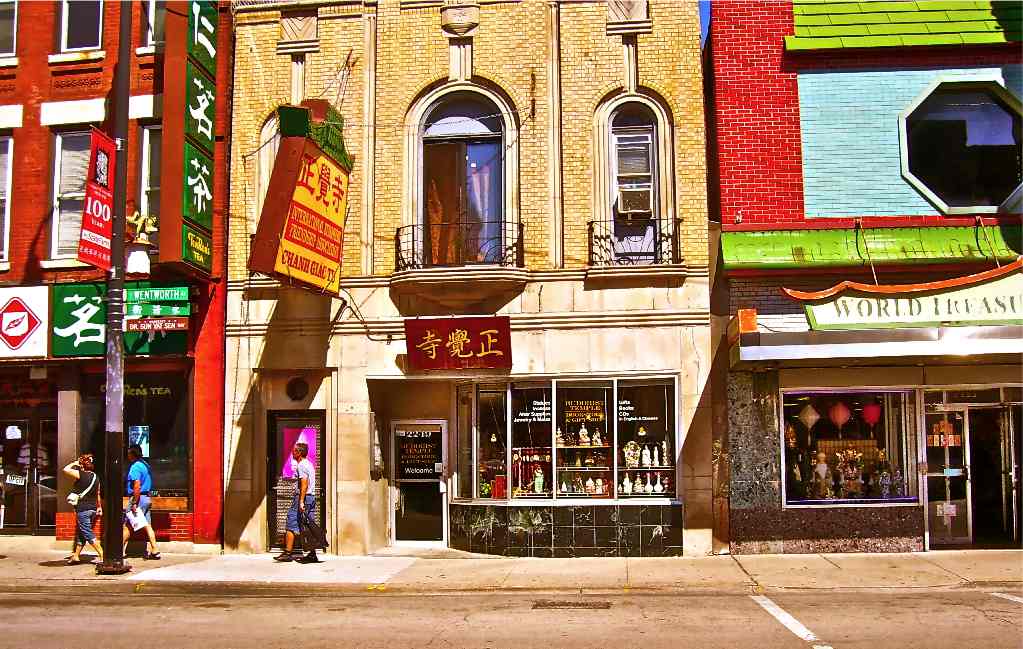 |
Mahayana Buddhism, also known as the Great Vehicle, is the form of
Buddhism prominent in North Asia, including China, Mongolia, Tibet,
Korea, and Japan. Arising out of schisms—about both doctrine and
monastic rules—within Indian Buddhism in the first century AD, the Great
Vehicle considers itself a more authentic version of the Buddha's
teachings.
The most distinctive teaching of the Mahayana is that the great
compassion that is an inherent component of enlightenment is manifest in
bodhisattvas (enlightenment beings); these beings postpone Nirvana
(final enlightenment) in order to assist and guide those beings still
suffering in the cycle of rebirths. |
|
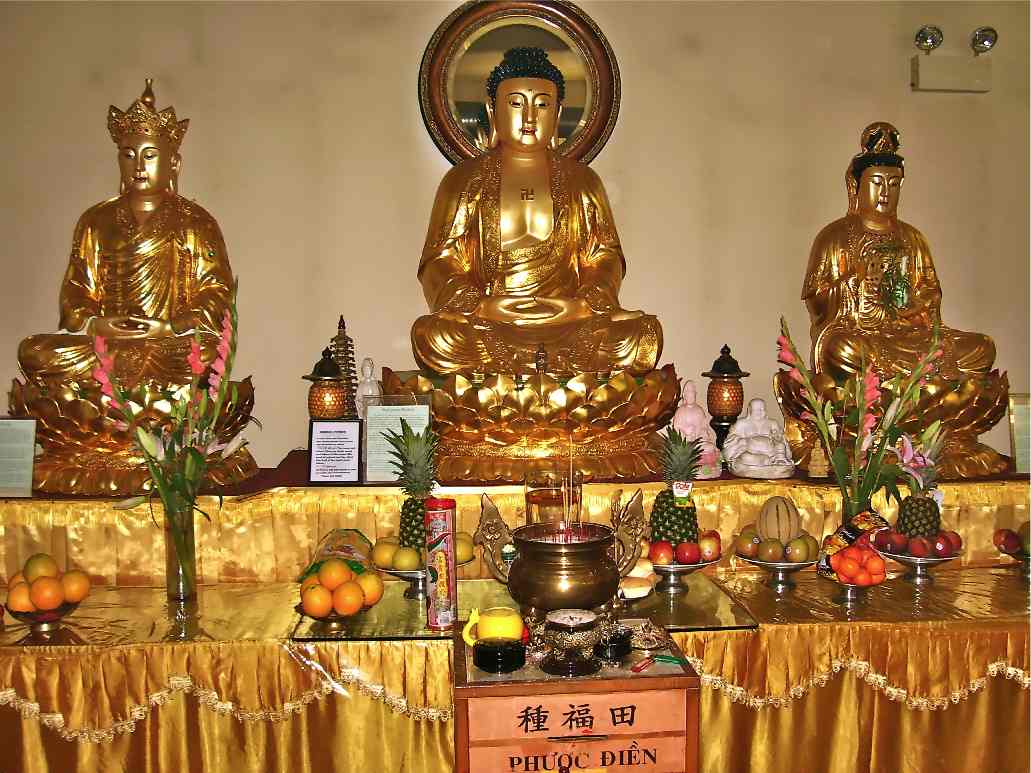
Altars - Chanh Giac Tu Temple |
|
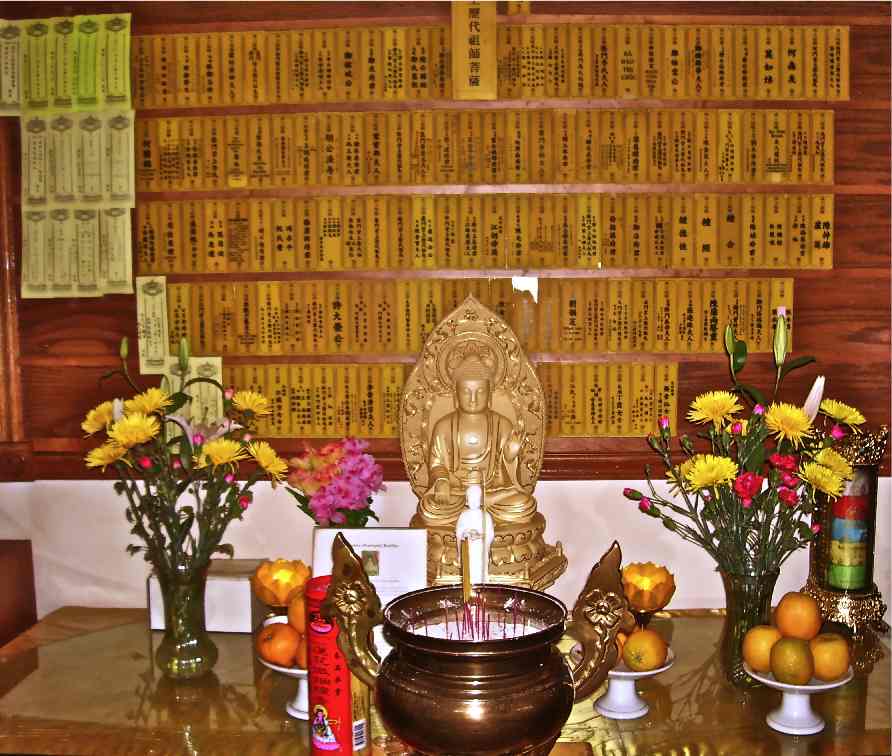
Ksitigarbha Bodhisattva (The Ghost
King Buddha)
The great compassion of Ksitigarbha Bodhisattva - He
rescues suffering sentient beings from Hell, and enables them to be
reborn into the human or heavenly realms. Upon enjoying the happiness in
the human or heavenly realms, they will realize how agonizing the
suffering in the evil paths truly is. . . so, after leaving the
realms of suffering, they will never return to the evil paths again |
|
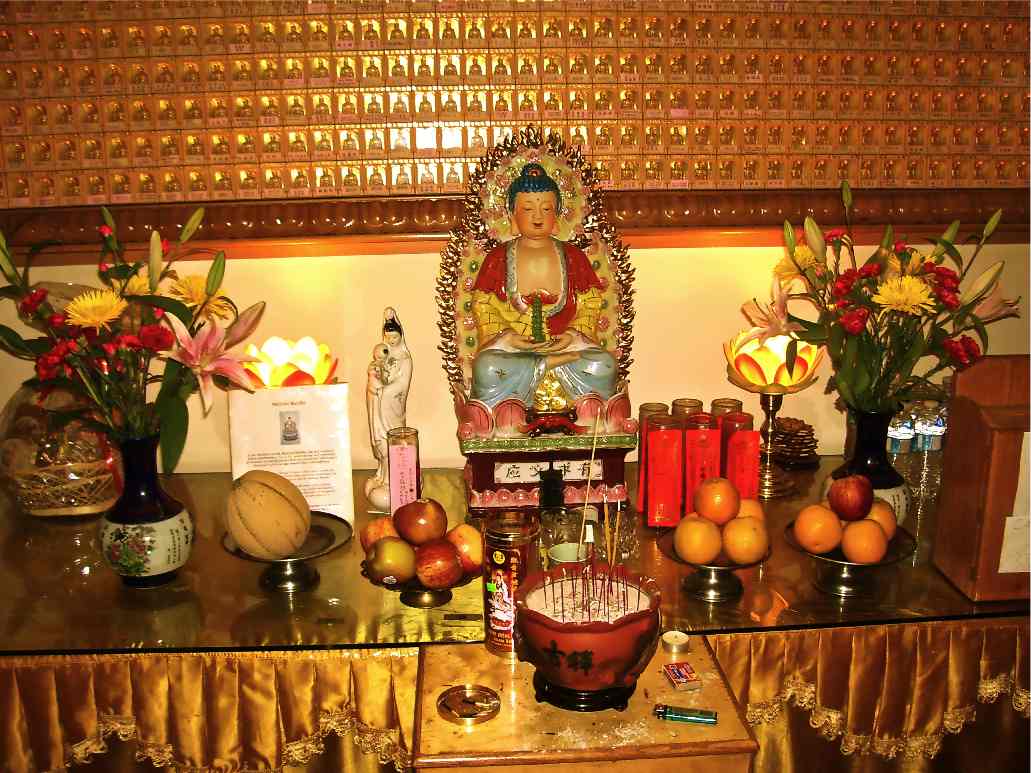
Medicine Buddha |
|
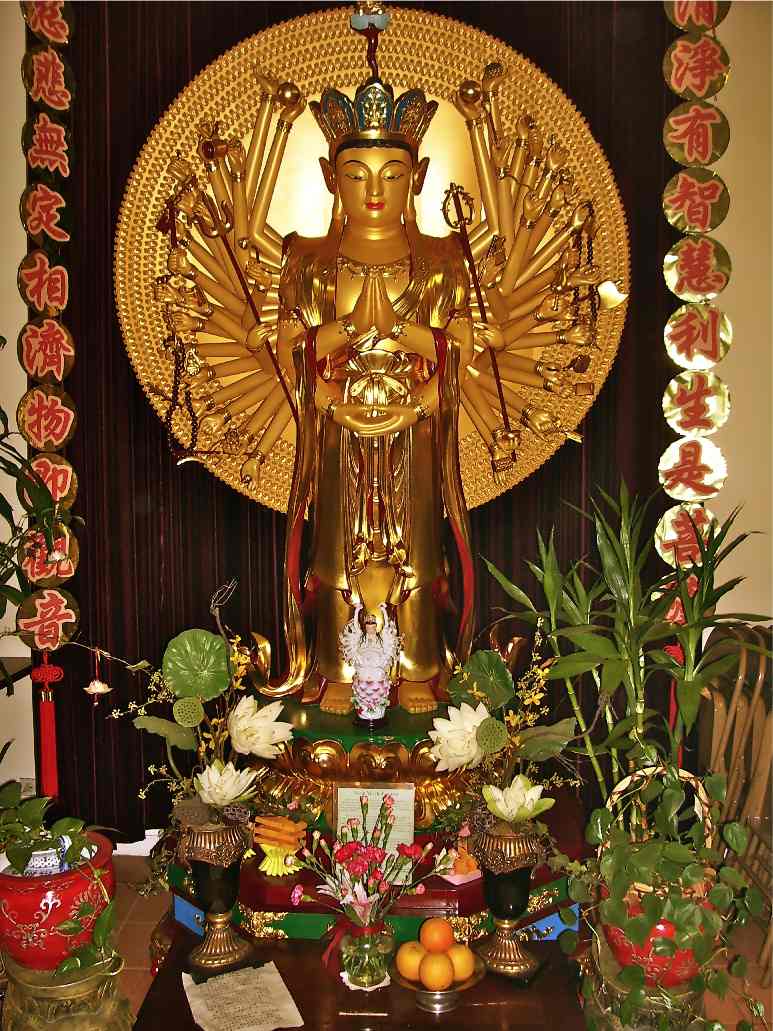
Kuan Yin Bodhisattva (The Goddess of
Mercy) |
|

Attended on Sunday - August 5th,
2012 |
| The Goddess Kuan Yin, is claimed as a patron deity by both the
Taoists and the Buddhists, and her image is to be found in most temples
in Asia. The nineteenth day of the second month, of the lunar year, is the
birthday of Kuan Yin.
According to expert research, Bodhisattva was born in the
palace of King Zhuang of Pingdingshan City. The Goddess of Mercy
is the third daughter of King Zhuang.
"Kuan Yin" shows the universality of her influence as it translates,
"One Who Sees and Hears the Cry from the Human World"
The Goddess of Mercy has been gradually portrayed as the only
female image of the Buddha.
Sacrifices to Kuan Yin consist only of fruit and vegetables as
it would be blasphemy to offer her meat or wine. |
|
Kuan Yin Story
The Chinese legend concerning Kuan Yin tells the story
of the king of a small country, located in southwestern China, around
300 B.C., who had three daughters, Kuan Yin being the youngest. As Kuan
Yin, whose mortal name was Miau Chan, grew up, she showed extraordinary
talent in studying the mystery of the universe, and exhibited a great
compassion for all sentient beings.
Her father planned to marry her off to some distinguished man in the
hope of their son becoming the future king. Miau Chan absolutely refused
to be married and, at length, received her father's permission to enter
the Nunnery of the White Sparrow in Lungshu Hsien.
The King was none too pleased with the idea of his daughter becoming a
nun. Therefore, he commanded that she be given the most difficult and
degrading tasks to do. Miau Chan's determination to pursue the religious
life, instead of being weakened by these tasks, became even stronger.
In anger and frustration the King ordered that she be executed. When the
executioner struck Miau Chan with his sword, the sword broke into
a thousand pieces. Seeing this, her father ordered her to be strangled,
thus succeeding in her murder. Reaching hell, her soul not only did not
suffer the anguish of the netherworld, but rather, because of her
goodness, changed hell into paradise.
Yama (the King of Hell), not wishing his realm to be destroyed,
immediately sent her back to life and had her transported on a lotus
flower, to the island of P'ootoo, near Ningpo. Here Miau Chan lived for
nine years perfecting her cultivation and healing disease. It was during
this time that her father was stricken by a mortal illness which could
only be cured by the two hands and eyes of the "Never Angry One." Miau
Chan, on hearing this, allowed her hands to be cut off and her eyes
gouged out, reduced to an ointment, and these parts immediately produced
a cure.
The King, discovering that he owed his life to his daughter, long
thought to be dead, left his kingdom to his chief minister and adopted
Buddhism. |
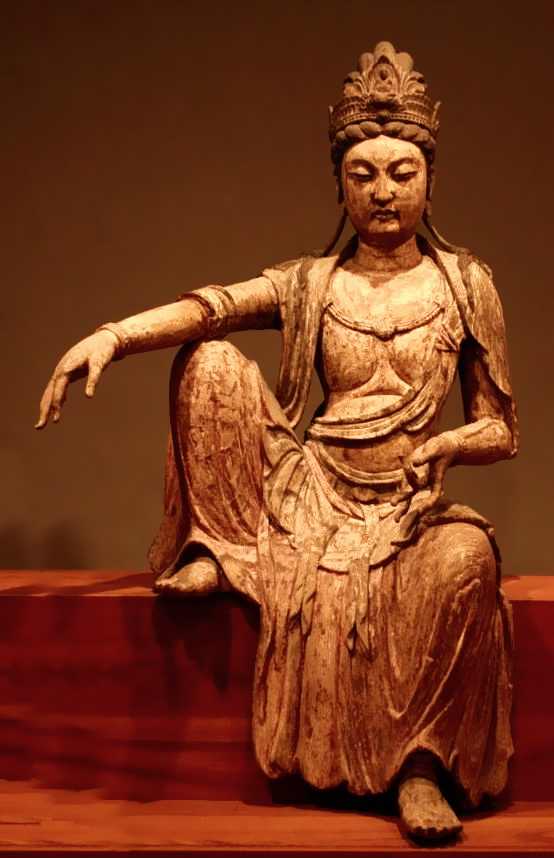
Kuan Yin - Northern Sung Dynasty |
|
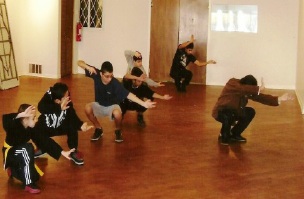 |
 |
|

Sunday - August 19th, 2012
Green Dragon Society
"Yangtzi Tiger School"
Event
Location:
White Eagle Woods, Grove Two
Cook County Forest Preserves
The Yangtzi Tiger School is a division of the Green Dragon Society
focused upon teaching youthful practitioners Martial Arts, mostly within
the Chicago

The students and families of the "Del Nino Youth" attended the
picnic, along with their instructors, and a High Official of the Society
|
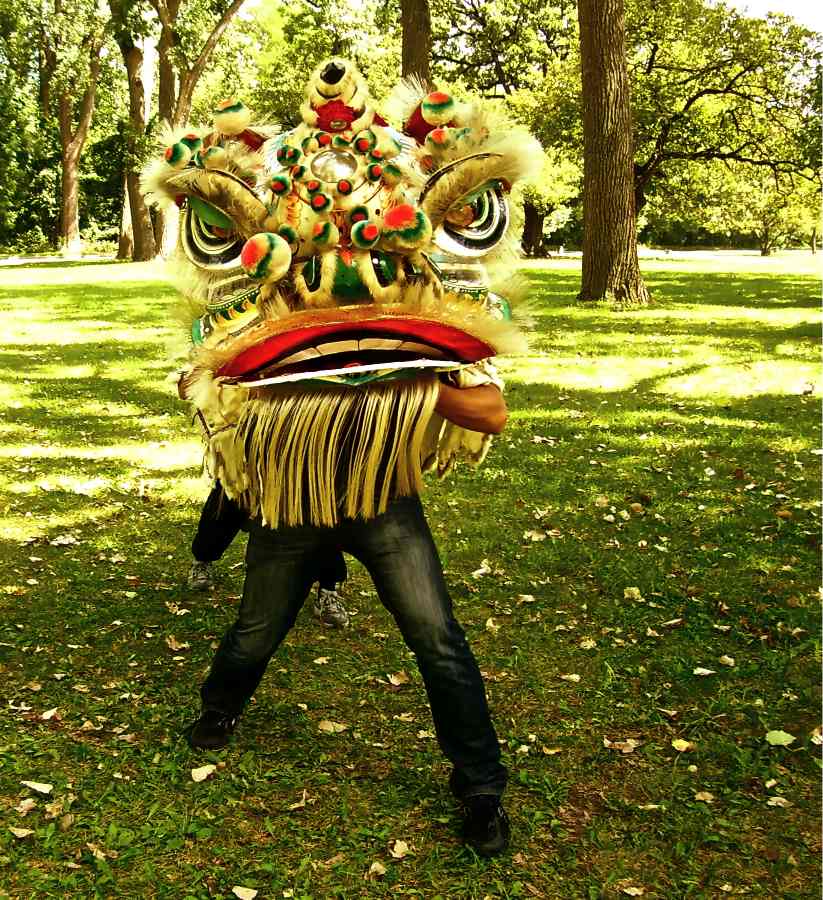
Green Dragon Society Lion Dance |
|

Classes were held, even during the festivities
of the day. An atmosphere of Christian friendship and sharing was
prevalent among the attendees. The Pastors of several churches were
present, and a 'Song and Prayer' session was held. All entertainment was
martial arts in nature. Everyone prepared a special dish to share, and
brought their personal favorites to grill.

The Key Event of the day was a Rank Test
for some of the 'Del Nino' students who had worked hard and were
well prepared. The parents of the youngsters had the opportunity to see
the growth and accomplishment of their children.
The Board of Chi Tao consisted of the
Yangtzi Tiger Temple Instructors, and an Official of the Green
Dragon Society T'ien Tao Monastery, Central Division - Art of
Chi Tao. |
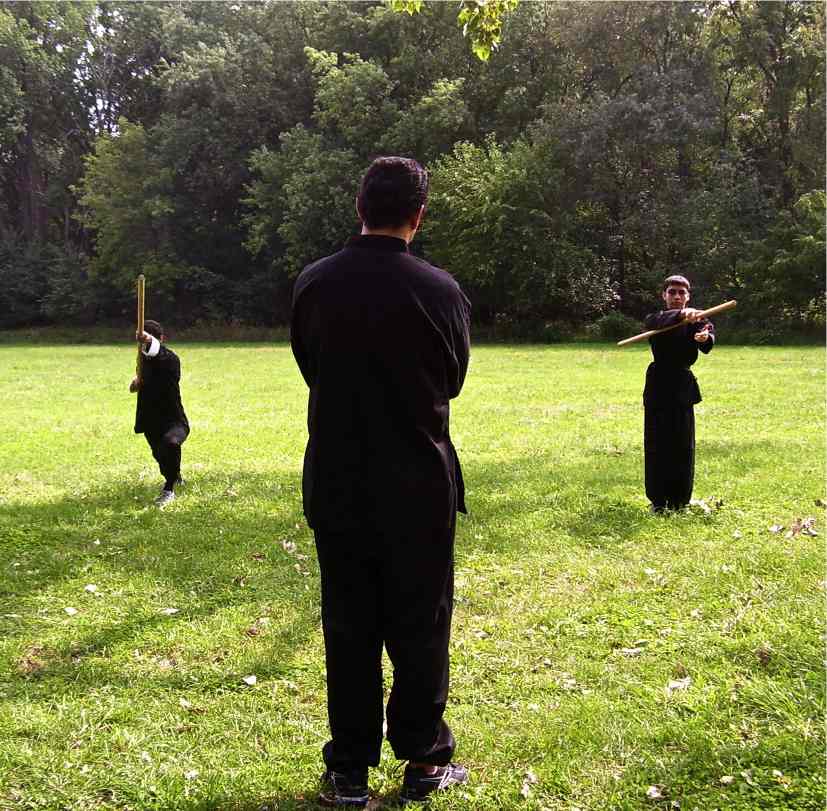
Staff Training |
|
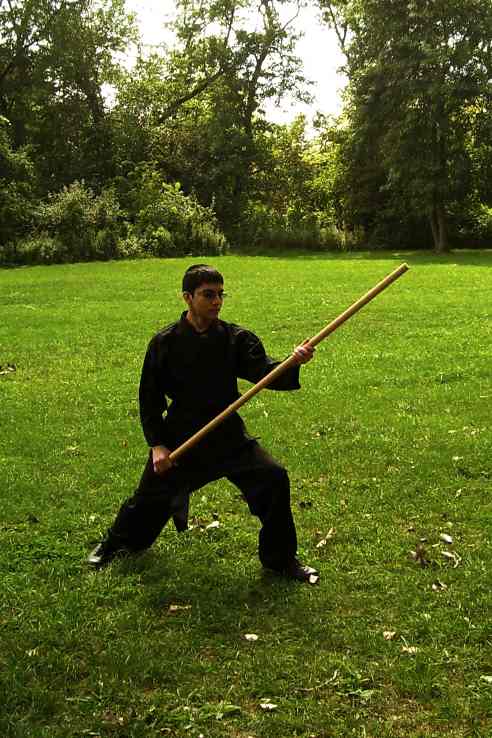
Staff Practice |
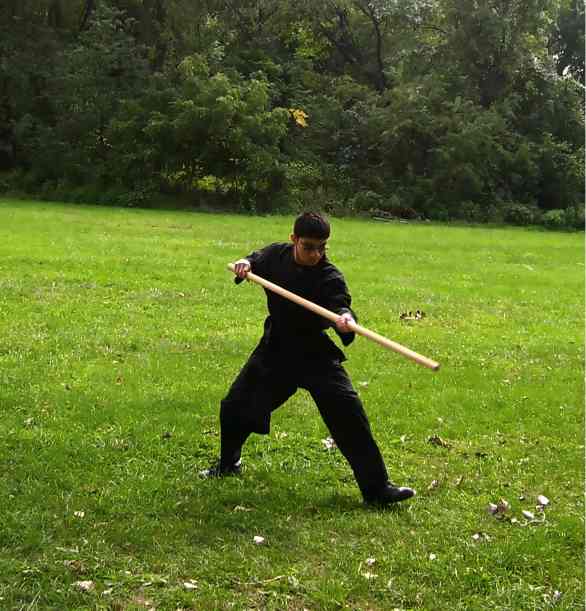
Staff Practice |
|
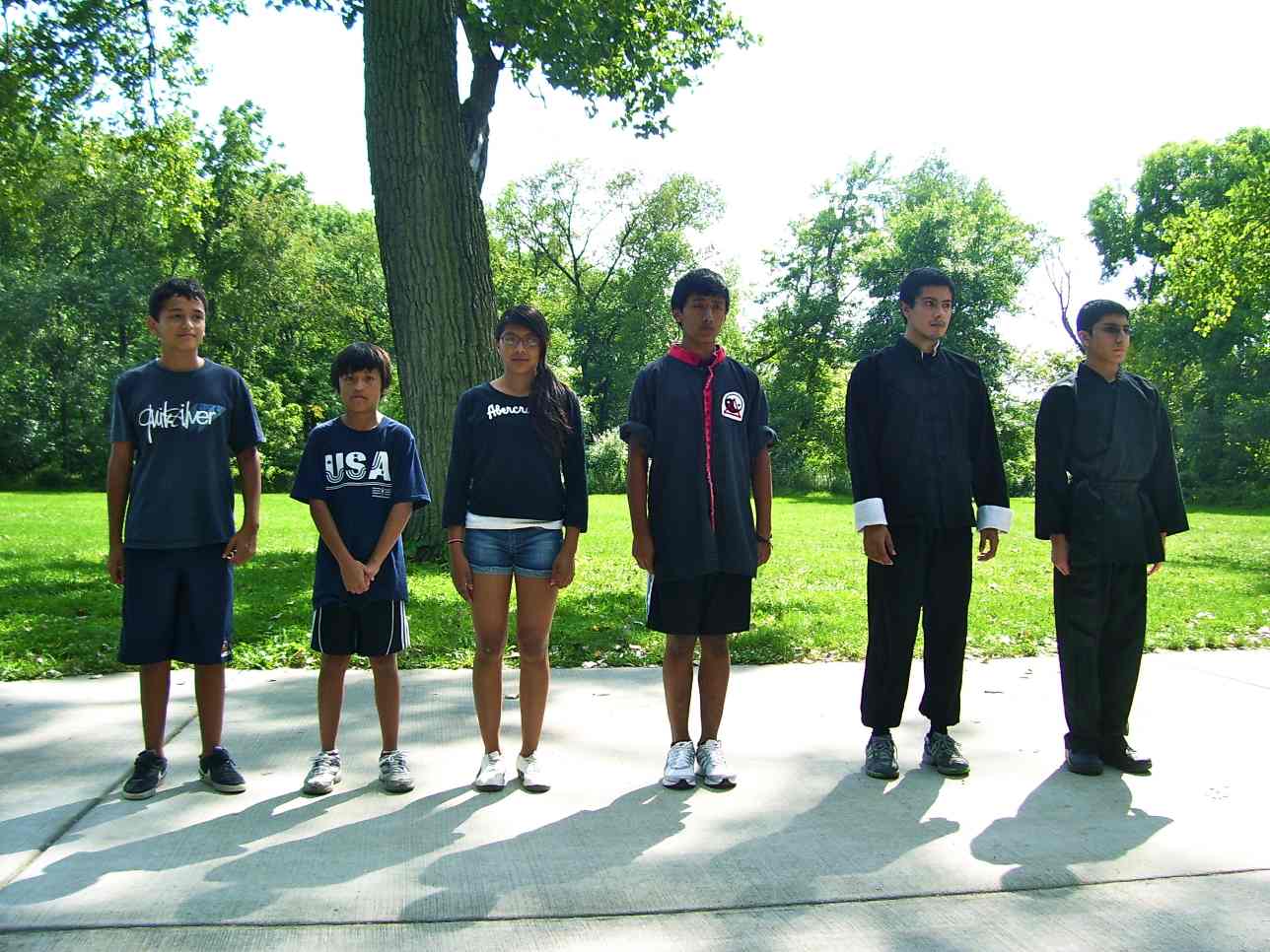
Rank Test Candidates
The students all performed their knowledge very well and exhibited
martial ability as expected. Also, they had good control of themselves,
with the ability to concentrate. All candidates received an advancement. |
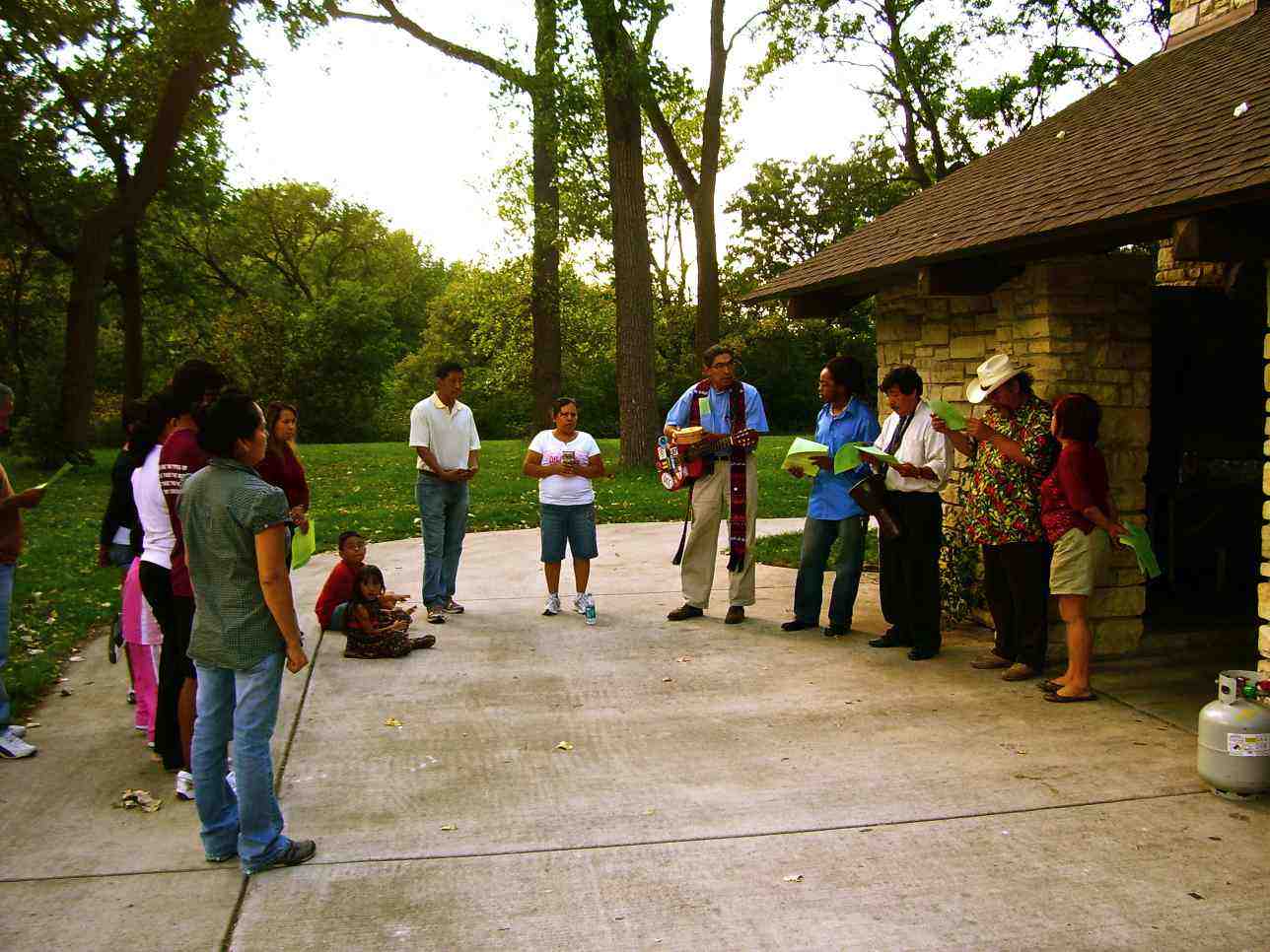
Song & Christian Prayer Session |
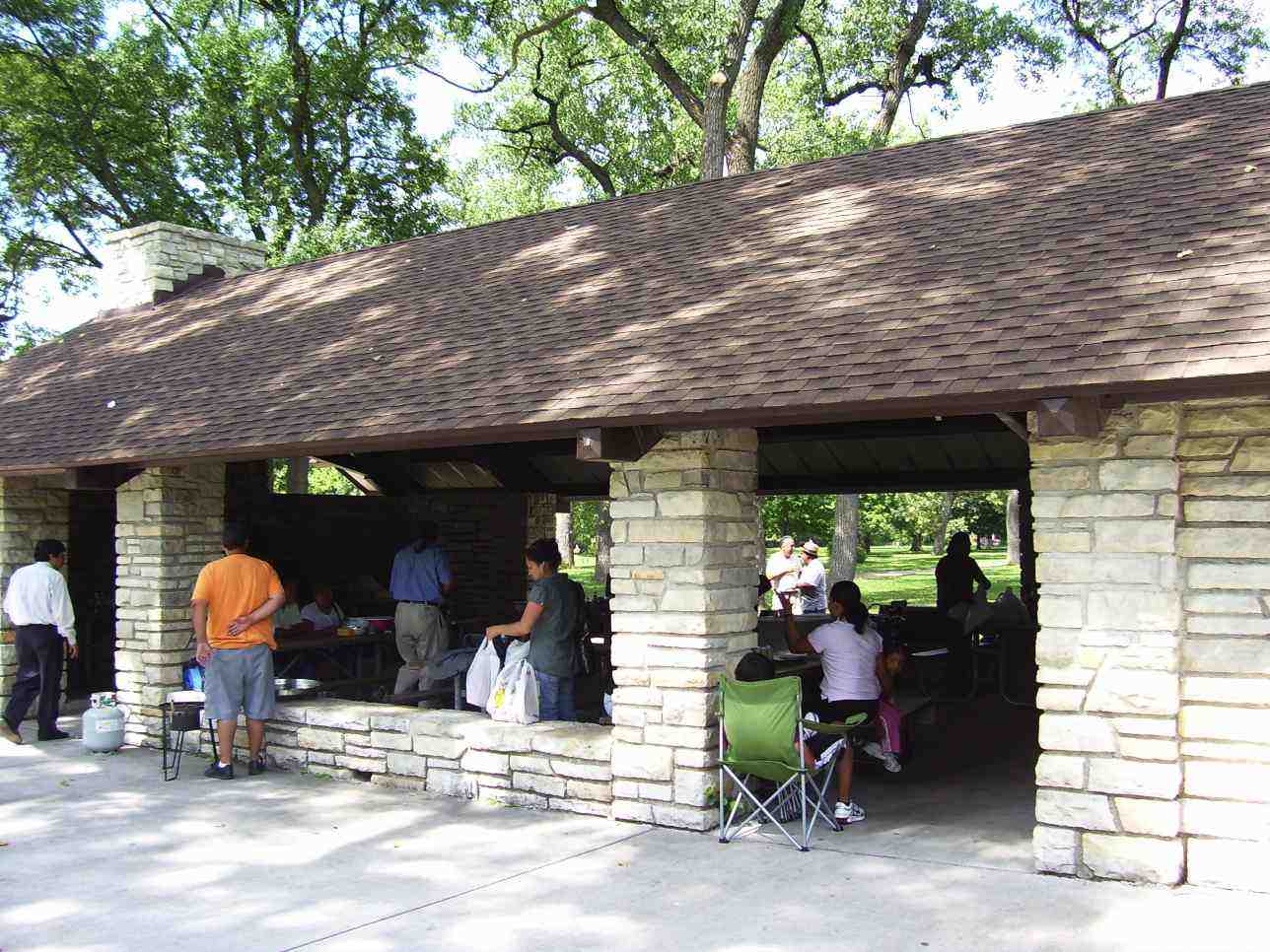
Field House - White Eagle Woods Grove #2 |
|
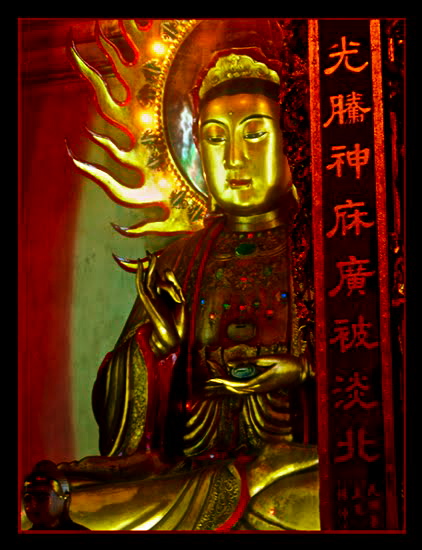 |

The seventh month in the Lunar
calendar is traditionally called Ghost Month
with the mid-point or fifteenth day being the Ghost Day
All the rites performed during the Ghost Festival
are believed to give pleasure to the spirits as well as help them ascend
to heaven. In turn, these spirits will shower good fortune |
|

Chicago
South Side - Chinatown
Chinatown Square Mall
Sunday - August 26th, 2012
Green Dragon Society
Members Attended
Chinese
"Ghost Festival"
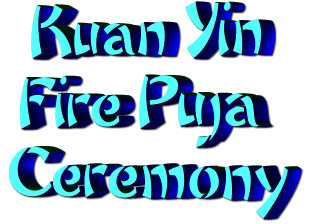
|
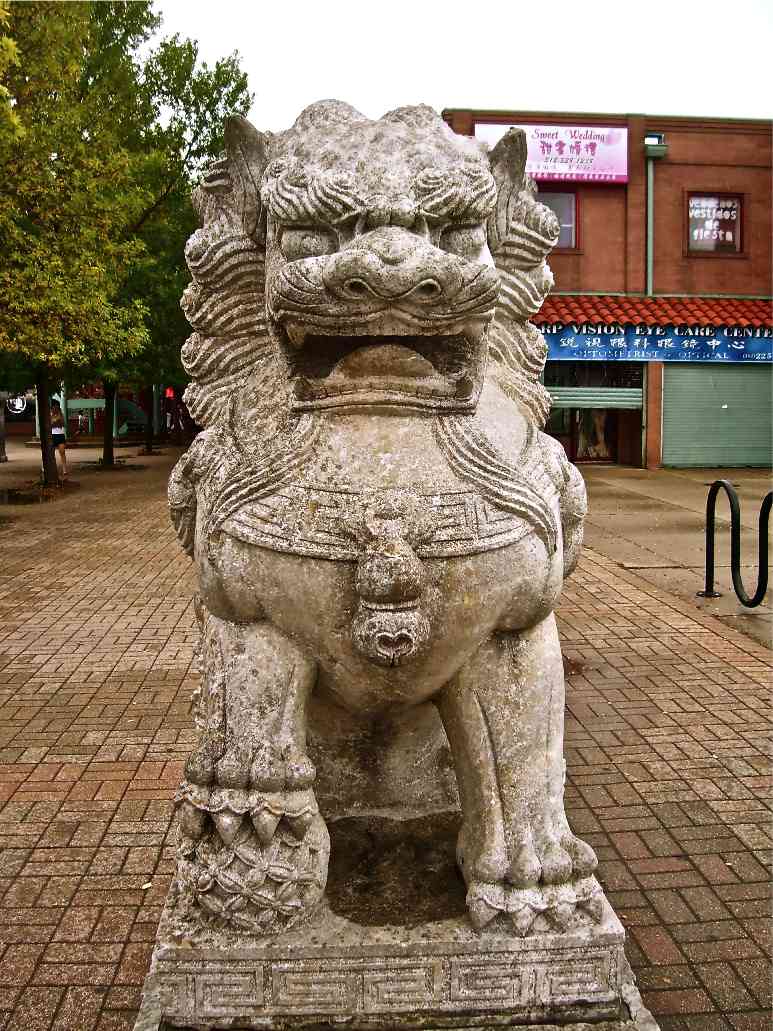 |
|
The Lotus Sutra Bodhisattva:
Universal Door of Pure Sound - heard throughout Chinatown. The lotus Vajra Master ignites the flames of care, friction fire, by fire wind,
fire by fengwei, lotus by one, in the firelight with the Goddess of
Mercy, they gain respect and love, salvation, harmony. The baptism of
the flame, the elution of all Karma, will purify their spirits
The Kuan Yin Fire Puja Ceremony is for the deceased. For the
ancestors of the participants, but especially for the "Orphan Ghosts",
without family, who suffer in the Netherworld.
Unlike other celebrations of the dead in Eastern cultures that seek
to honor dead ancestors, the Hungry Ghost Festival seeks to
pacify the hungry ghosts, the ghosts of strangers and the un-cared-for
dead. These are the ghosts of those who died by their own hands, by
accidents, by drowning or hanging who have been denied entry into
heaven. Angry because they are forced to dwell in hell without food or
comfort, when released, they search for souls to take their place in
misery.
For one long month, every year, the Gates of Hell are thrown open and
the ghosts are free to travel other realms. Both Taoists and Buddhists
perform rituals to transmute and absolve the sufferings of the deceased.
The reformed souls are released to the Pure Land, while the unreformed
ones are dispatched back to the underworld, destined to roam in agony
until the next Feast of the Hungry Ghosts.
It is said, she fills empty space and pervades the Dharma Realm. She
is in every place and yet not in any place. She appears according to
what kind of body is needed to save each particular category of beings.
She manifests in whatever physical form is appropriate to speak Dharma
for beings; thus her identity is flexible. Kuan Yin Bodhisattva appears
in the form of a Buddha to save those who are ready to become Buddhas.
She appears as a Bodhisattva to save those who should become
Bodhisattvas. She appears as a Heavenly King to speak Dharma for beings
in the Heavens. |
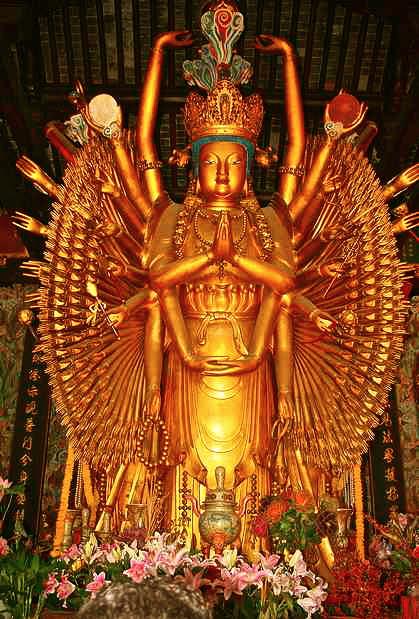
Within Buddhism
Kuan Yin Bodhisattva - Holds A Very Important Position |
|
.jpg)
Kuan Yin
Bodhisattva - Ming Dynasty (1680's) |
|
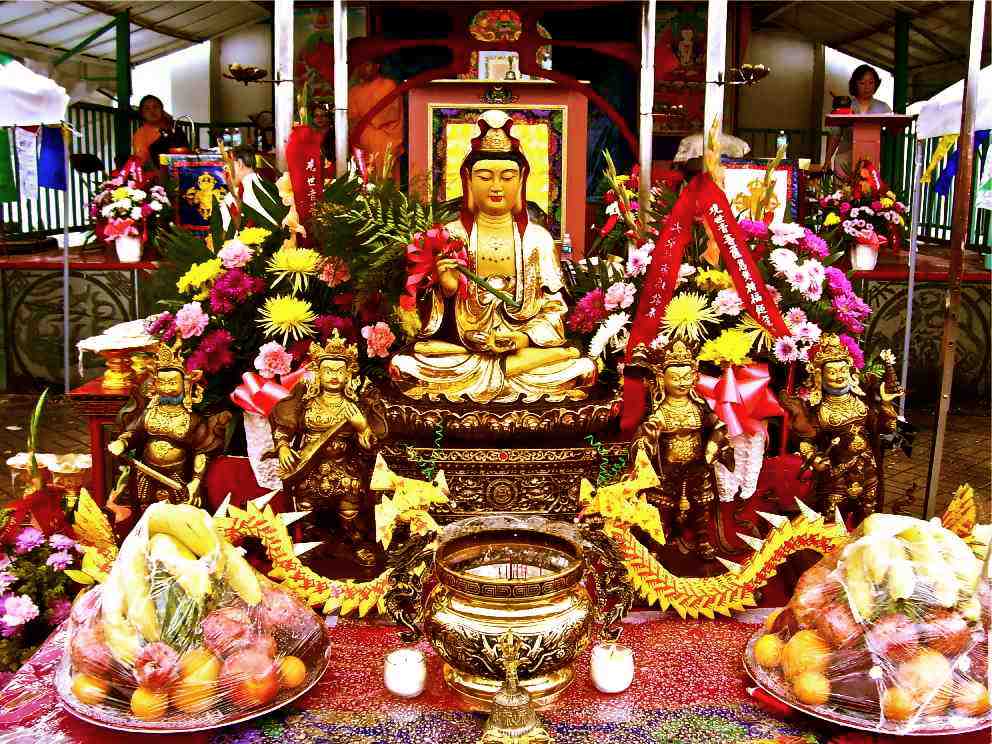
Kuan Yin Fire Puja Altar |
|
Namo
Avalokitesvara Bodhisattva
Purification, Blessing
Fire Puja Ceremony
Over a thousand people attended the outdoor ceremony, during the
course of which, the Heavens brought forth downpours of rain, but
the crowd was protected by an array of tents. Truly, the rain was a
blessing because the rains wash away the evil Karma. It was an omen of
good tidings and success, from Heaven itself.
Also, appropriately to the weather, this Temple is further known as the Rey Tsang Temple, which has great
symbolic significance. "Rey" means "Striking Thunder" that shakes the ten
Dharma realms. "Tsang" means to store the Thathagata's wisdom and to
expose the Truth. Combined together "Rey Tsang" means spreading the
Dharma to ten directions and to awake every sentient being. Blessing
Light. A blessing light will shine through a thousand year's darkness
and throughout the Dharma Realms. |
|
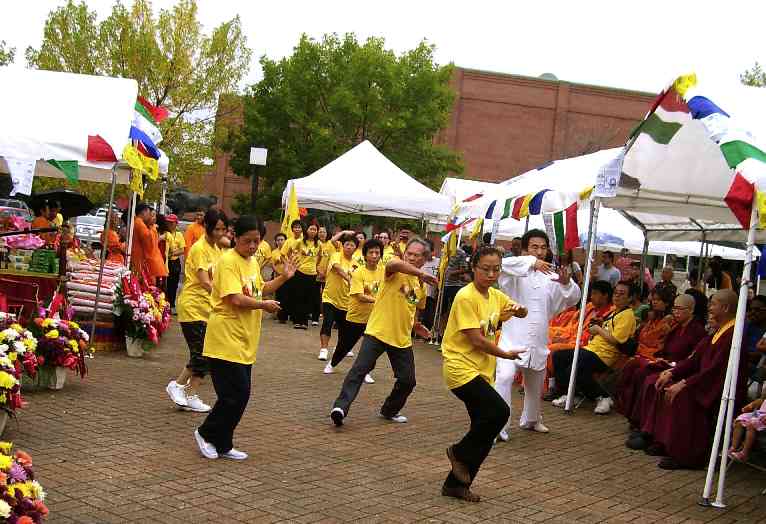
Several Cultural Demonstrations Preceded the
Ceremony - Tai Chi (photo above)
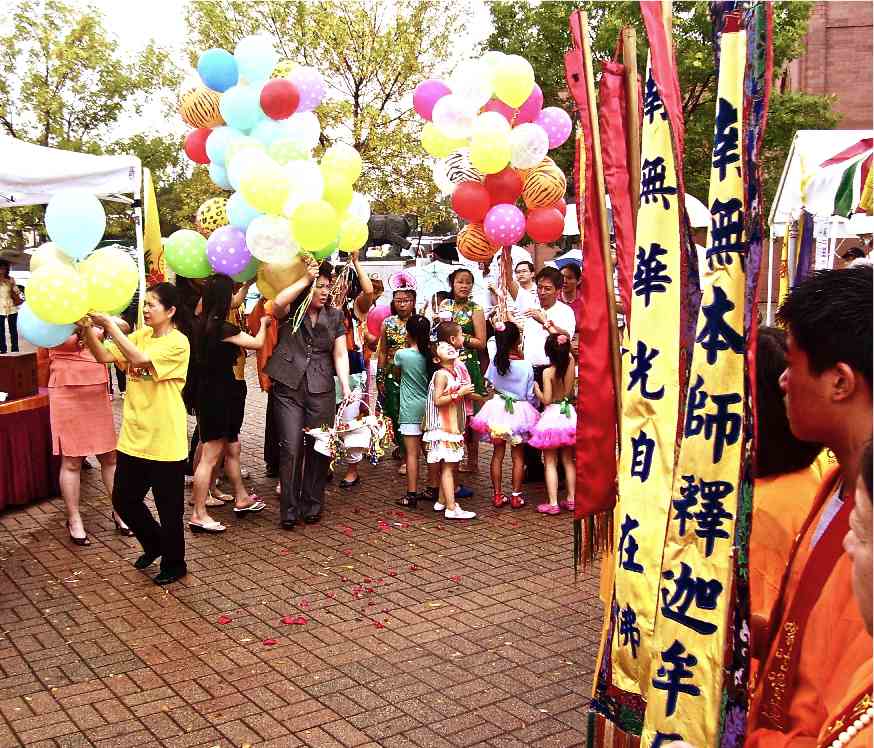
Balloons to Amuse the Ghosts and the Children
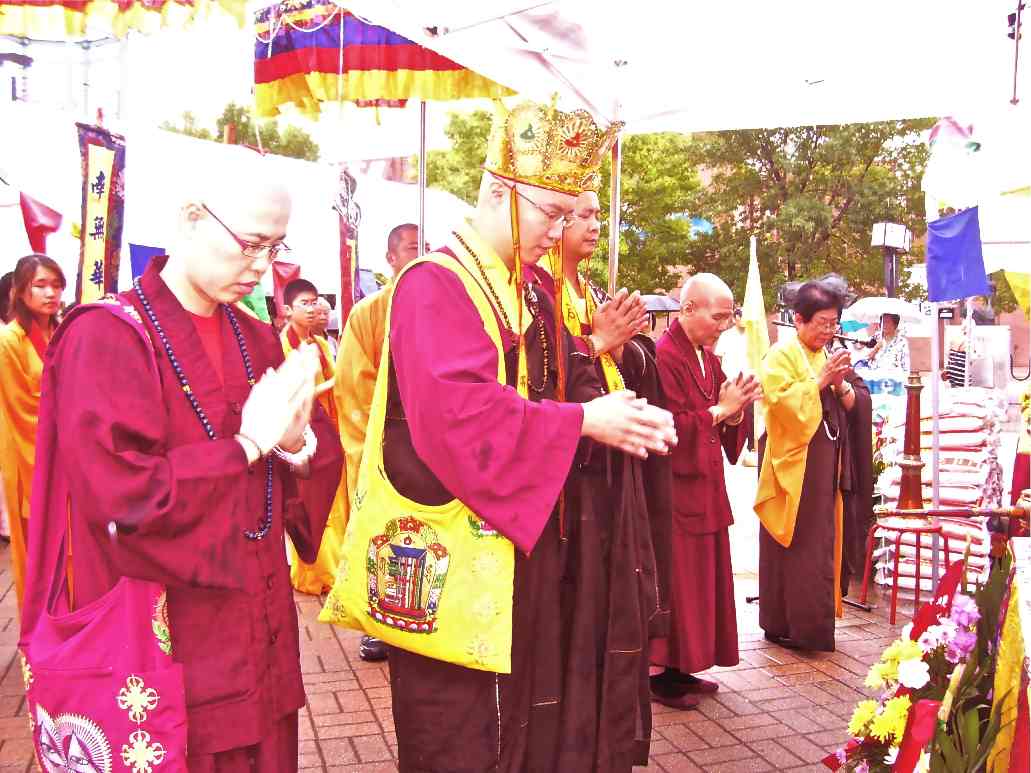
Masters - Approach the Kuan Yin Altar
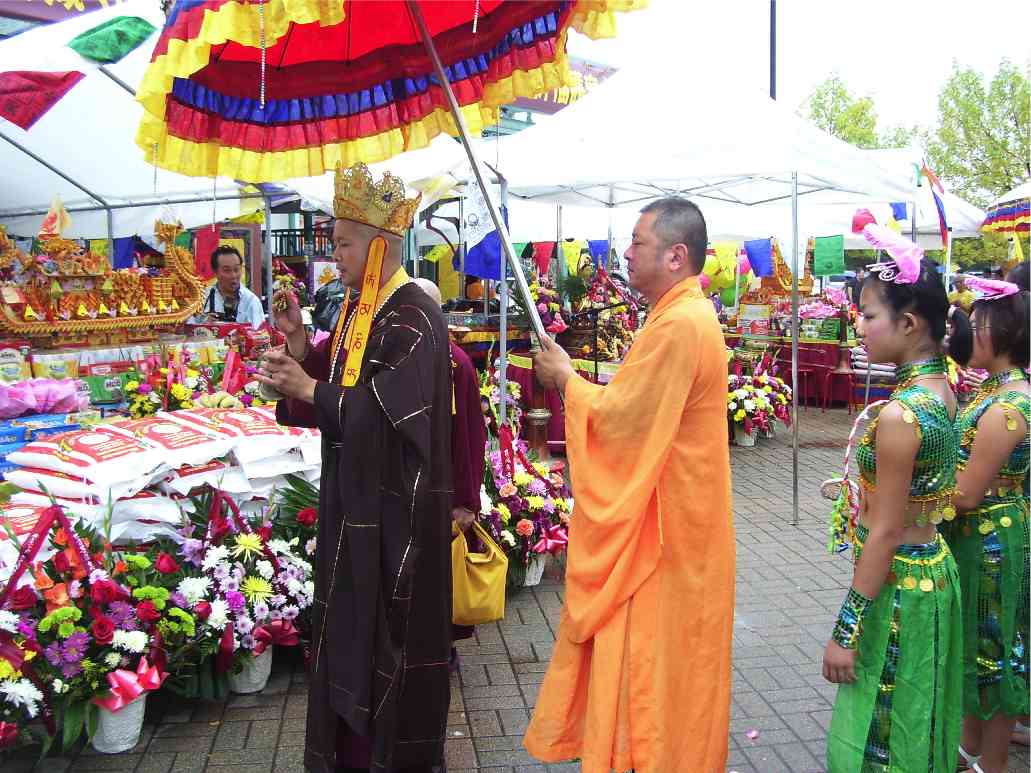
Master - Blessing Sacrifices Offered to the Hungry
Ghosts
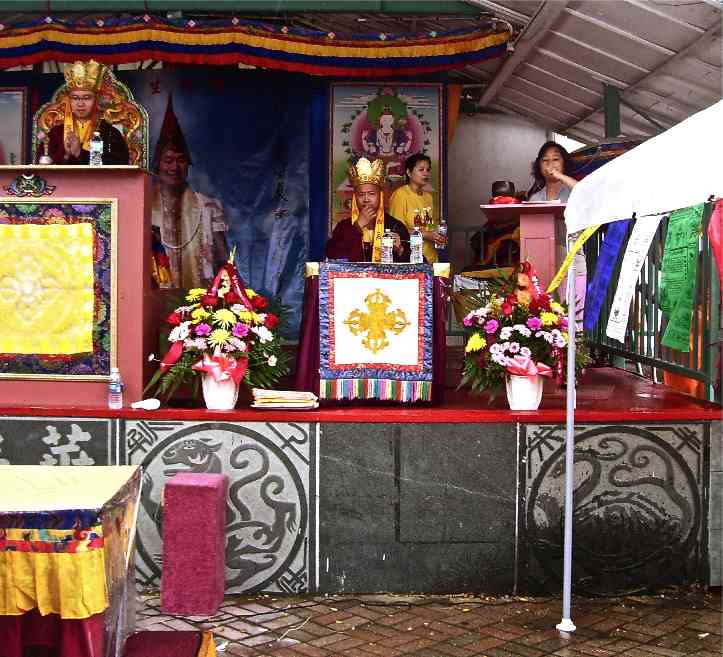
The Kuan Yin Fire Puja Ceremony
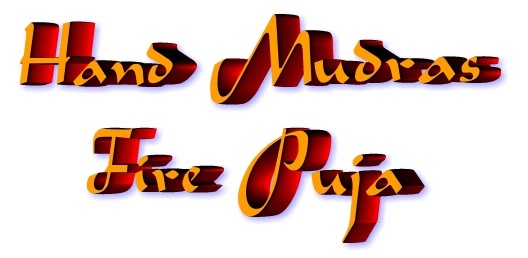
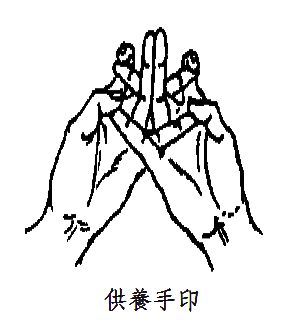

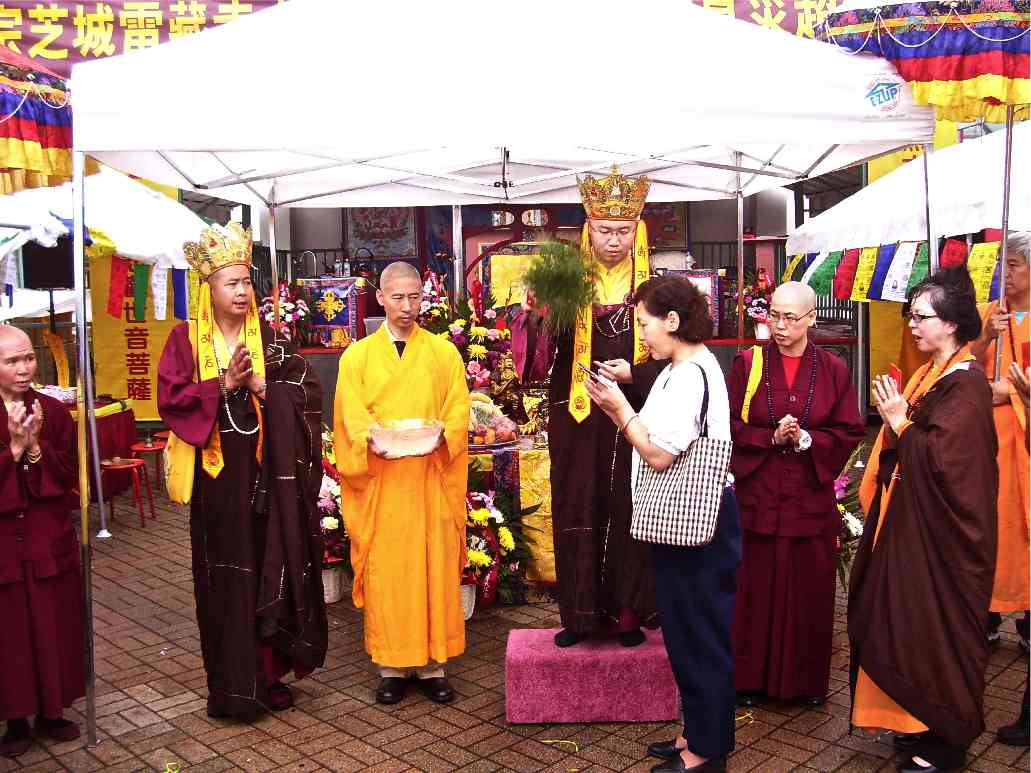
Kuan Yin Empowerment Blessing
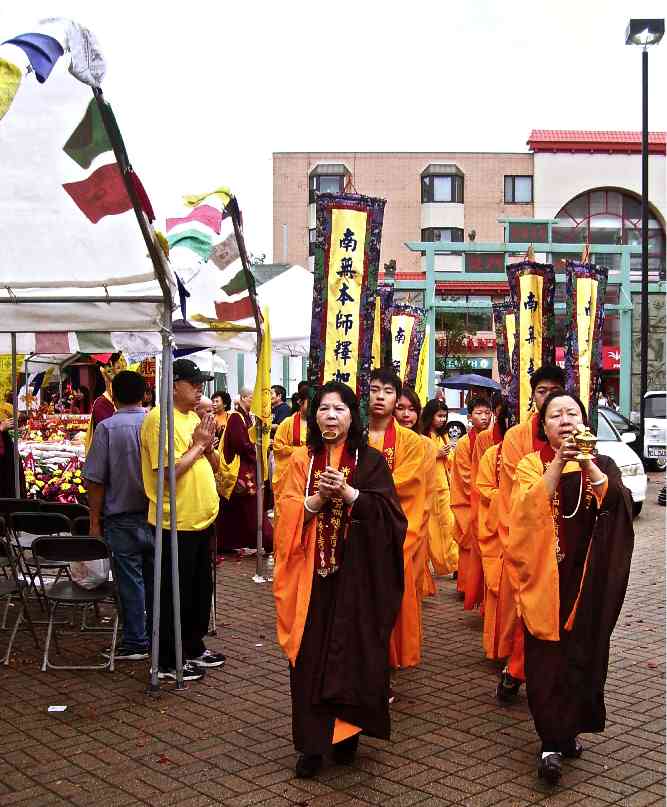
Procession
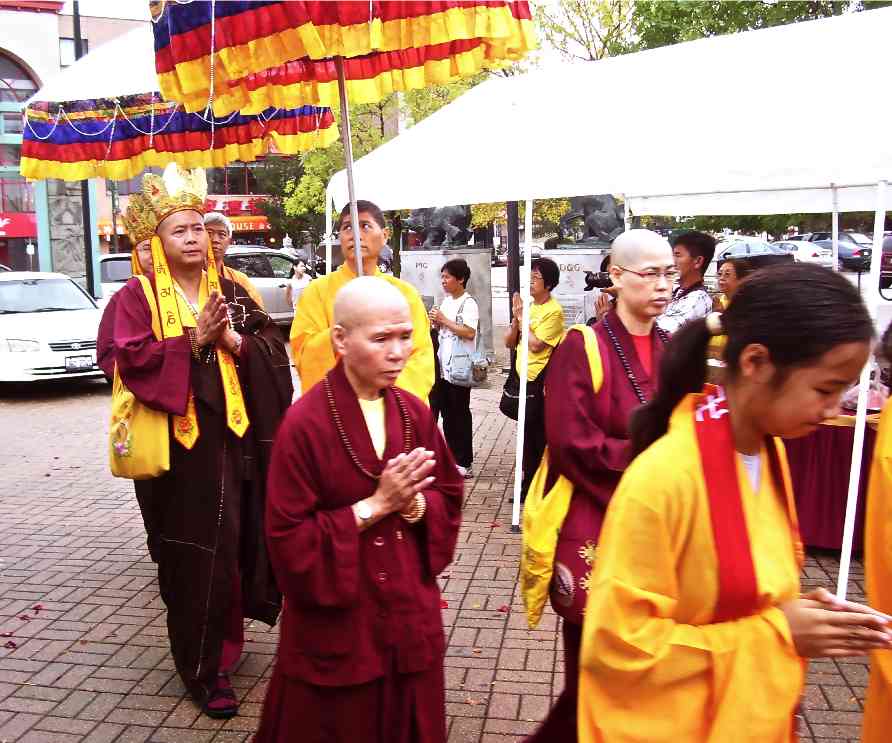
Procession
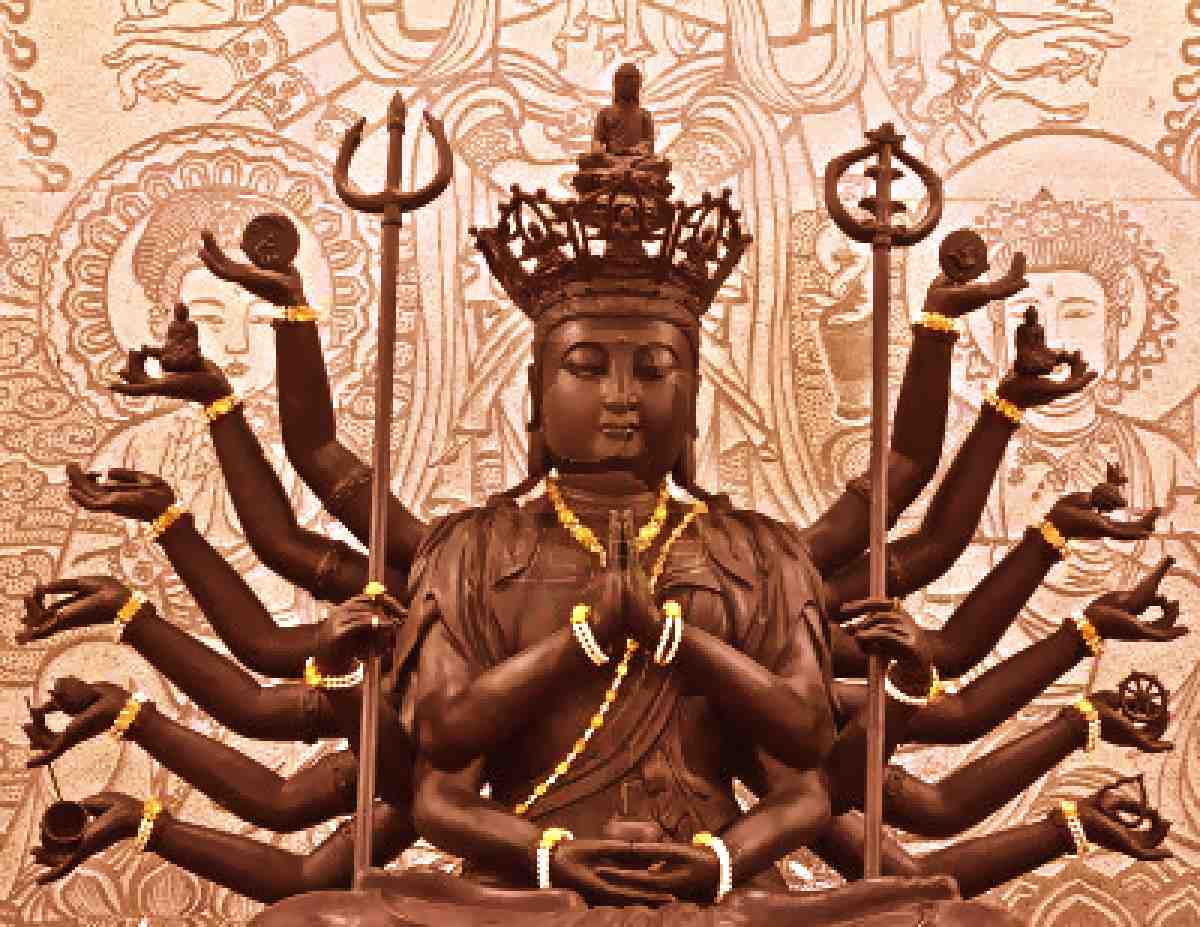 |
|
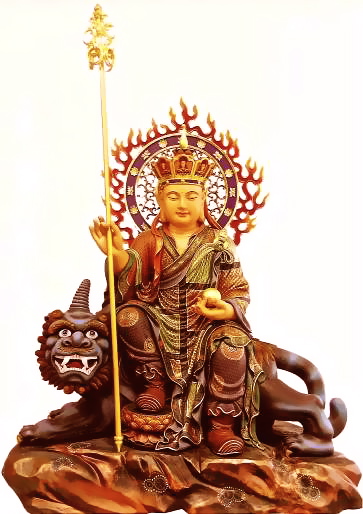 |

The seventh month in the Lunar
calendar is traditionally called Ghost Month
with the mid-point or fifteenth day being the Ghost Day
All the rites performed during the Ghost Festival
are believed to give pleasure to the spirits as well as help them ascend
to heaven. In turn, these spirits will shower good fortune |
|

Sunday - September 2nd, 2012
Green Dragon Society
Members Attended

Ullambana is Sanskrit. It means "rescuing those
who are hanging upside down." It's very painful to be hanging upside
down, and so now we are going to rescue those who are that way. Rescue
whom! We are going to rescue our parents and other ancestors from
previous lives. We don't know whether our past relatives created merit,
in which case they may have been reborn in the Land of Ultimate Bliss,
or in the heavens, or among people as presidents or emperors; or whether
they created offenses in which case they may have fallen into the hells,
into the realm of hungry ghosts, or into the animal realm.
There are two major ghost festivals – the
Buddhist one called Ullambana and the Taoist one called Jhongyuan. China
has followed this custom since the Liang Dynasty (502-557 AD). Although
there are some differences in the rituals and beliefs between Buddhist
and Taoist, it is not uncommon for Chinese people to participate in both
forms of worship or rituals during this period. |
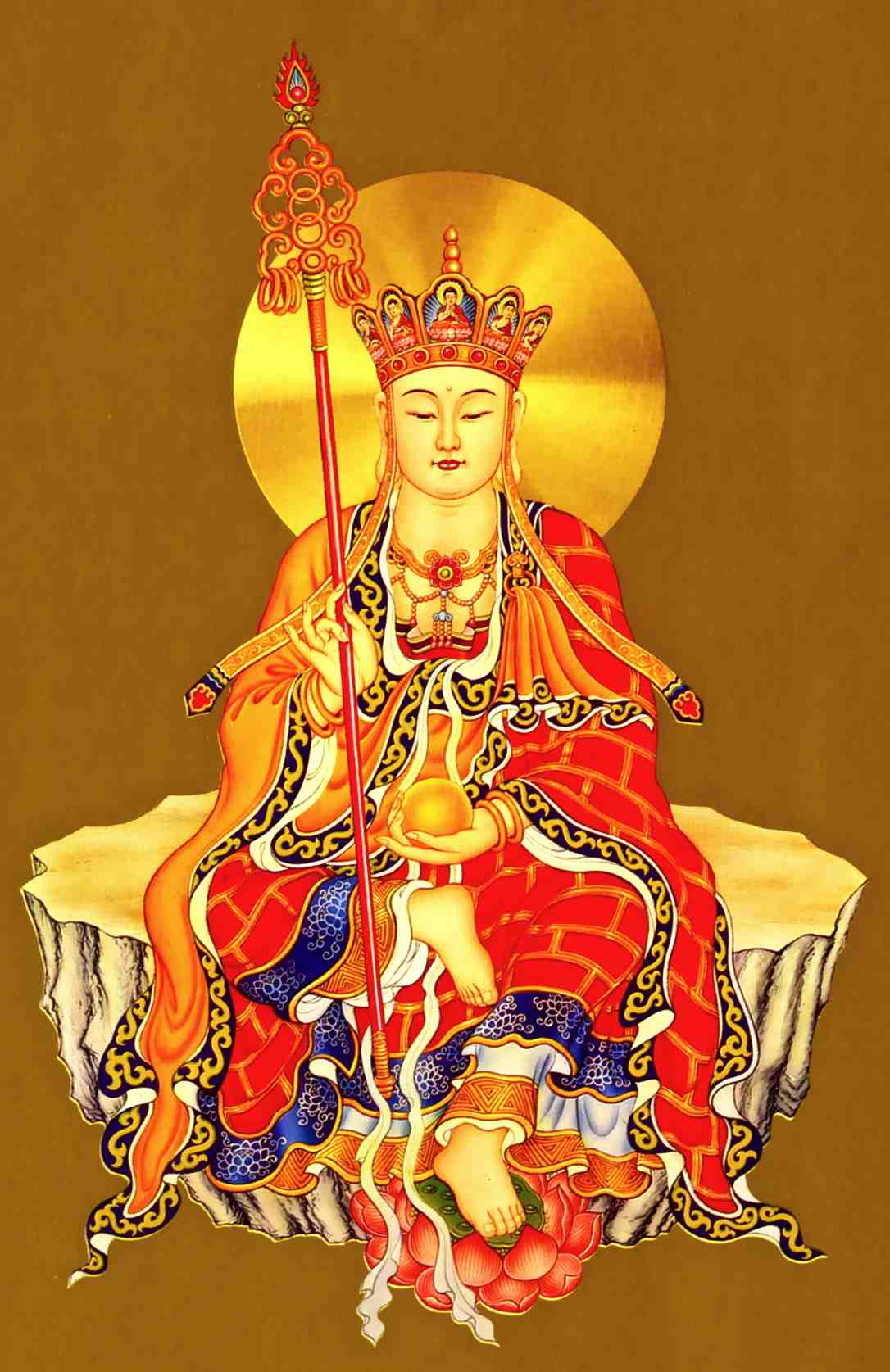 |
|

International Buddhist Friendship
Association
Enlightenment Temple
2249 Wentworth - Chinatown
Chicago, IL
312/881-0177 |
 |
|

(The Ghost King Buddha)
The great compassion of Ksitigarbha Bodhisattva - He
rescues suffering sentient beings from Hell, and enables them to be
reborn into the human or heavenly realms. Upon enjoying the happiness in
the human or heavenly realms, they will realize how agonizing the
suffering in the evil paths truly is. . . so, after leaving the
realms of suffering, they will never return to the evil paths again.
There is a popular folk tale about how the monk, MuNian,
saved his mother from suffering. MuNian had great magic power. One day
his mother fell into the mouth of a hungry ghost and turned into flames
in endless suffering. MuNian had no idea to save his mother, so he asked
Buddha for help. Buddha told him the Yu Lan Pen canon and asked him to
save his mother on the 15th day of the 7th lunar month with the help of
Yu Lan Pen. |
 |
It used to be a religious ceremony in India. The Buddhists would
hold the Yu Lan Pen Festival in memory of their forefathers. The Yu Lan
Pen canon was compiled to encourage the Buddhists' piety, so it went
with the Chinese custom of commemorating their ancestors and became
popular in many Chinese regions.
During this period clan associations, temples, monasteries, businesses
and families organize prayers, make food offerings, and burn paper made
clothes, daily necessities and luxury items to these spirits. These
paper items include credit card, clothes, cosmetics, XO cognac, beer,
laptop, DVD players, mobile phones and larger items such as Mercedes,
houses, planes, and ships.
Other traditional practices include releasing paper boats or lit
lanterns on the water, which is important to providing direction to any
ghosts that are lost and cannot find their way. When any live
performances of any kind take place, the first rows are left
intentionally empty as to give a place for any spirits in attendance.
Any performances take place after dark, and loud noises are intended to
not only attract but please the ghosts in the area. Followers of
Buddhist traditions hold rituals to ease the suffering of ghosts, with
rice or other food items being released into the air for the ghosts to
enjoy. Chinese people also burn large amounts of "Hell Money" filling
the air with smoke. Auctions are held in which people bid for "Black
Gold" symbolic items, which are offerings to the spirits and thus brings
the buyer good Karma.
The most important days of this month are the 14th and 15th, the days of
the great feasts. On the 14th, a great feast would be held to honor
family ancestors. Prayers and offerings would be made at family altars.
On the following night, the 15th, they would feast for the hungry
ghosts. Held outside under the full moon, these feasts feed the evil
spirits so that they will leave the living alone and bribe the ancestors
for luck with money and the harvest.
The festival concludes 15 days later when the Hungry Ghosts must return, before
the gates of hell are slammed shut for another year. |
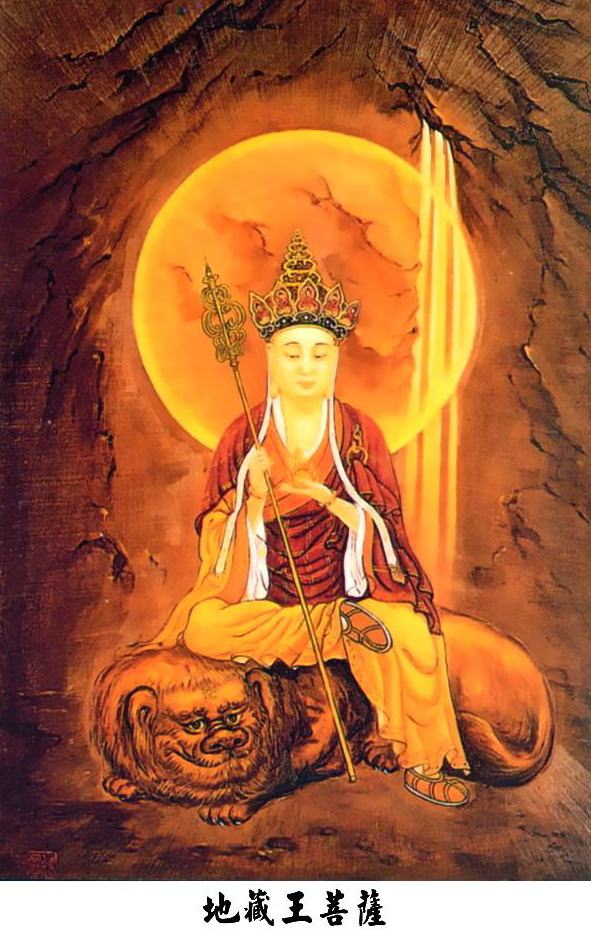 |
|
Hungry Ghosts
To Taoists and Buddhists, these evil spirits are not to be taken
lightly. They are most active at night and can take many forms
including: snakes, moths, birds, foxes, wolves, and tigers. They can
even appear as beautiful men or women to seduce the living. When they
possess an individual by entering the body they cause illness and mental
disorders.
Hungry ghosts are pitiable creatures with huge, empty stomachs. They
have pinhole mouths, and their necks are so thin they cannot swallow, so
they remain hungry. Beings are reborn as hungry ghosts because of their
greed, envy and jealousy. Hungry ghosts are also associated with
addiction, obsession and compulsion.
The hungry ghosts are mean-spirited. They are not our ancestors. In
fact, they are no one's ancestors, and that is why they are angry. When
our ancestors die, the living must take care of them. The family
provides them with food, clothes, and all the materials they need in
yinjian, the world of darkness. But some ghosts die with no one to bury
them. Some die at sea, some have no family, some die in childhood, and
hence they wander the underworld as the uncared-for dead.
Being an uncared-for dead, it seems, can make a spirit downright testy.
The worst of the ghosts are those who were murdered, ones who haunt the
scene of their death seeking violent revenge. But all the ghosts act
like gangs of mean bullies, beggars and bandits, which is why the living
make sacrifices to them outside their homes, fearful of the destruction
they might inflict if allowed inside.
But these ghosts get a second chance. During the seventh month of the
lunar calendar (around August in the Solar calendar), the gates of the
underworld open up and allow these poor suffering souls a portal to the
living world, where they cause mischief and malevolence. |
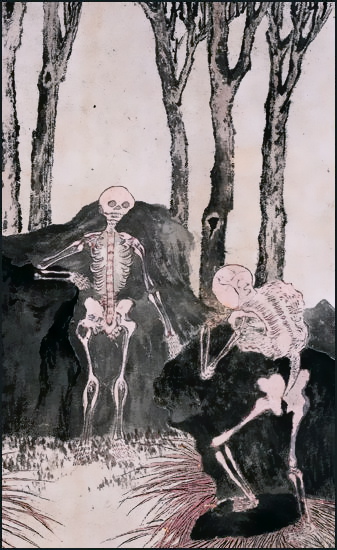 |
| Families attempt to appease them with altars of food and gifts set
up outside their homes. These sacrifices take place just before the
Feast of the Hungry Ghost. Then, on the 15th day, a community-wide
festival is held in the ghosts' honor. |
|
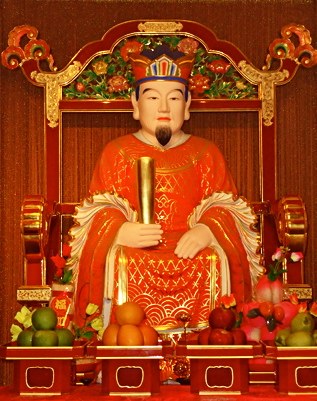 |

The seventh month in the Lunar
calendar is traditionally called Ghost Month
with the mid-point or fifteenth day being the Ghost Day
All the rites performed during the Ghost Festival
are believed to give pleasure to the spirits as well as help them ascend
to heaven. In turn, these spirits will shower good fortune |
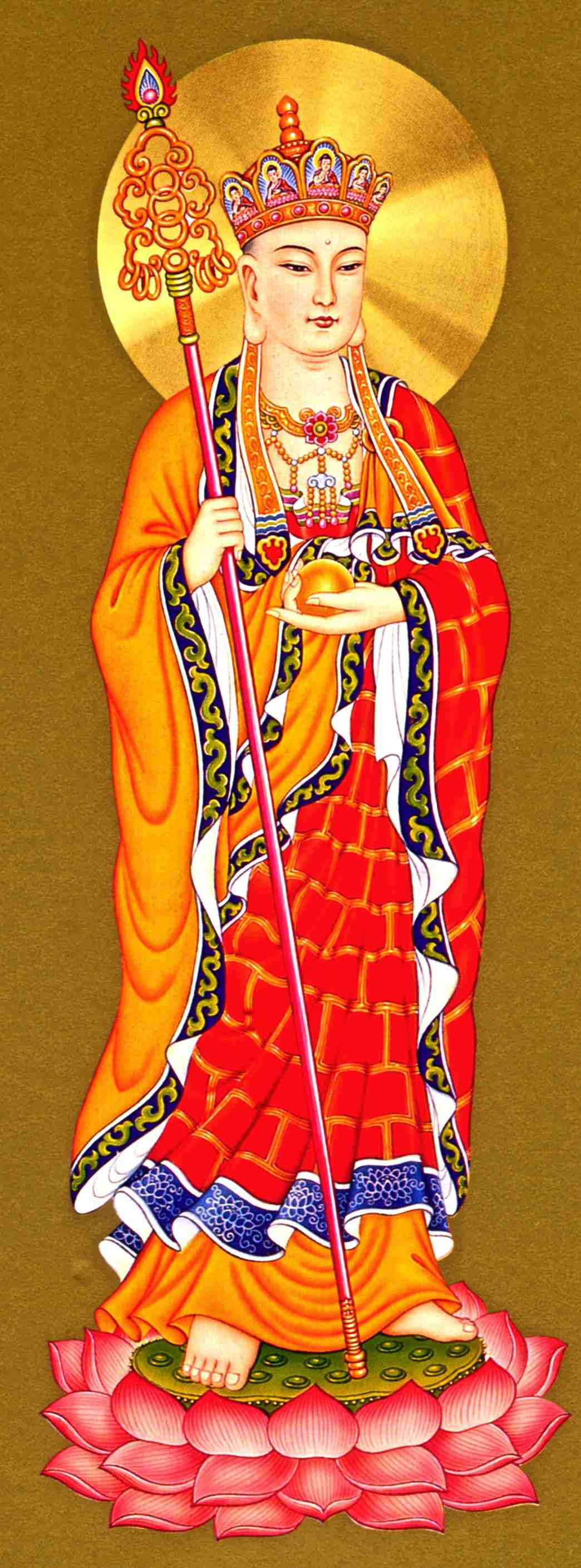 |
Ksitigargha Bodhisattva is often referred to as the Bodhisattva of
Hell or the Ghost King Buddha, because of his vow to not achieve Nirvana
until "all the Hells are empty"
(Om Pra Ma Ni Da Ni So Ha)
Ksitigargha Bodhisattva Tibetan Mantra
Eradication of Fixed Karma
Sunday - September 16th, 2012
Green Dragon Society
Members Attended

 The Birthday of Ksitigargha Bodhisattva
falls on the 30th day, of the 7th moon, of the Chinese lunar calendar,
which is the
final day of the "Chinese Hungry Ghosts Festival" - However,
it is not his birthday, but instead, he was enlightened on that day

A score of Buddhist temples in Taiwan are dedicated to Ksitigargha
Bodhisattva. But images of Ksitigargha Bodhisattva are enshrined in
practically all temples in or near public cemeteries across the country.
Special services, commonly called "Incense Worshipping Meetings", are held
at the Ksitigargha temples to mark his “birthday”. Those who cannot
attend burn votive incense sticks and insert the smoldering sticks into
the earth in the firm belief that it is easier for their bodhisattva,
who is in hells underground, to notice their piety. All
over the world Buddhist temples offer prayers to Ksitigargha Bodhisattva
during the 7th lunar month, for the benefit of the dead. |
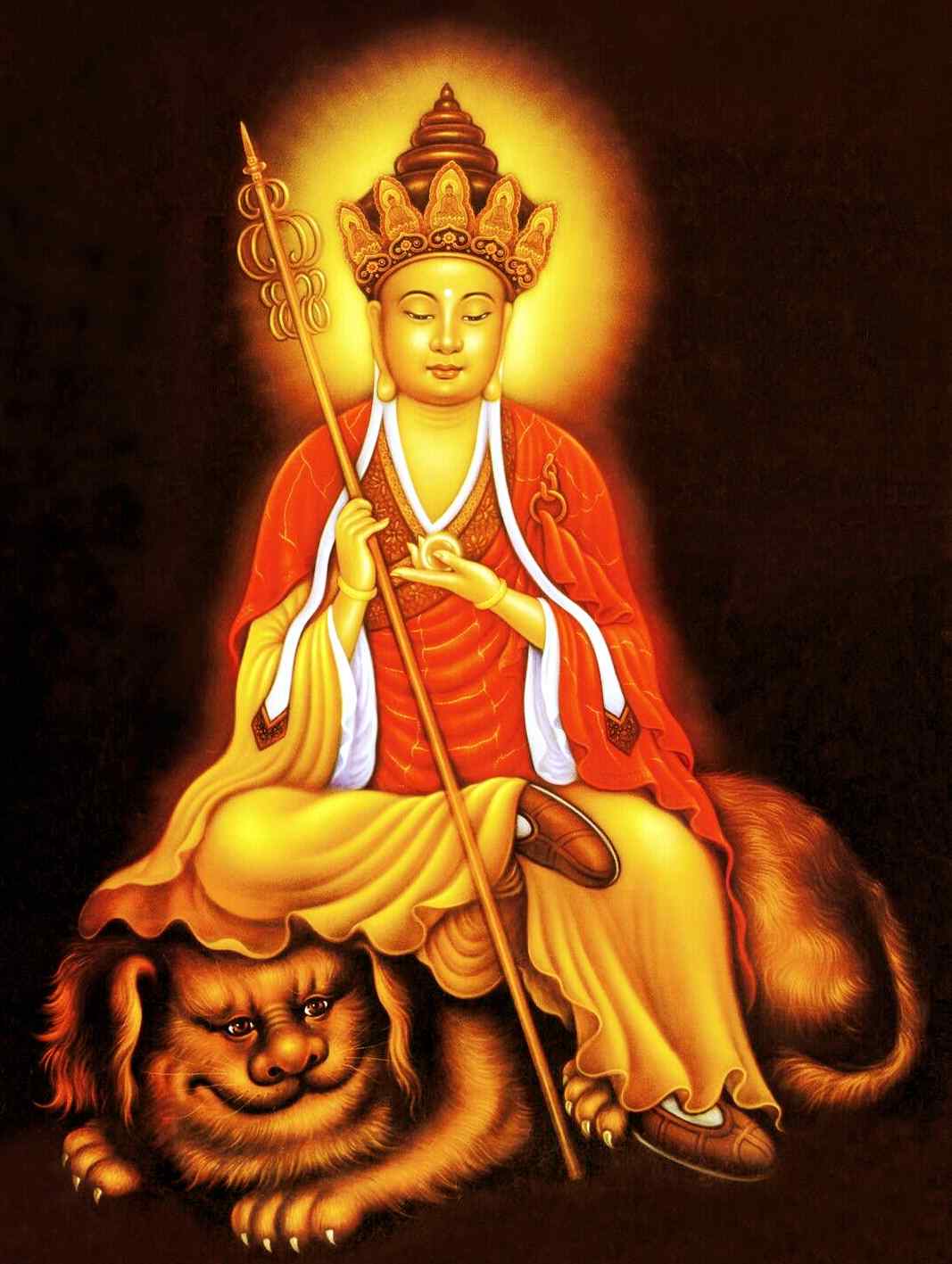 |
He is also known as Di Zhang Wang Pusa in Chinese and commonly
translated as Earth Store Bodhisattva.
The Bodhisattva is also commonly worshipped in Taoist temples especially
at the ancestral halls.
His vow encompasses all sentient beings, and he vows to reveal all the
secrets of even the hidden teachings, in order to save sentient beings,
even if he has to suffer retribution, and the pulverization of his bones
and flesh. His popularity among the Chinese and Japanese Buddhists is
second only to Kuan Yin, the Goddess of Mercy, as he takes upon himself
the fearful and difficult task of bringing relief and consolation to the
suffering beings of Hell.
Di Zhang is at times depicted accompanied by a dog, which also has a
significant meaning. On the death of his mother, the Bodhisattva
hastened into the underworld with the view of comforting her and to seek
favorable treatment for her. However, he could not find her but later
discovered that she had already taken rebirth as a female dog. Upon his
return to earth Di Zhang soon traced and adopted the animal, which then
became his companion on his pilgrimages.
The Earth Treasure Bodhisattva has a deep relationship with beings of
the earth, humans, and especially with those 'below' it - the hungry
ghosts and hell beings. Because these are the most difficult to raise
into a more fortunate condition due to their previous unwholesome
actions, and because of his past vow to save them all, Ksitigargha has
been known as the Teacher of the Dark Regions. "If I do not go to
Hell to help them, who else will go?" is the famous declaration
popularly attributed to Ksitigargha. No matter what the crime or the
Karma, he is willing to have a connection with any being, and to help
free them from suffering. |
|
International Buddhist Friendship
Association
Enlightenment Temple
2249 Wentworth - Chinatown
Chicago, IL
312/881-0177 |
 |
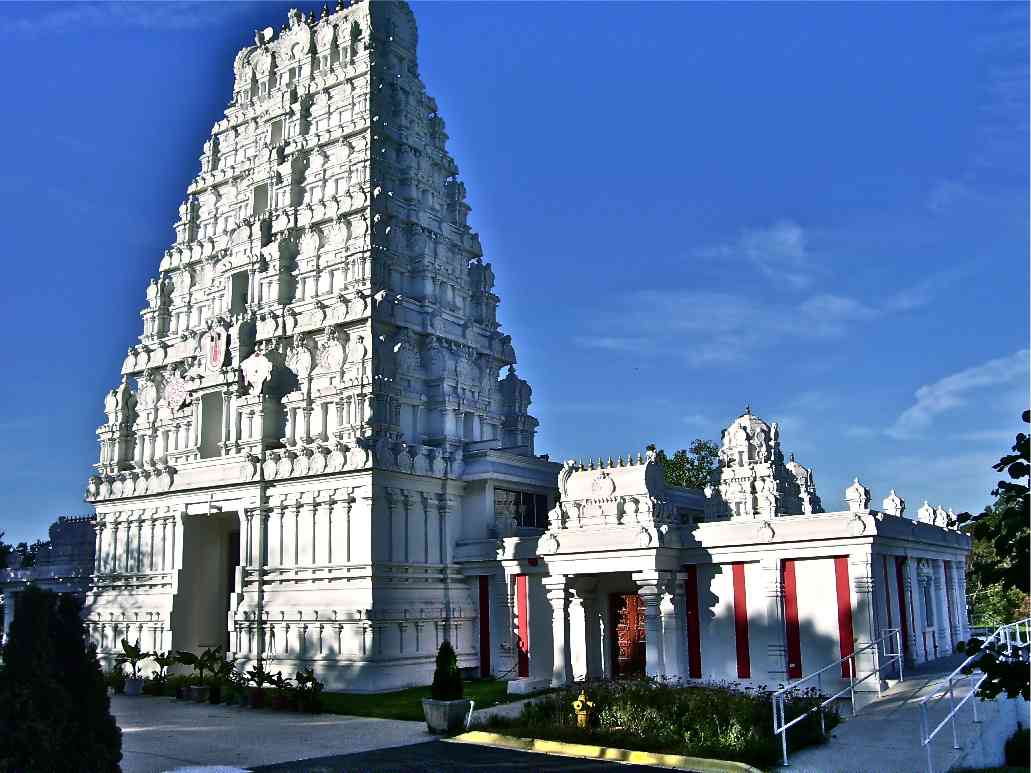
Rama Hindu Temple - Lemont, Illinois |
Rama Temple
10915 Lemont Rd
Lemont, IL 60439
Ph: 630 972-0300
The Temple has two auditoriums - Ramalaya
Auditorium & Rathi Auditorium, a community center, Vivekananda Youth
Center and a meditation hall
Temple Hours
Every Day - 9:00 am - 9:00 pm
Sanctum Darshana is closed during the week days between 2.00 pm - 3.00
pm
Canteen Hours
Temple Kitchen is open only on Saturday & Sunday from 9:00 am - 9:00 pm
|
|
Deities at the Rama Temple include Lord Rama, Sita,
Lakshman, Hanuman, Lord Balaji, Lord Ganesh, Lord Shiva, Lord Kartikeya
& Goddess Durga & Parvathi. Besides the archanas for the deities, the
Temple offers a range of services. |
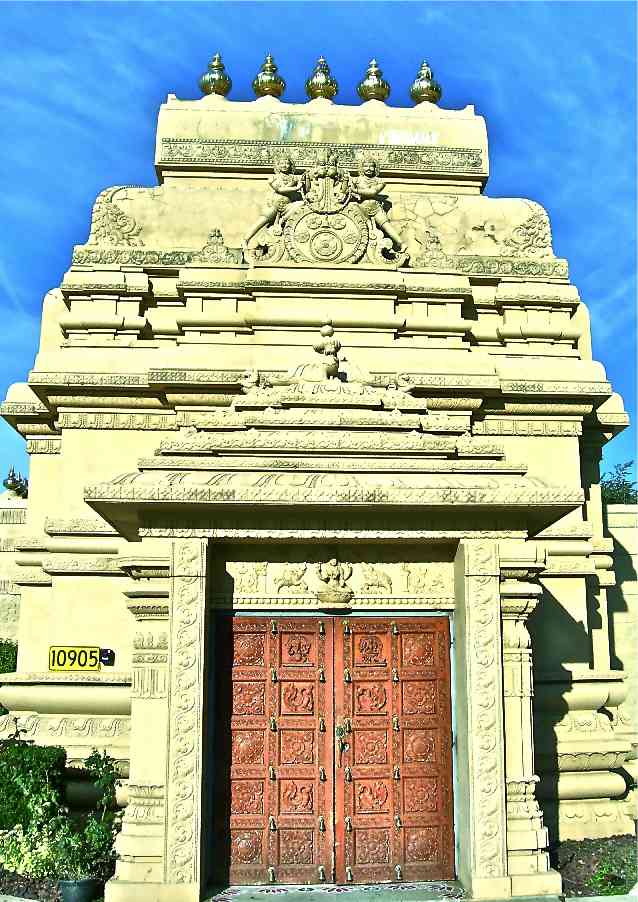 |
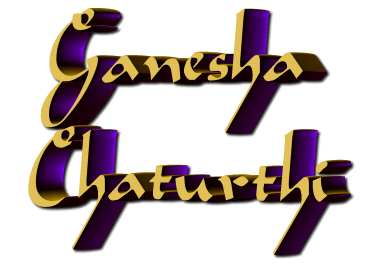
Wednesday - September 19th, 2012
Green Dragon Society
Members Attended
Ganesha Chaturthi, a Hindu Festival, celebrated
on the occasion of the birthday of Lord Ganesha. This festival falls on
the fourth day (Chaturthi) of the bright fortnight of Bhadrapada month,
of the Hindu calendar, around August-September. It is the day when Lord Shiva declared his
son Ganesha as superior to all the gods. The festival lasts for 10
days. It is celebrated all over India, and outside India it is
celebrated widely in Nepal and by Hindus in the United States, Canada
and various other countries.
The ceremony began at 8:30 am, and
progressed through the day. This powerful Puja
brings in good luck and prosperity, and curbs all the impediments, on
the way to success. |
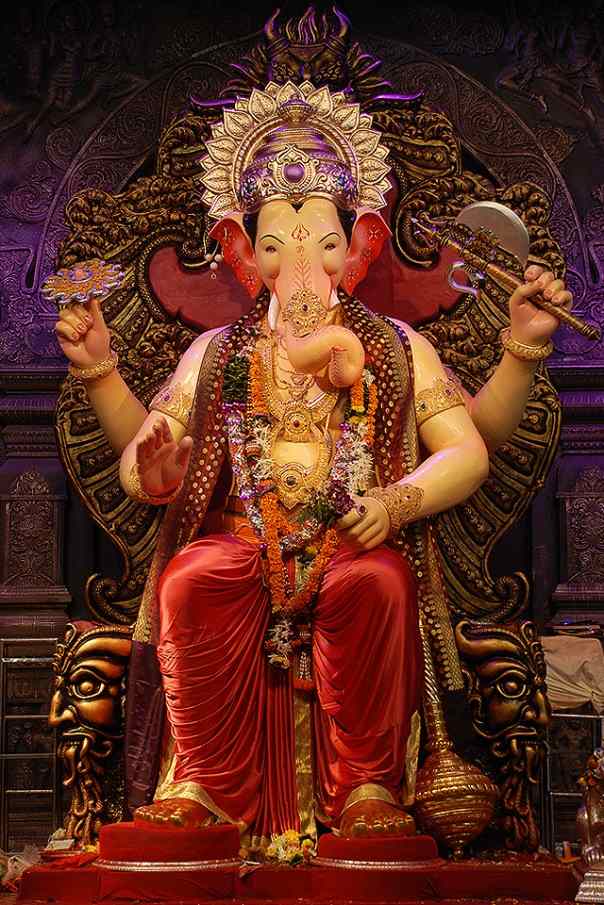
Lord Ganesha |

A Homam is a ritual where offerings are made into a
sacred fire, said to have descended from the Vedic concept of fire
rituals, or homa. In the traditional aarti ceremony, the flower
represents the earth (solidity), the water and accompanying handkerchief
correspond with the water element (liquidity), the lamp or candle
represents the fire component (heat), the peacock fan conveys the
precious quality of air (movement), and the yak-tail fan represents the
subtle form of ether (space). The incense represents a purified state of
mind.
Lord Ganesha is the chief deity of this powerful Puja.
He is considered the "God of Luck" and he blesses his devotees
with smooth success in all their endeavors! Shri Ganesha is remembered
by all his devotees at every moment of their lives. Ganesha is the
remover of all obstacles in life. Shri Ganesha is the symbol of
auspiciousness, a miraculous combination of an elephant and a human,
with four hands to bless his devotees.
The god of good fortune and wisdom, is one of the most popular Hindu
deities. People call upon him at the beginning of any task, because his
blessing ensures success. Ganesha is portrayed as a short man with a pot
belly, four hands, and an elephant's head, with one tusk. He is the son
of Shiva, the Hindu "God of Destruction", and his wife, Parvati.
Lord Ganesha and the mystical syllable AUM. The
sacred AUM is the most powerful Universal symbol of the divine presence
in Hindu thought. It is further said to be the sound which was generated
when the world first came into being. The written manifestation of this
divine symbol when inverted gives the perfect profile of the god with
the elephant head.
How Hindus Worship |
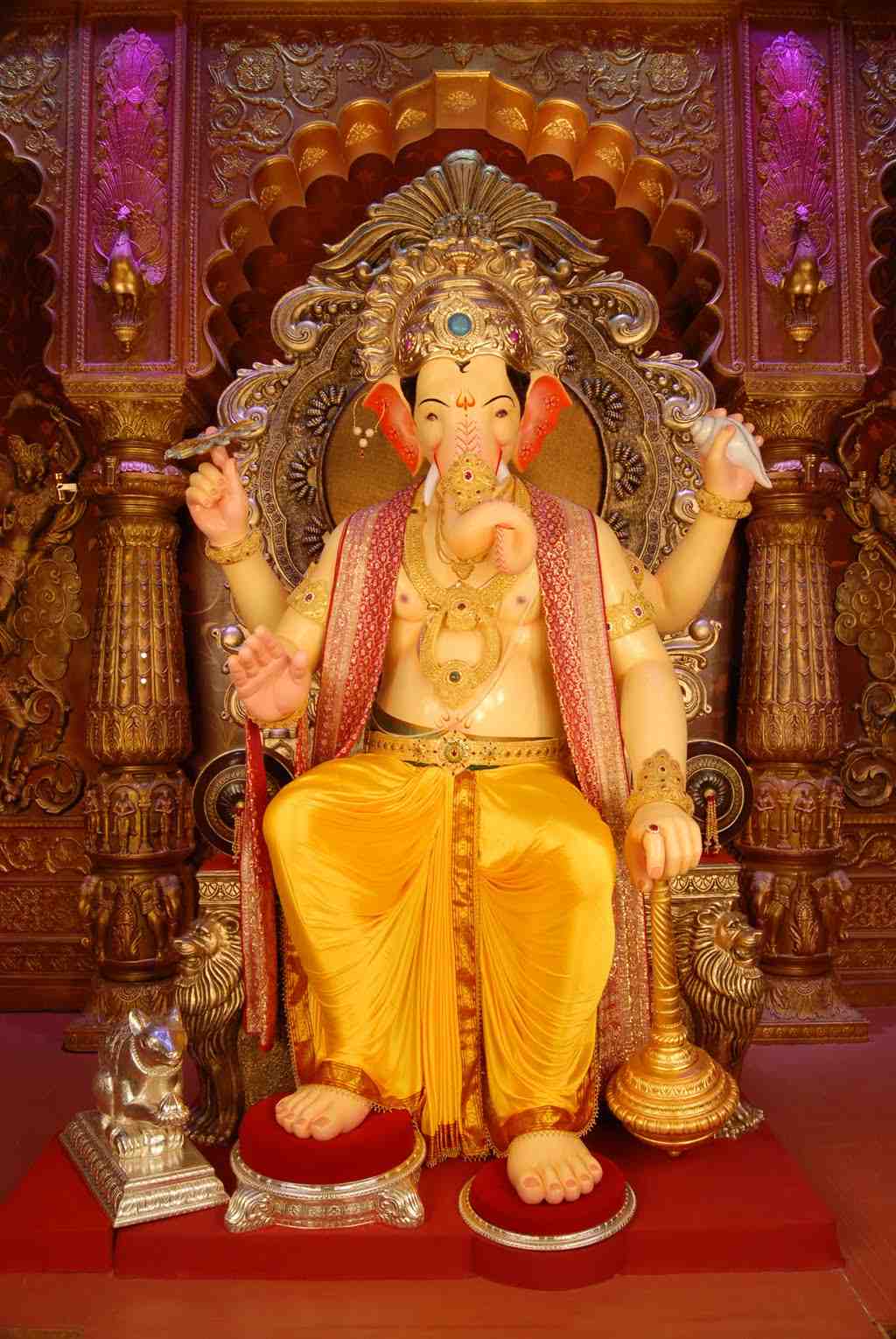 |
Puja is the act of showing reverence to a god, a spirit, or another
aspect of the divine through invocations, prayers, songs, and rituals.
An essential part of puja for the Hindu devotee is making a spiritual
connection with the divine. Most often that contact is facilitated
through an object: an element of nature, a sculpture, a vessel, a
painting, or a print.
During puja an image or other symbol of the god serves as a means of
gaining access to the divine. This icon is not the deity itself; rather,
it is believed to be filled with the deity's cosmic energy. It is a
focal point for honoring and communicating with the god. For the devout
Hindu, the icon's artistic merit is important, but is secondary to its
spiritual content. The objects are created as receptacles for spiritual
energy that allow the devotee to experience direct communication with
his or her gods.
How is puja celebrated? Wherever puja is performed it includes three
important components: the seeing of the deity; puja, or worship, which
includes offering flowers, fruits, and foods; and retrieving the blessed
food and consuming it. By performing these sacred acts the worshiper
creates a relationship with the divine through his or her emotions and
sense.
How are sculptures incorporated into worship? Hindu sacred sculptures
are used to help devotees understand the incomprehensible divinity.
These images may be anthropomorphic, that is, having a human likeness or
they may be abstract. Whether made of clay or of gold, all these
sculptures are considered equally sacred. Hindu images serve as visual
metaphors to express the invisible divine reality. Although many images
of Hindu gods, goddesses, and saints are believed to be always filled
with the spirit of the deity they represent, others are bathed and
dressed to invite the deity or saint to enter the image temporarily.
Hindus believe that if proper care is not taken of a temple's images,
the deity will abandon the temple. Hence priests reside at the temple
and take care of the gods' needs. |
|
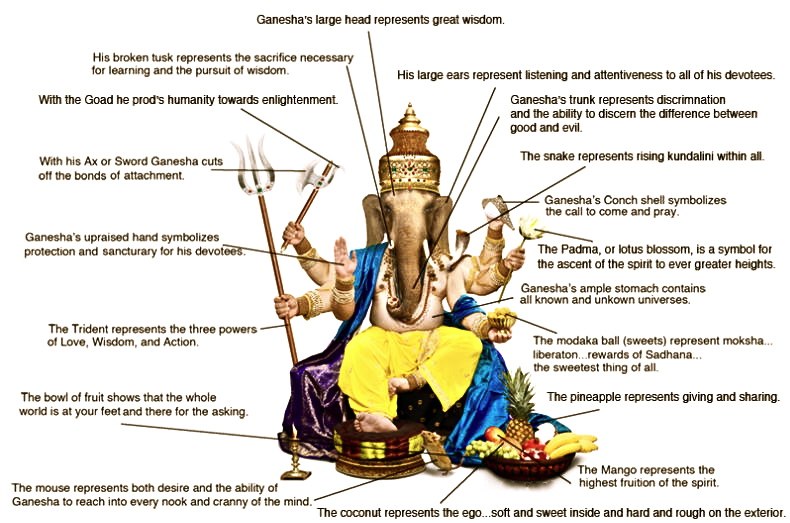 |
|
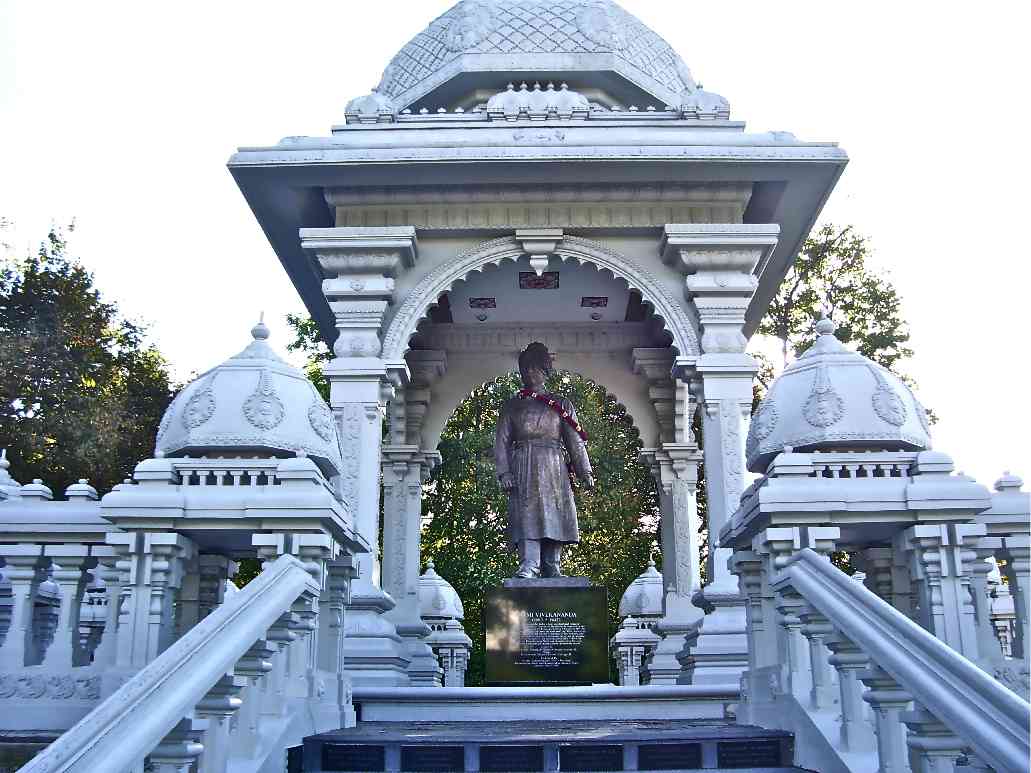
Swami Vivekananda Monument |
|
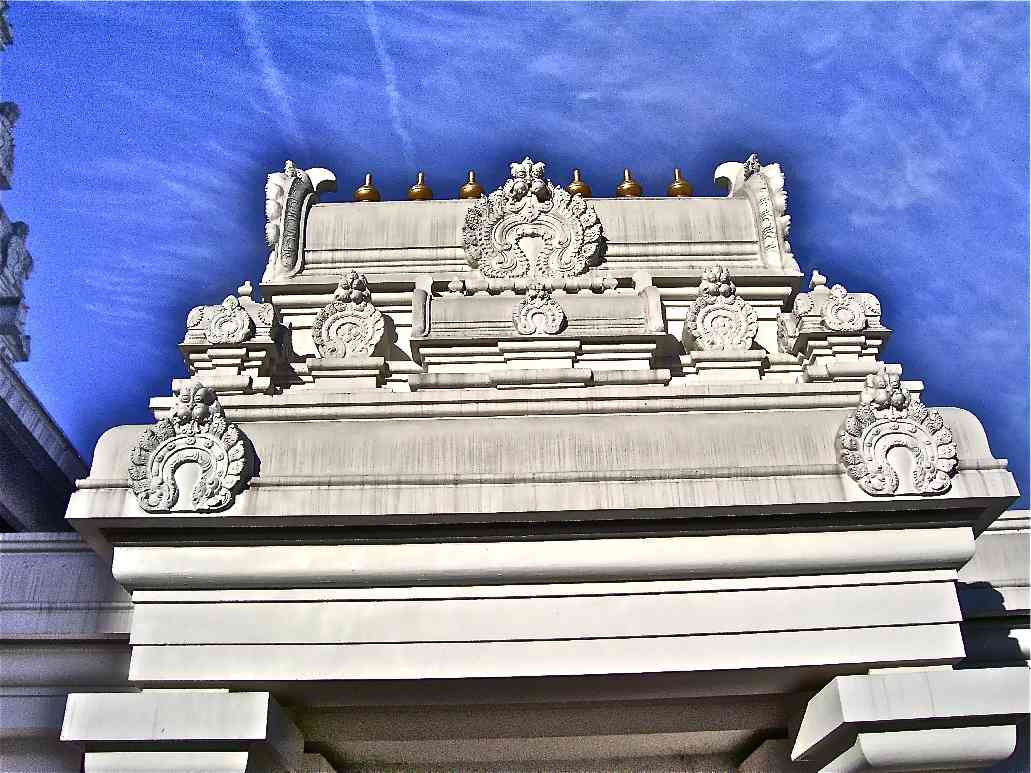
Rama Temple Motifs |
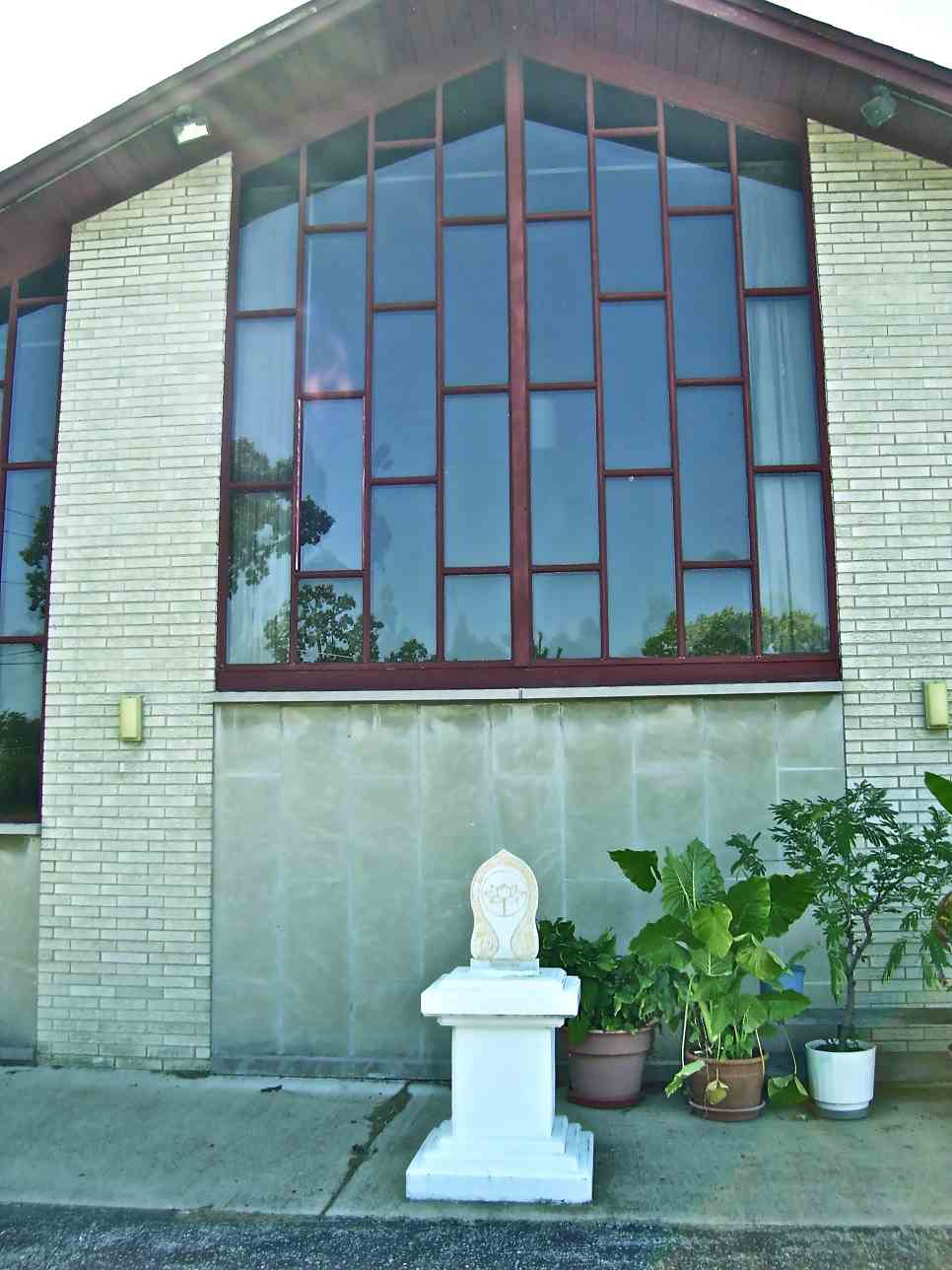 |
A Theravat Buddhist Temple
Thailand
Offering practice in Meditiation and Chanting everyday
Phone: (630) 789-8866
Fax: (630) 789-2071
Hours
Daily
6:00 - 7:30 am Morning Chanting & Meditation
7:30 - 9:00 pm Evening Chanting
Sunday
9:00 - 10:45 am Dhamma Talk in English
11:00 - 11:30 am Offering alms to monks
11:30 am - 1:00 pm Morning chant by laity & lunch for congregation
Wednesday - September 19th, 2012
Green Dragon Society
Members Attended
Private Meditation Session
|
|
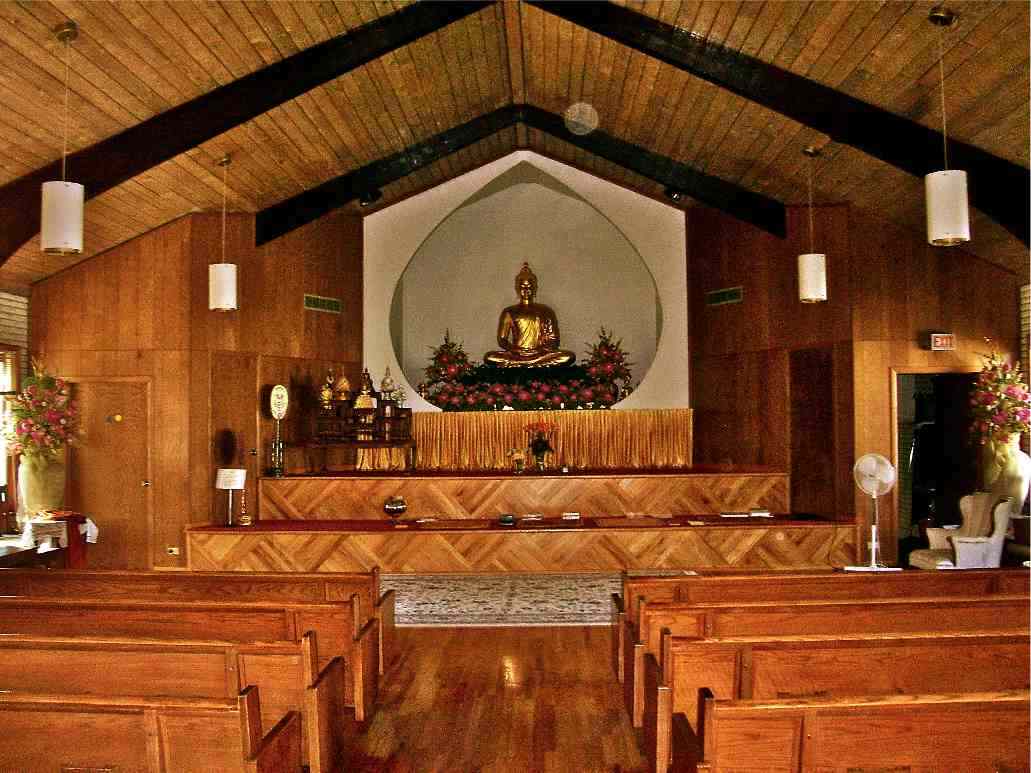
Dharma Assembly Hall |
|
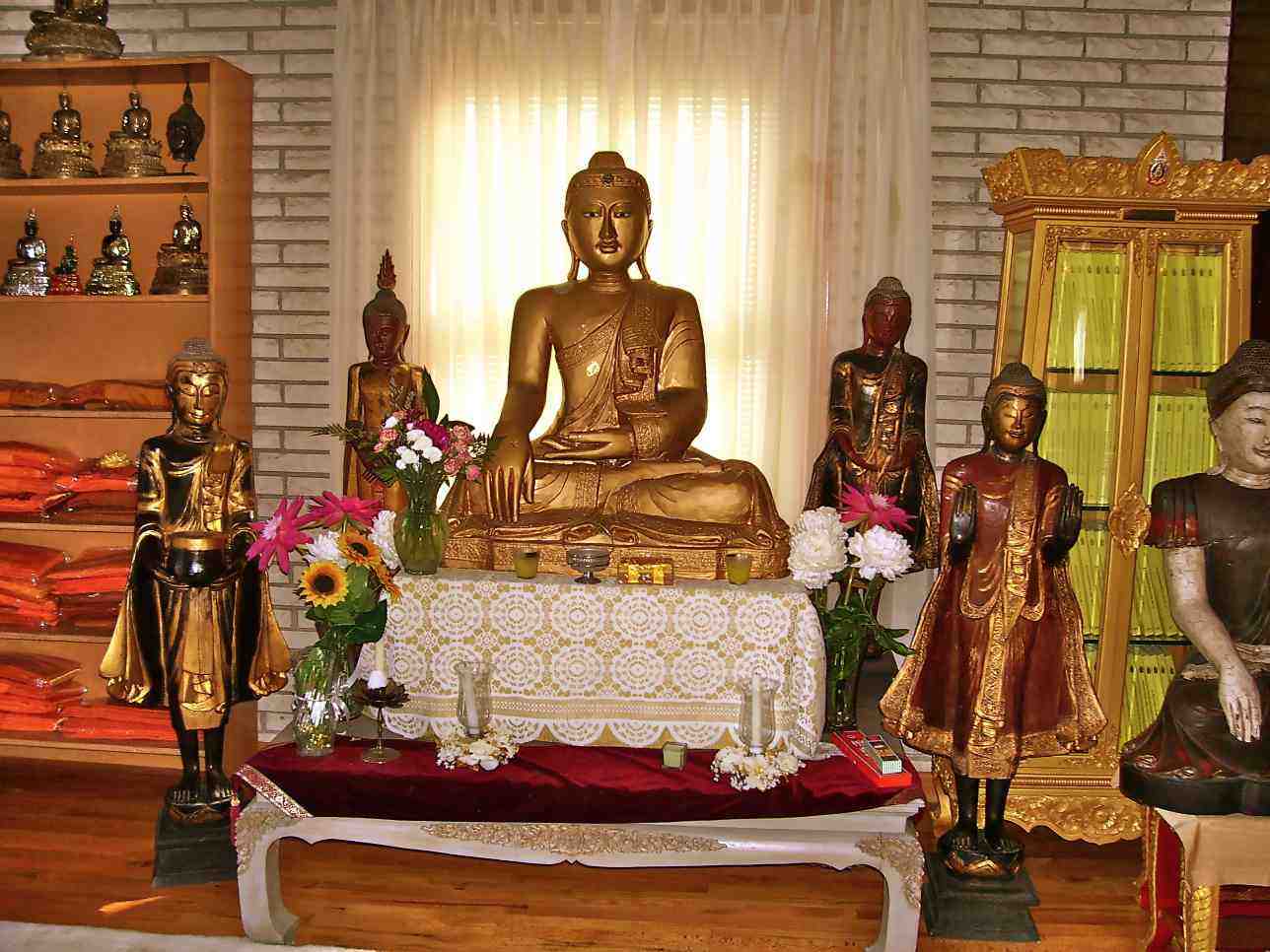 |
|
Antique Buddha Collection |
|
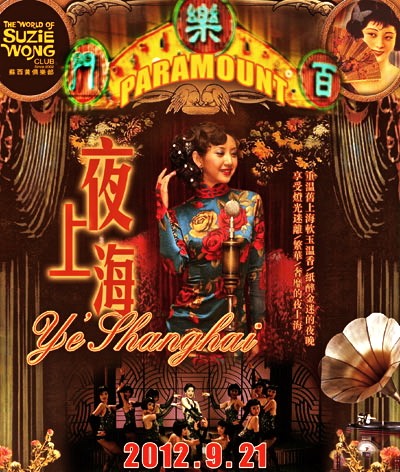 |
Friday - September 21st 2012
Green Dragon Society
Members Attended
Beijing China
One of the most Anticipated parties of September
On September 21st, 2012, the
"Days of Old Shanghai" was reawakened
by Suzie Wong's fabulous yearly event “Ye’ Shanghai”
The look of the evening was ladies adorned in beautiful cheongsam
(better known as Qipao, the Mandarin gown) and men dressed in a
Kung Fu style traditional look or fine suits and hats
reminiscent of the 1920's
of old Shanghai. Suzie Wong's is part
1930s Shanghai opium den and part postmodern lounge.
Club
Suzie Wong
Costume Party - Dressing up in 1920's Attire
Booking: +86-10-6500 3377 |
Love it or hate it – there’s no ignoring the gravitational pull of
The World of Suzie Wong. The bar started the whole Chaoyang West
gate scene all but single-handed, and is virtually the only Beijing bar
known across the globe.
Named after a famous literary prostitute, The World of Suzie Wong
has been the undisputed queen of the Beijing nightlife scene. The Hong
Kong opium-den-style venue is spread over several floors: a nightclub in
the basement, divans upstairs, and a roof terrace on top. |
|
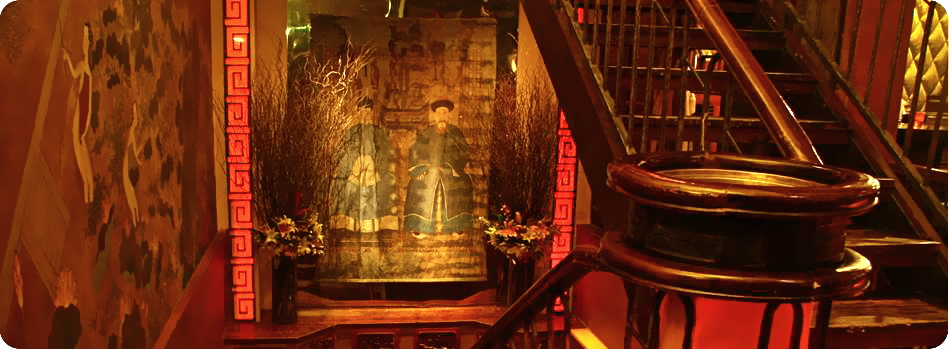 |
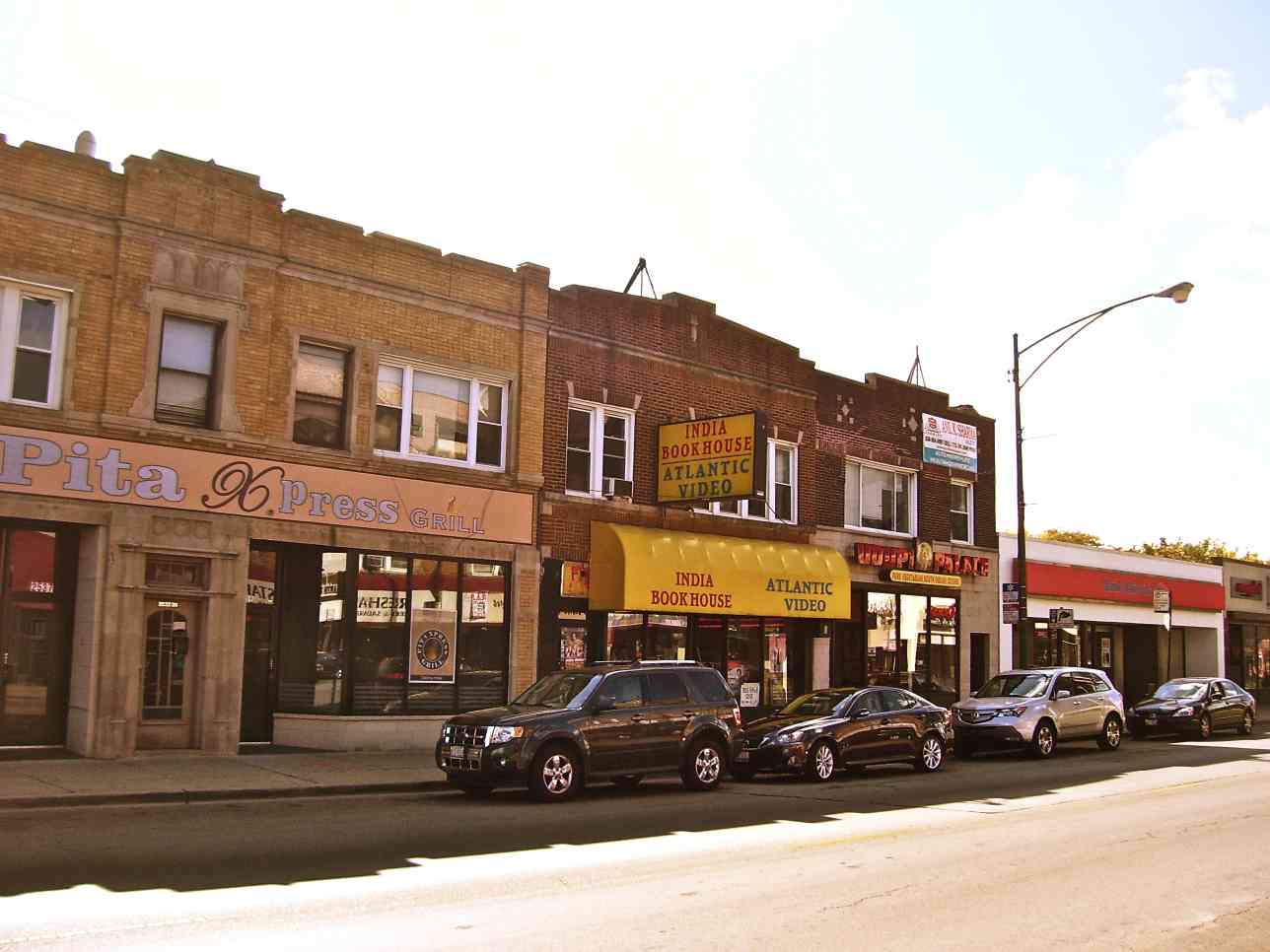 |
 |
|
Little India Neighborhood
On Chicago's north side along Devon Avenue, between
Ridge and Kedzie, one of the most prominent Indian marketplaces in North
America can be found. Known unofficially as Little India or India Town,
it is in the West Ridge neighborhood of the city. Although mainly Indian
focused, Devon is the most intriguingly multicultural street in the
city, with businesses also run by Pakistanis, Iraqis, and Russians,
among others, and catering to Hindus, Jews, Muslims, Jains, Sikhs, and
Christians. 75 percent of the area’s residential population is Jewish
(predominantly Orthodox), but everyone in this ethnic melting pot gets
along just fine.
During warm weather, a day out in this area is a treat. Admire the
beautiful, brightly colored fabrics, the fine jewelry and the
handicrafts, the excellent collection of Hindu statuary available. Smell
the great food. Shop for exotic fruit and vegetables (as well as your
ordinary fare) at discount prices. Sample some Indian sweets. Hear the
music. It's almost like touring the Indian sub-continent without ever
leaving Chicago. On Devon up until California, you will pass non-stop
Indian and Pakistani businesses -- restaurants, groceries, sari shops,
music stores, book stores, video stores, electronics stores, butcher
shops and jewelers. Walk into one of the many groceries and inhale the
aroma of curries and other spices. Enjoy regional flavors -- from
northern India at India Garden, from the south at Udupi Palace, from
Pakistan at Sabri Nihari or Kahn BBQ, and this is just a sampling of the
street's dining options.
St. Henry Church, at Devon and Ridge Avenue, is on the
neighborhood's eastern edge, and is the site of the city's only
churchyard cemetery, consecrated in 1863. The parish dates to 1851. |
|
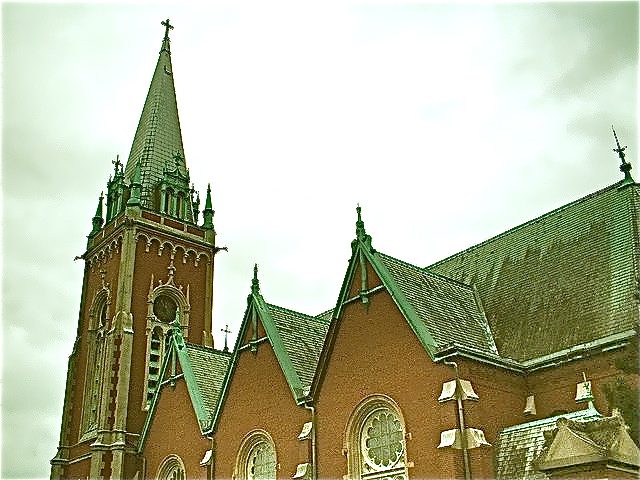
Saint Henry Church |
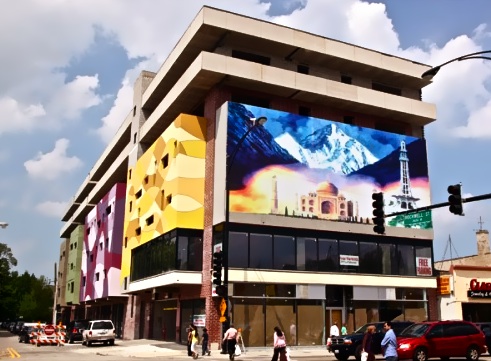
Devon Parking Structure |
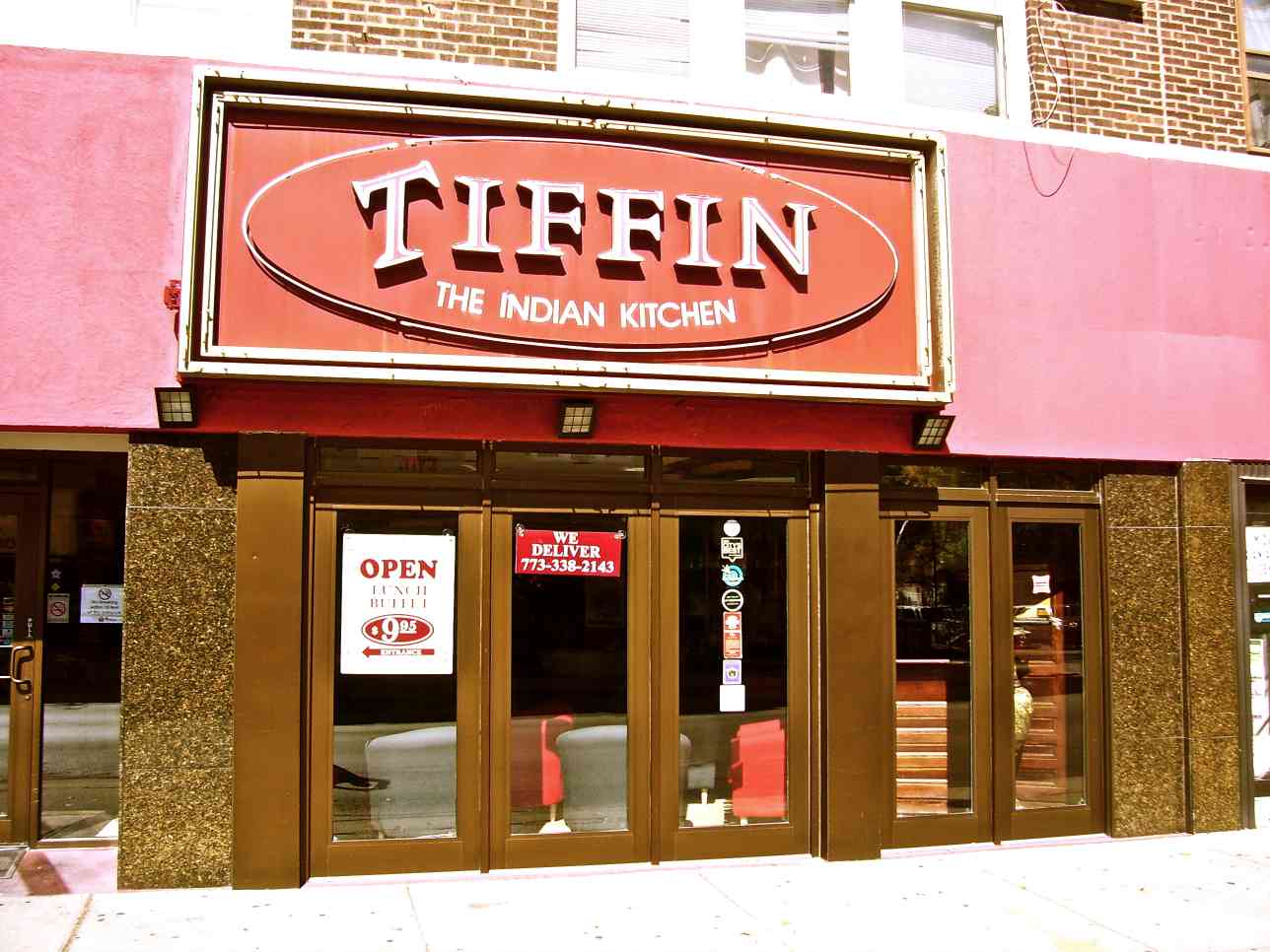 |
Tuesday - October 2nd, 2012
Green Dragon Society
Special Occasion
Members Attended - Buffet Lunch
Tiffin
Indian Cuisine
2536 West Devon Ave - Chicago
(773) 338-2143
Hours:
Mon-Sun: 11:30am-10pm
Sat-Sun: 11:30am-10:30pm
Serves: Lunch - Dinner
Features: Group Dining & Buffet
|
| The word "tiffin" in India refers to a home-made packed lunch for a
working man. In Mumbai, a man's wife prepares his tiffin every day
after he leaves for work. Then his tiffin joins thousands and thousands
of other tiffins, and is sorted, transported and delivered to him by an
army of "tiffin wallahs" in a complex and seemingly incomprehensible
system that rarely, if ever, delivers the wrong tiffin to the wrong man.
The dining room is Mahogany wood with a ceiling mural. The buffet
featured curried lamb and a variety of spiced Indian vegetable dishes,
naan bread, and sweet deserts. Everyone found the food seasoned nicely.
A real clay oven (Tandoor), and generations-old recipes, add authentic
flavor. The restaurant also has a full bar and lounge area. The
atmosphere is relaxed and subdued. The music was superb, unfortunately
they could not supply the name of the music when requested, as it all
comes over an internet channel. It was an enjoyable venue for our quiet
gathering. |
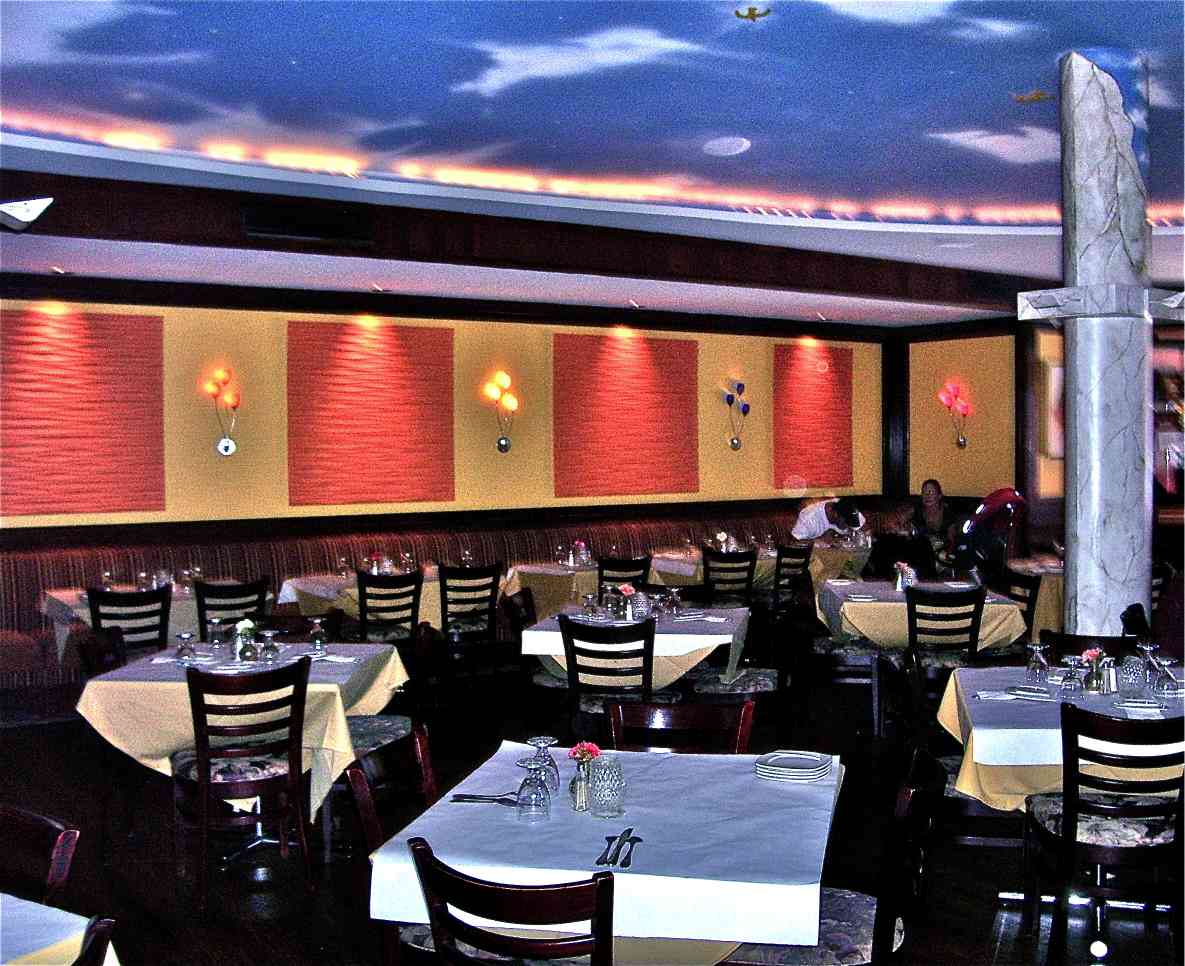 |
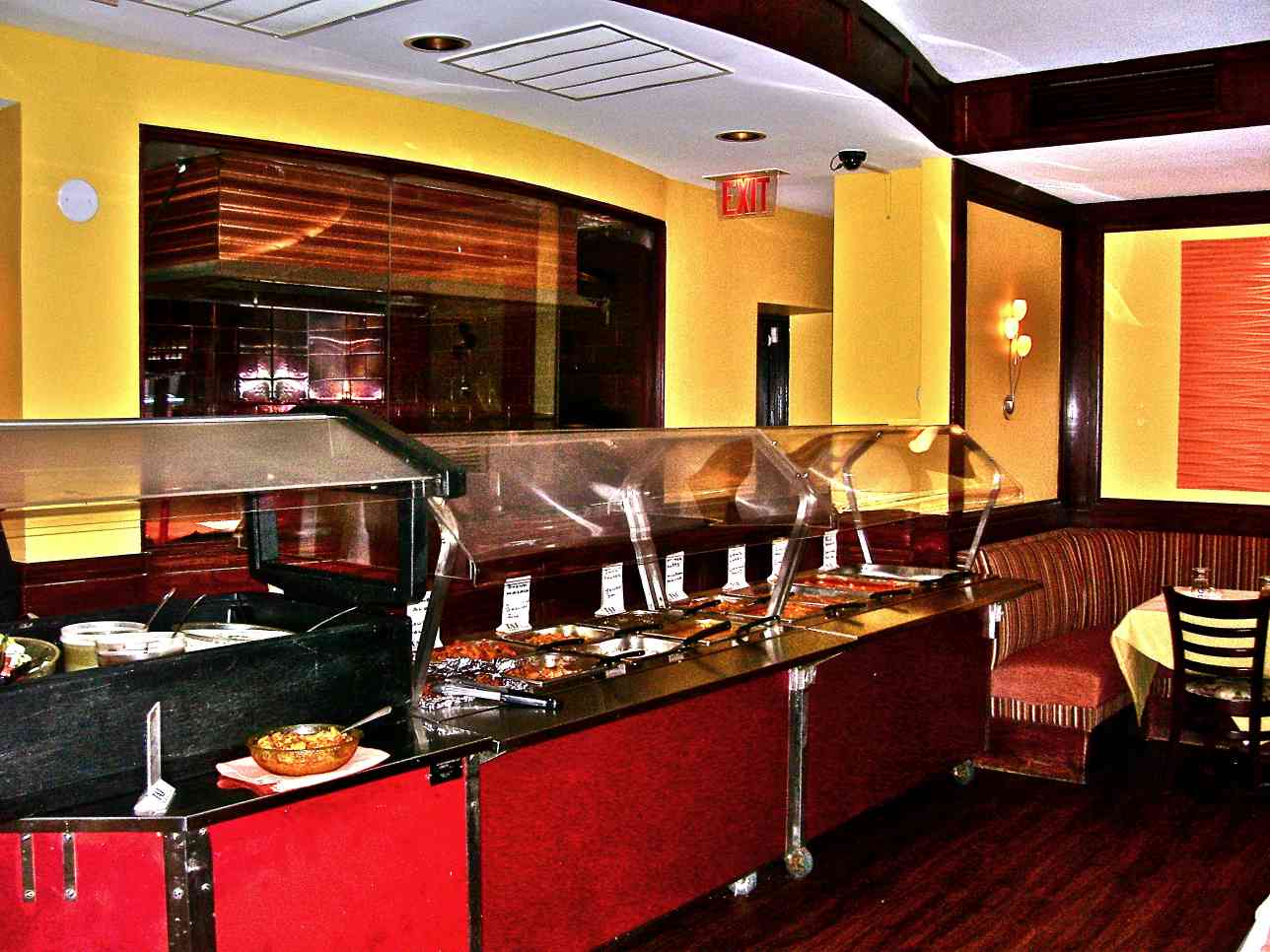 |
|
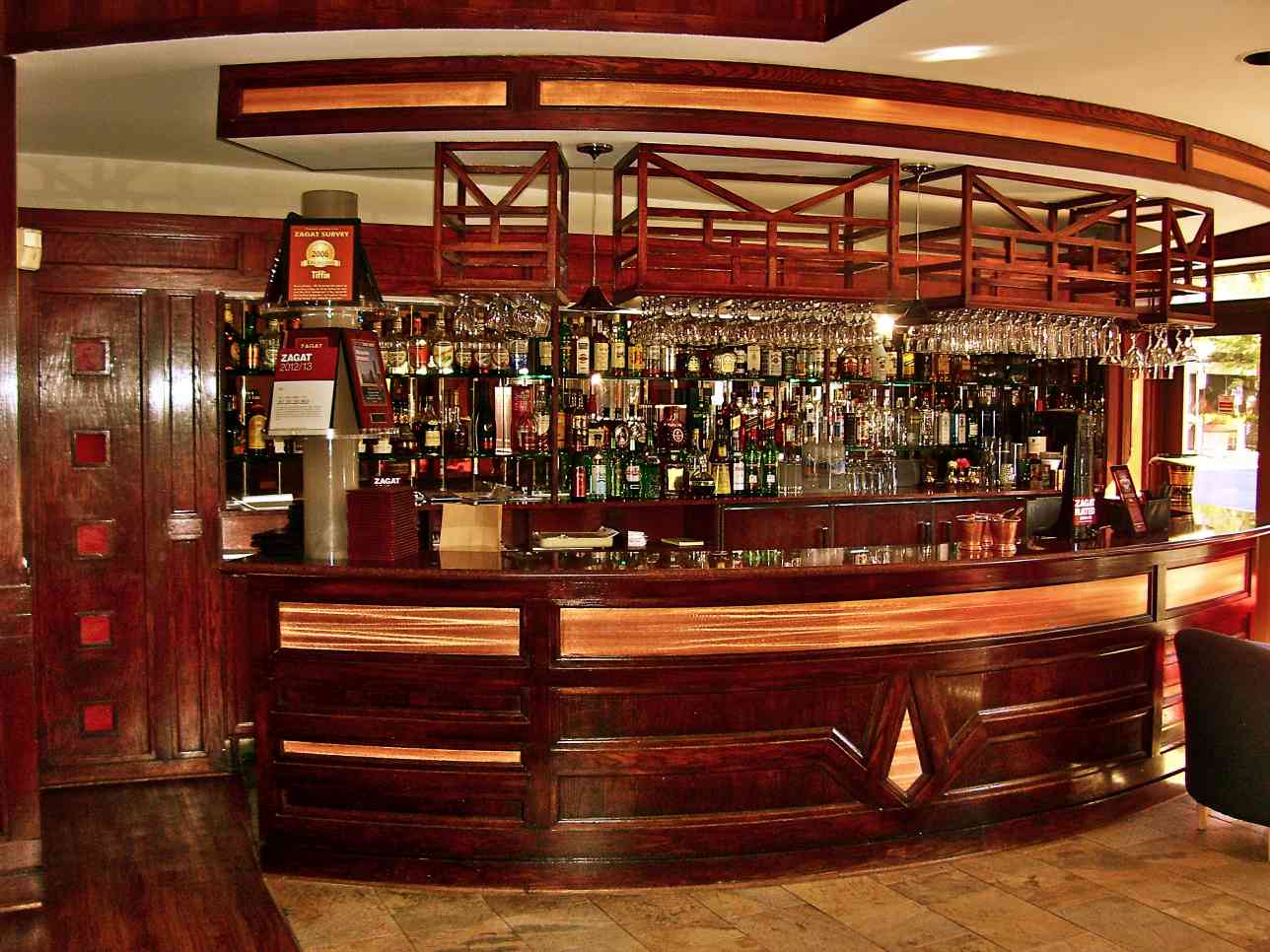 |
|
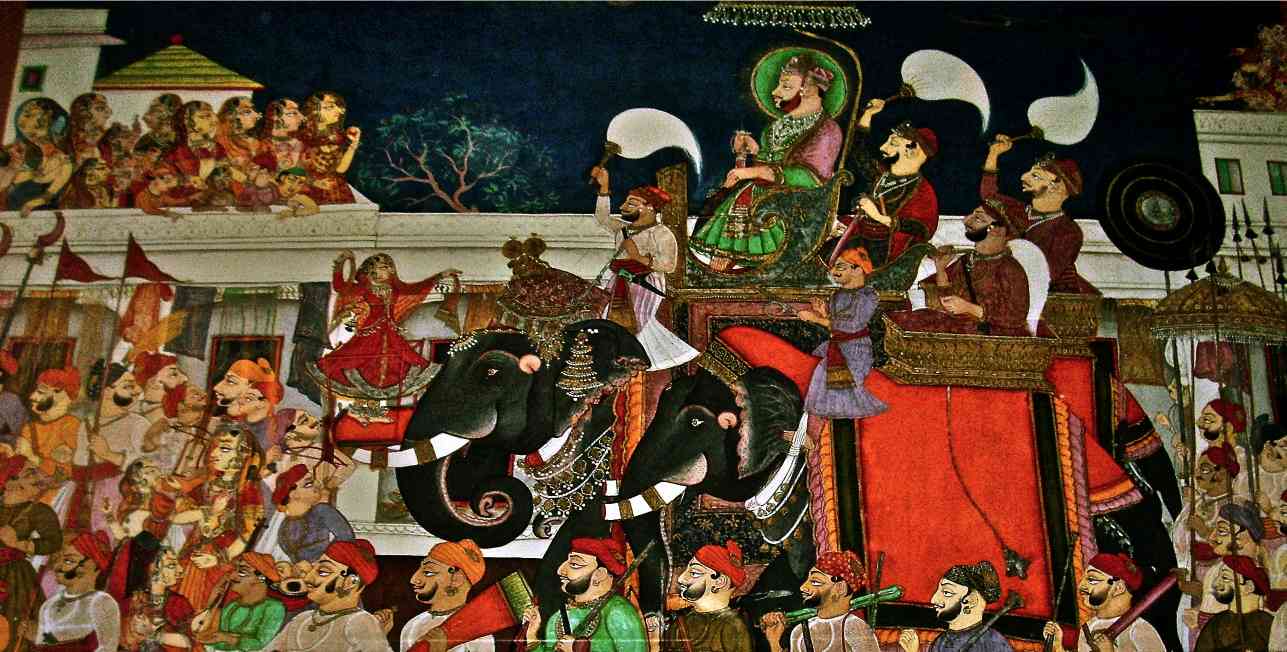 |
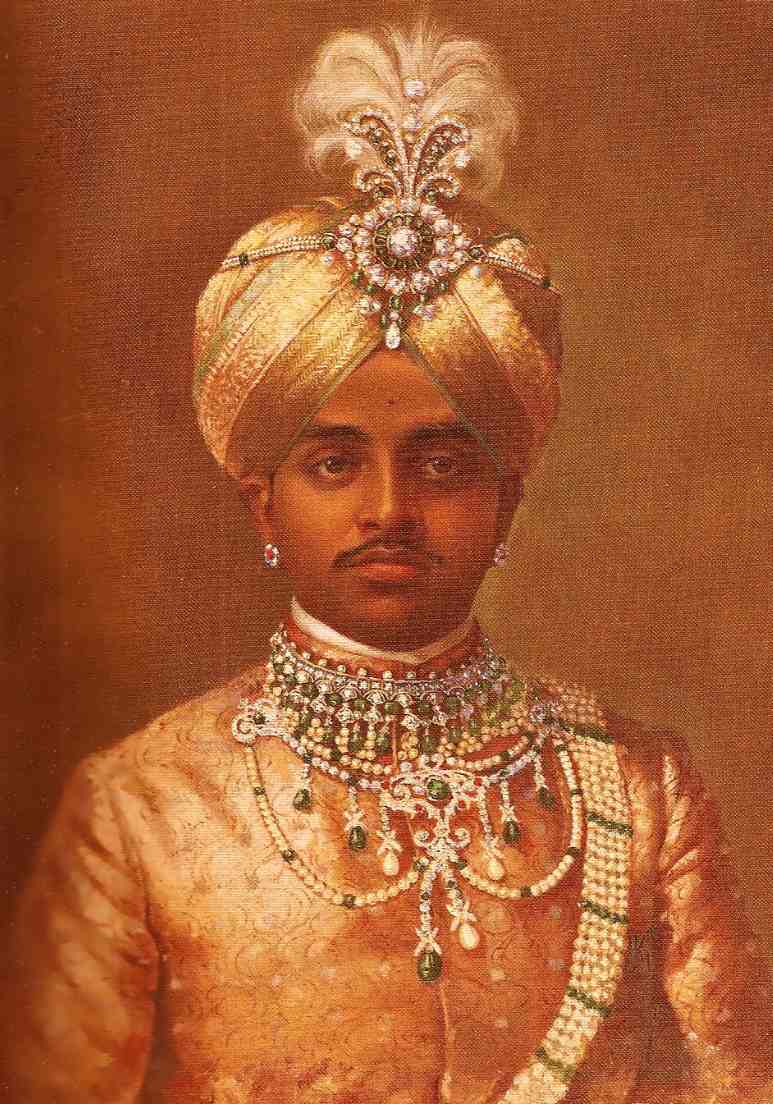 |
Discover the dazzling world of
India’s legendary rulers in The Field Museum’s latest exhibition -
"Maharaja: The Splendor of India’s Royal Courts"
This exhibition, organized by the
Victoria and Albert Museum, London, presents over 200 rare artifacts
including elaborate jewelry, ornate weaponry, royal costumes, and
stunning artworks. The exhibition re-examines the world of the maharajas
and their extraordinarily rich culture.
The word maharaja¸ or “great king”
recalls a turbaned and bejeweled ruler with absolute authority and
immense wealth. But this image fails to do justice to the maharaja’s
complex role in the cultural and political history of India.
From the pomp and circumstance
of a royal procession to the inner sanctum of a courtly palace, Maharaja
explores the world of India’s rulers from the 1700s to the 1940s taking
visitors through an era of great political change. The Field Museum is
the final venue on this exhibition’s world tour.
Sunday - October 14th, 2012
Green Dragon Society
Members Attended
Private: Members Only Exclusive Event
Itinerary
1) Complimentary breakfast in the East Atrium.
2) James Simpson Theater - comprehensive lecture and slideshow on the
Maharajas by Anna Jackson (keeper of the Asian Department at the
Victoria and Albert Museum, London).
3) After the lecture, viewing of "Maharaja: The Splendor of India’s
Royal Courts" exhibition, prior to the public opening on Wednesday,
October 17th, 2012. The exhibit remained opened the entire day for
Members Only! |
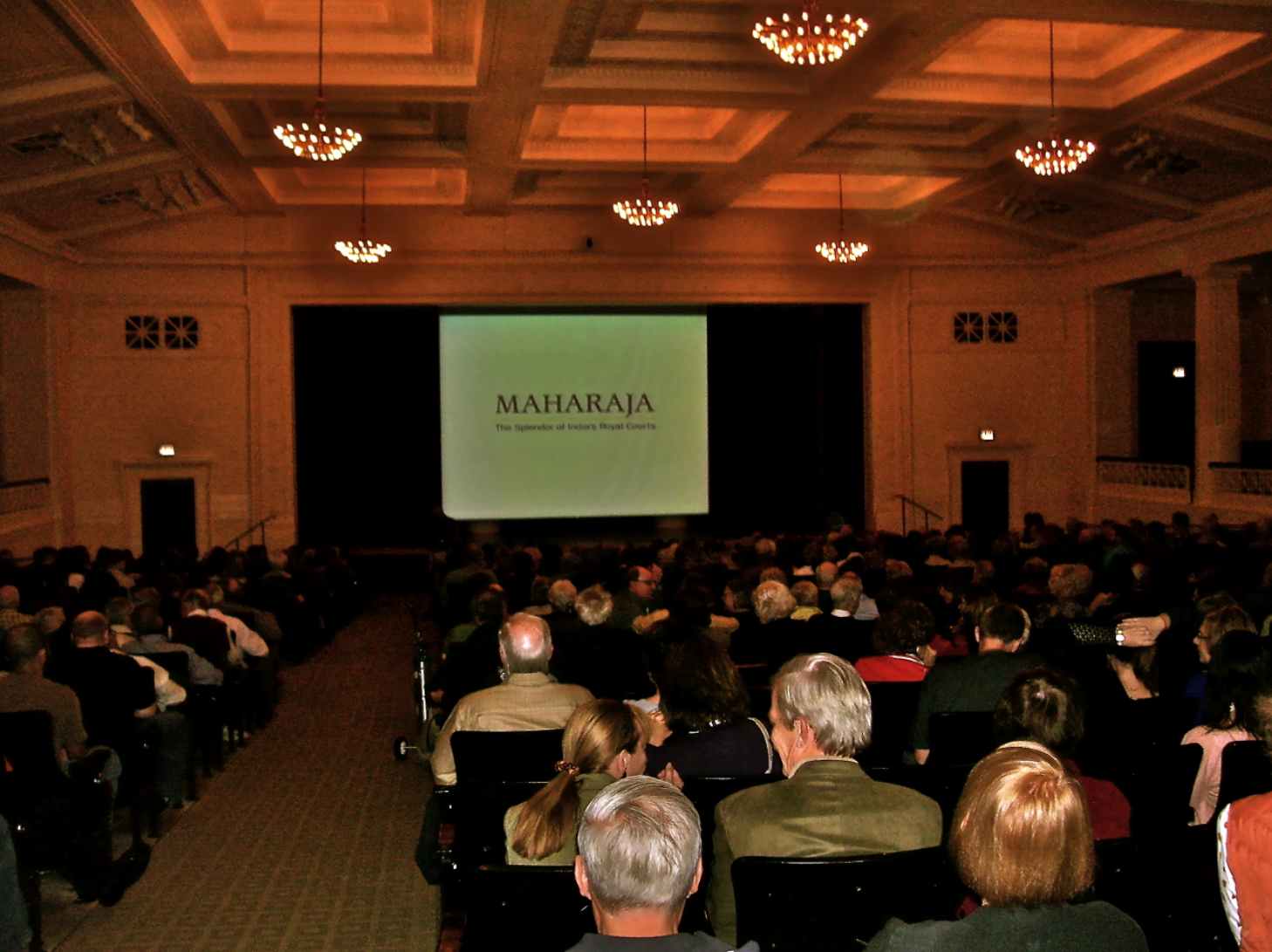
James Simpson Theater |
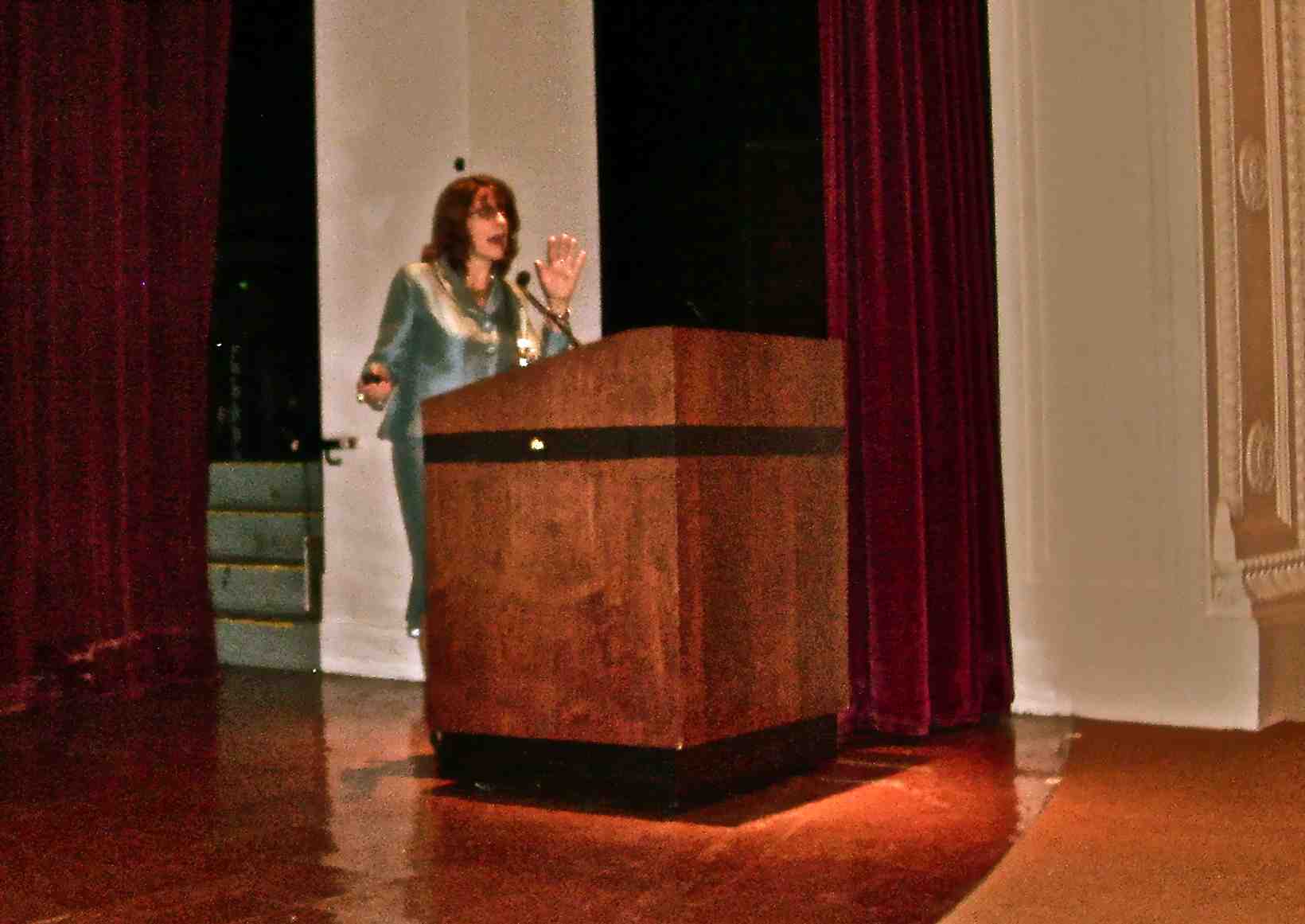
Anna Jackson - Lecturer |
|
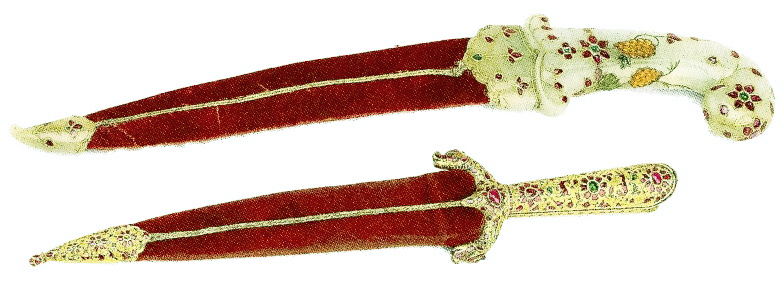
Pair of Daggers from Mughal Court . . . circa 17th Century -
Steel, jade, amber, rubies, emeralds and gold |
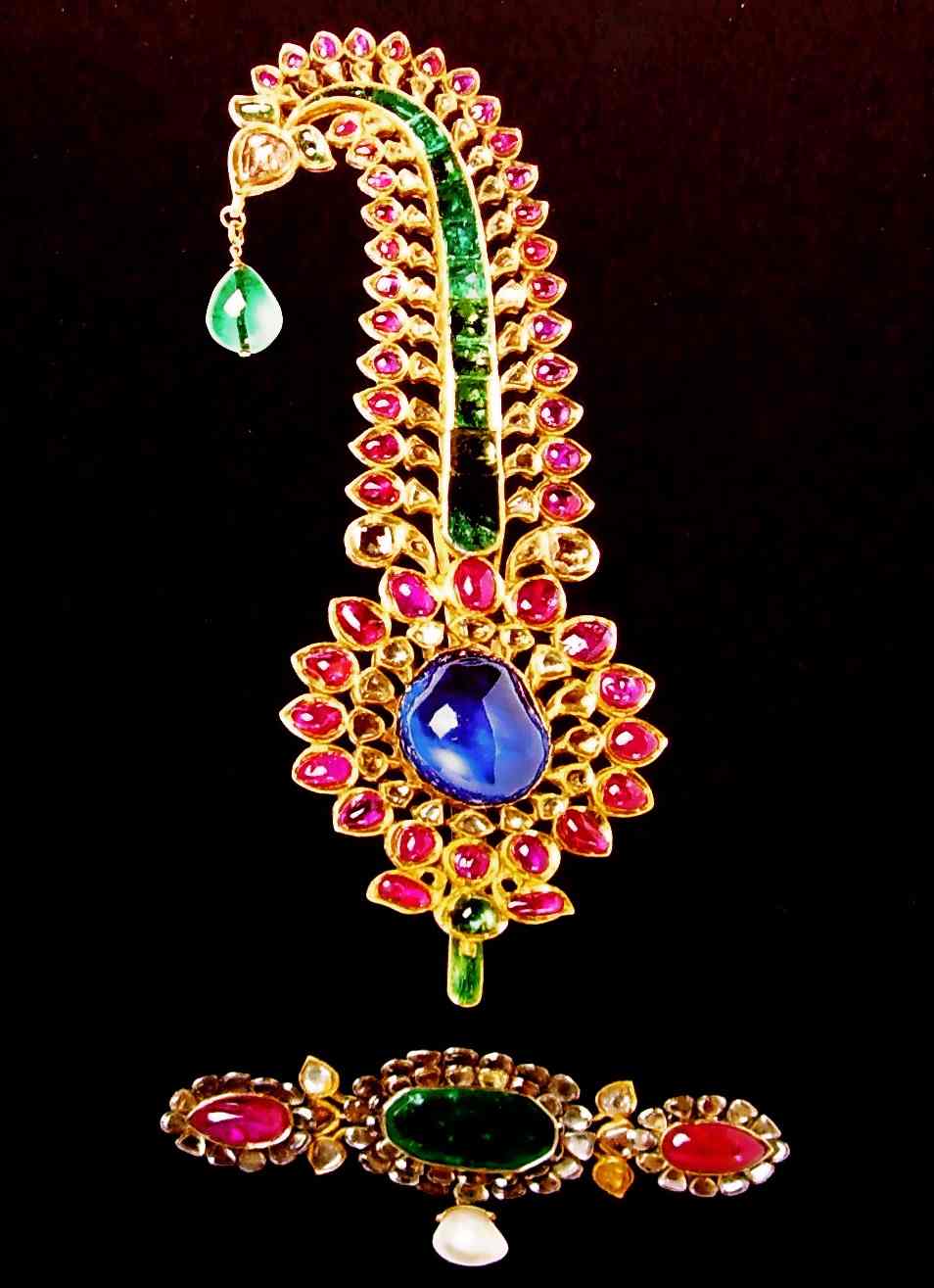
Sarpech - Jeweled Headpiece |
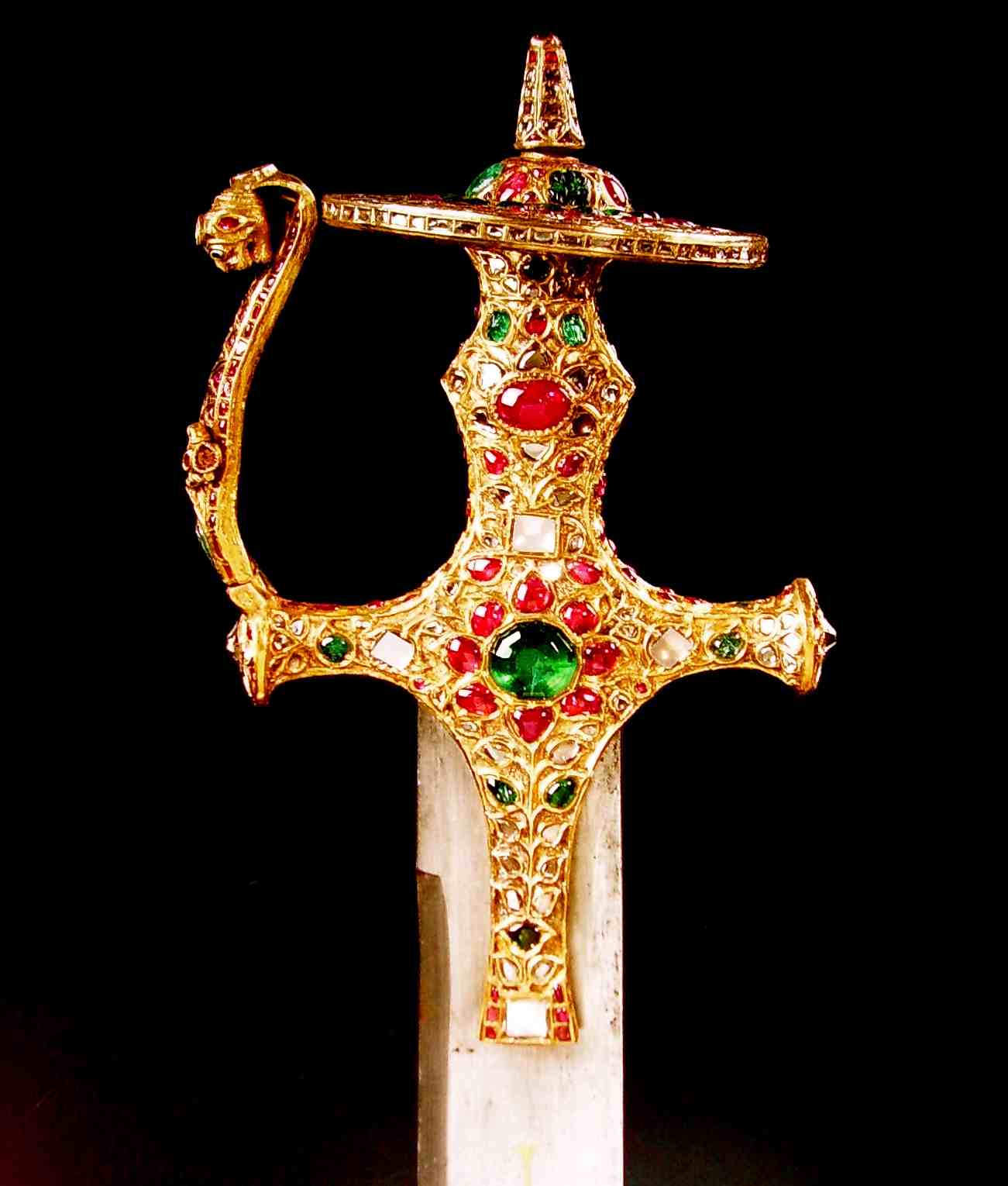
Maharaja Gold Jeweled Sword Hilt |
|
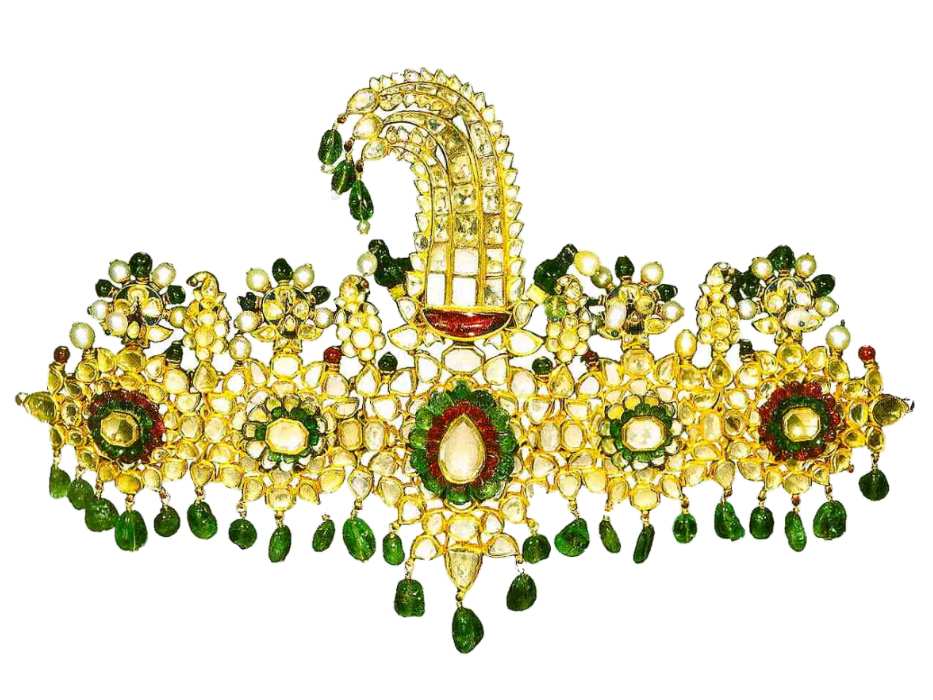
Sarpech - Jeweled Turban Diadem |
|
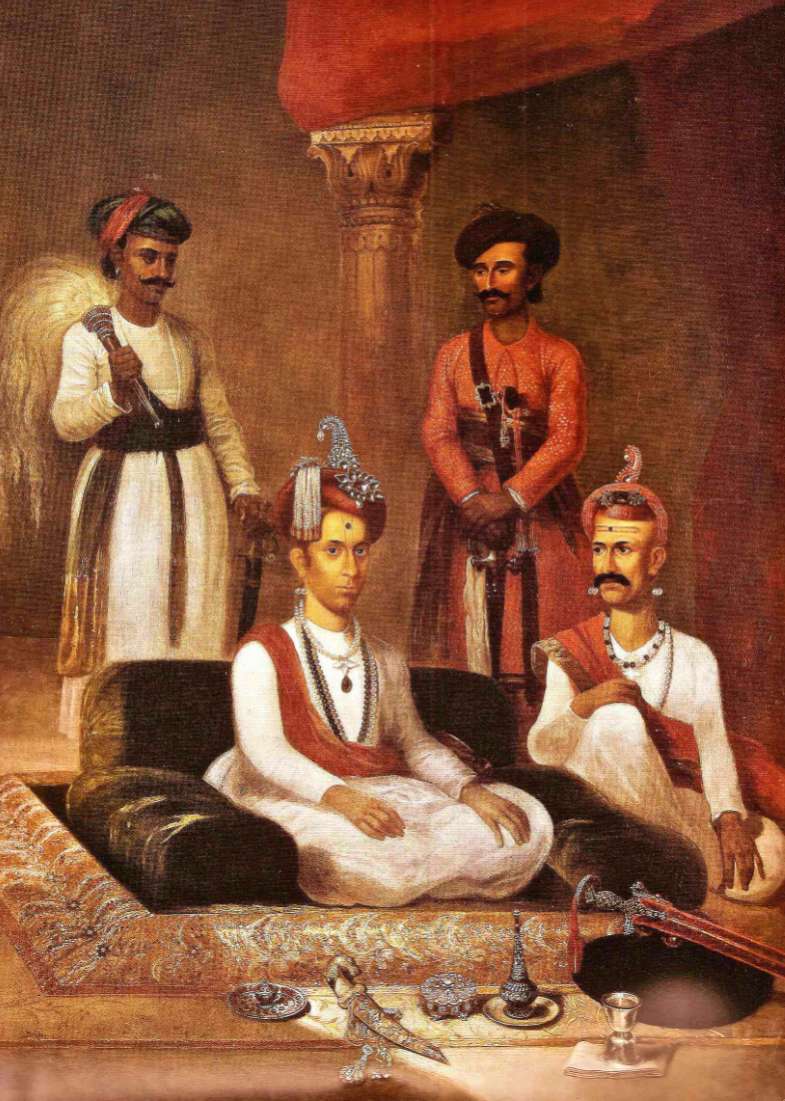
Peshwa Madhu Rao Narayan II |
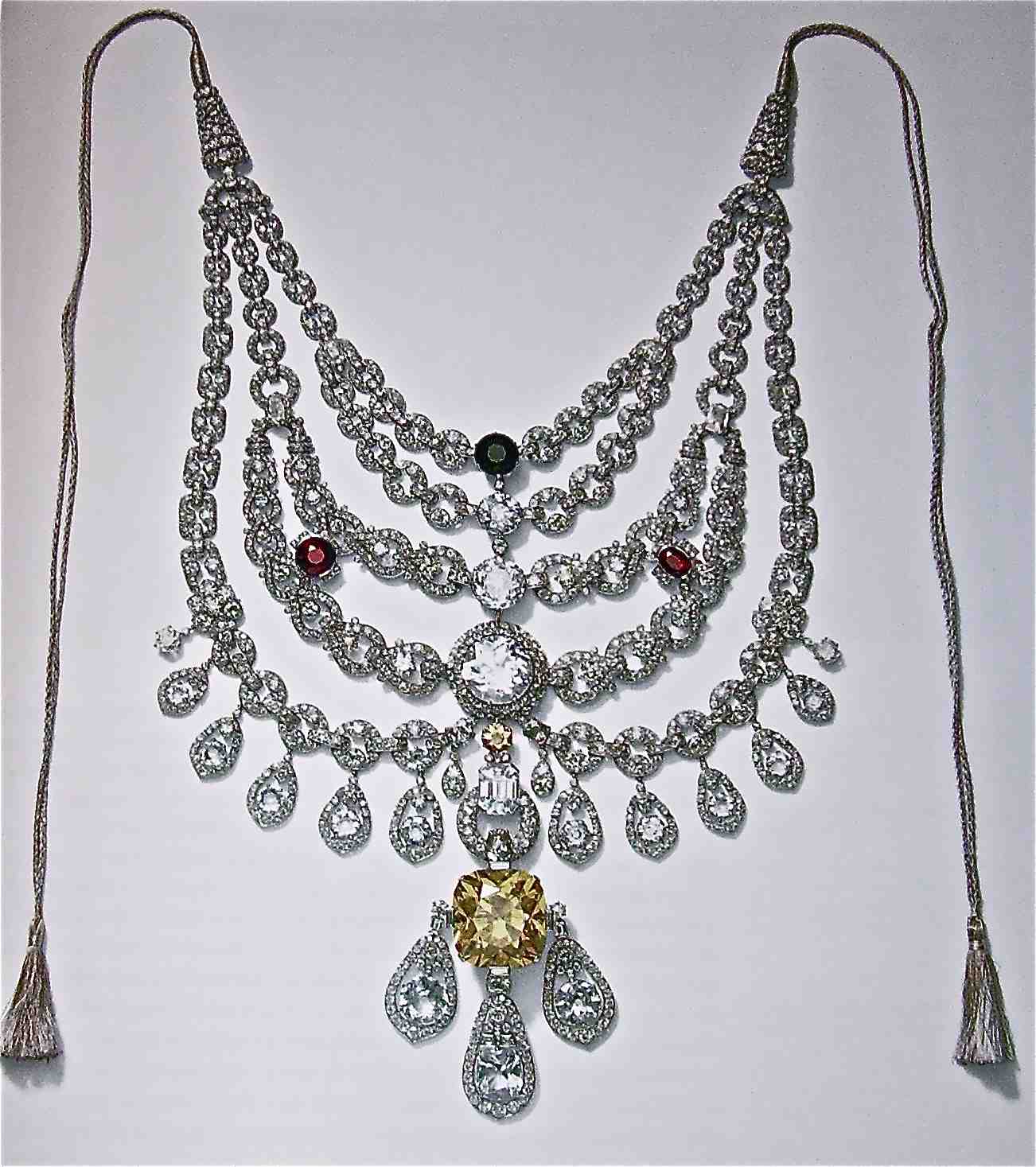
Maharaja Jewel Necklace |
|
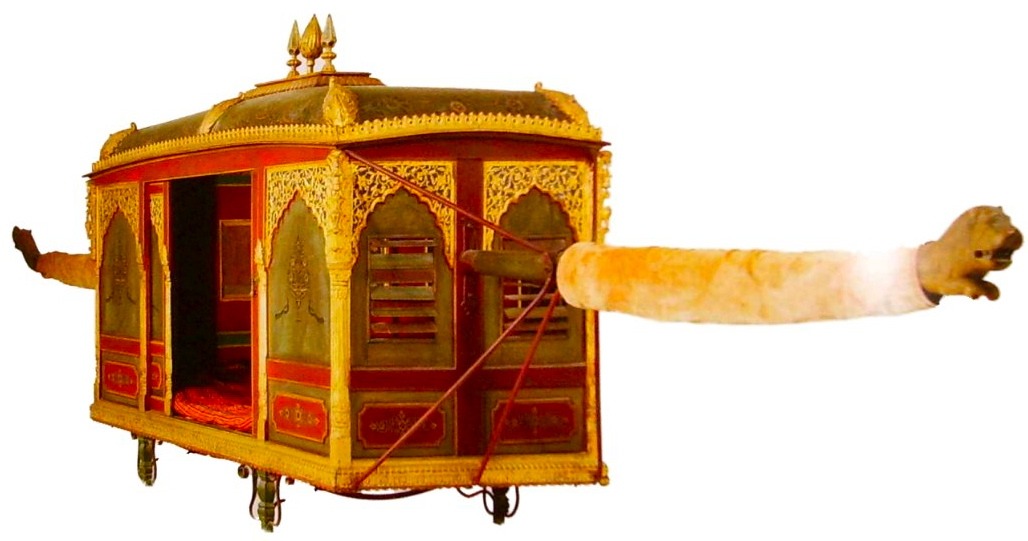
Royal Palanquin |
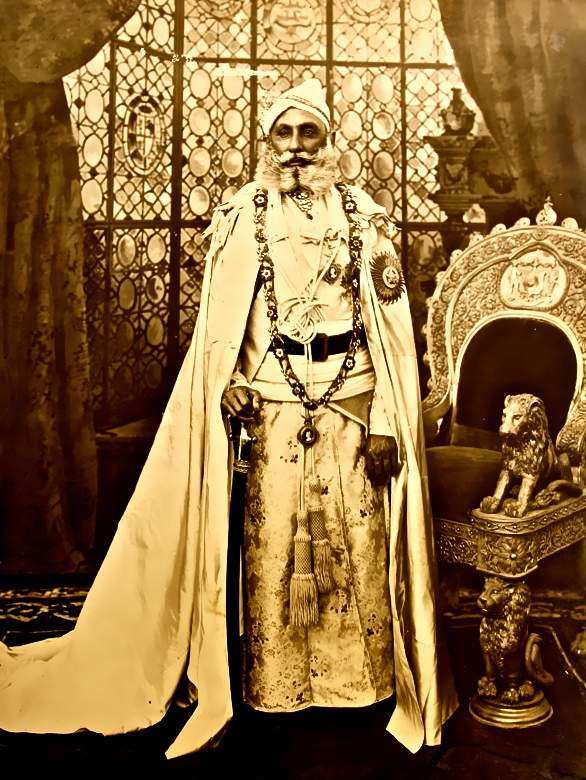
Maharana Fateh Singh |
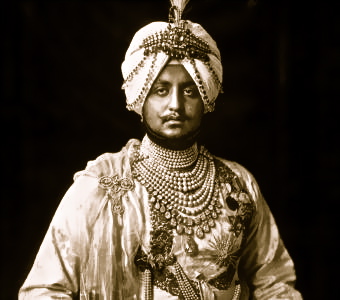
_Man%2018th%20Century.jpg)
Jeweled Kara (Bracelet/Men's) 18th Century |
|
_Man%20-%20North%20India.jpg)
Jeweled Bazuband (Arm Ornament/Men's) North India |
|
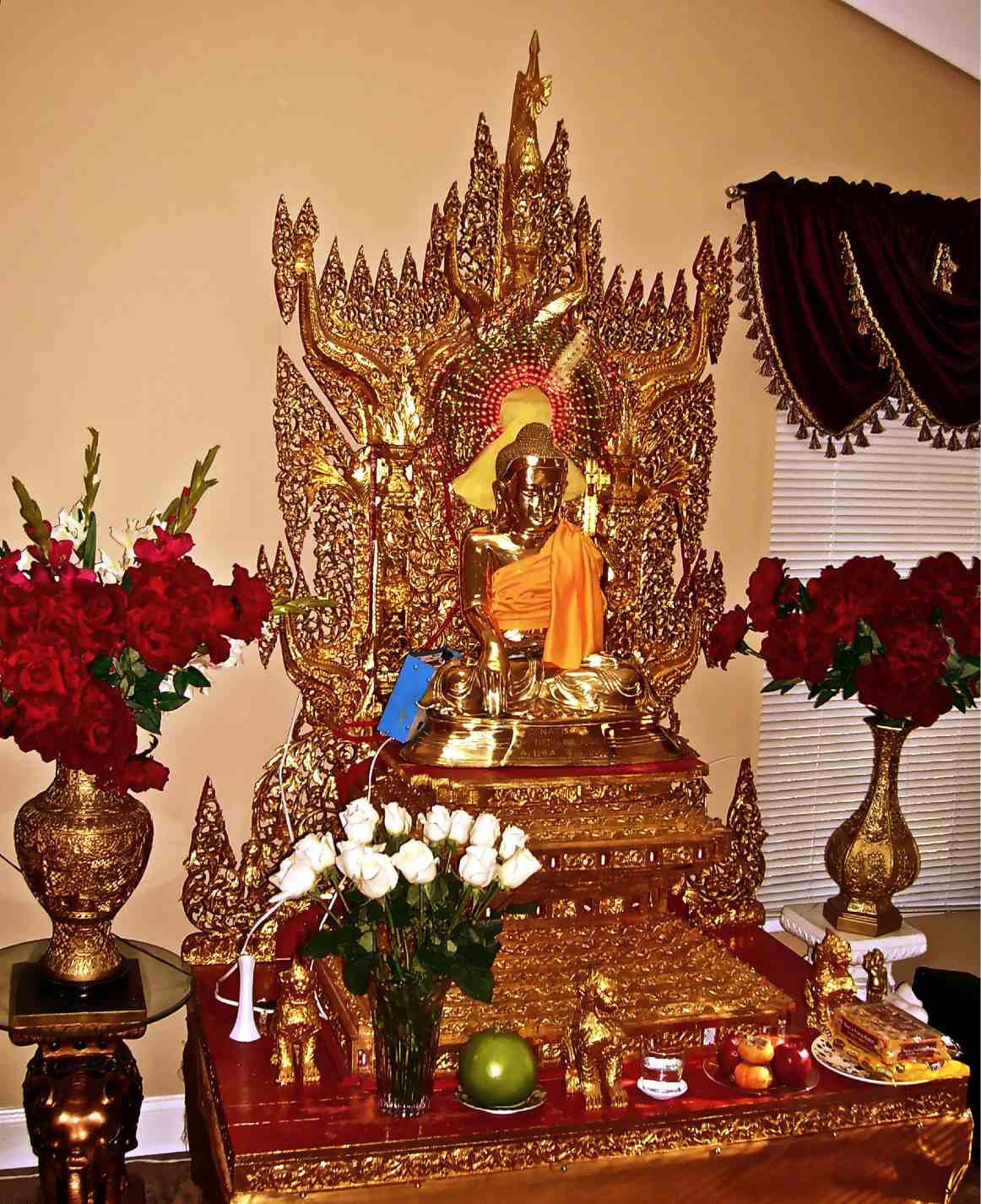 |
Rumi : God is like an Ocean, and religions are
like Rivers that all flow into the same Ocean
Burmese Buddhist Association
15W110 Forest Lane
Elmhurst, Illinois, 60126
Phone: 630 941-7608
www.bba.us
The
Burmese Buddhist Association of Chicago (BBA) was founded by a few
Burmese immigrants back in 1984. And the Association has grown
remarkably since then. We welcome all new comers from Burma and any
person interested to learn, participate, the teaching of the ways of
Lord Buddha through our Burmese Buddhist Religion, for friendship and
fellowship.
Sunday - November 18th, 2012
Green Dragon Society
Members Attended

|
| The Kathina Robe Offering is literally "Monks Robes" for
another year, donated by the Burmese Buddhists, to the impoverished
disciples of the Buddha who tend their temple. The chanting ceremony is for the attainment of
"Buddha Mind". Lunch was served to all participants at noon.
Every dish was traditionally prepared Burmese cooking by the families
belonging to the association. In some cases the recipe took two days to
complete. A huge cauldron of Burmese Fish Soup boiled, and everyone
received a bowlful, into which was added a variety of prepared
delicacies from the cuisine of Burma. The Burmese food being wonderfully
spicy, was never too much so. The deserts while a pleasure, were not too
sweet. The meal was deliciously harmonious.
Note: Burma is today officially called Myanmar, but to the old
immigrant members of the association it will always be Burma. |
|
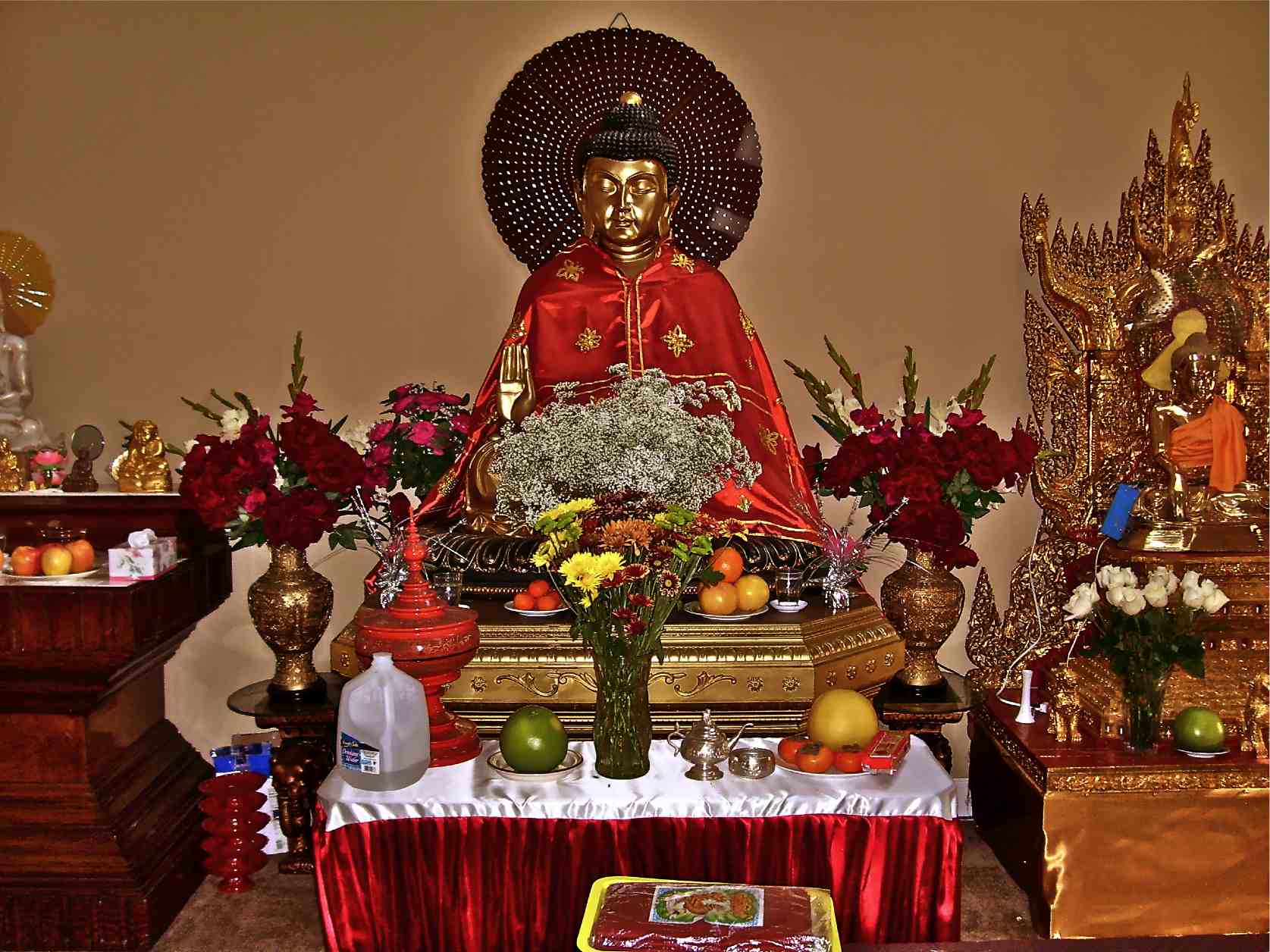
Burmese Buddhist Association
Altars |
|
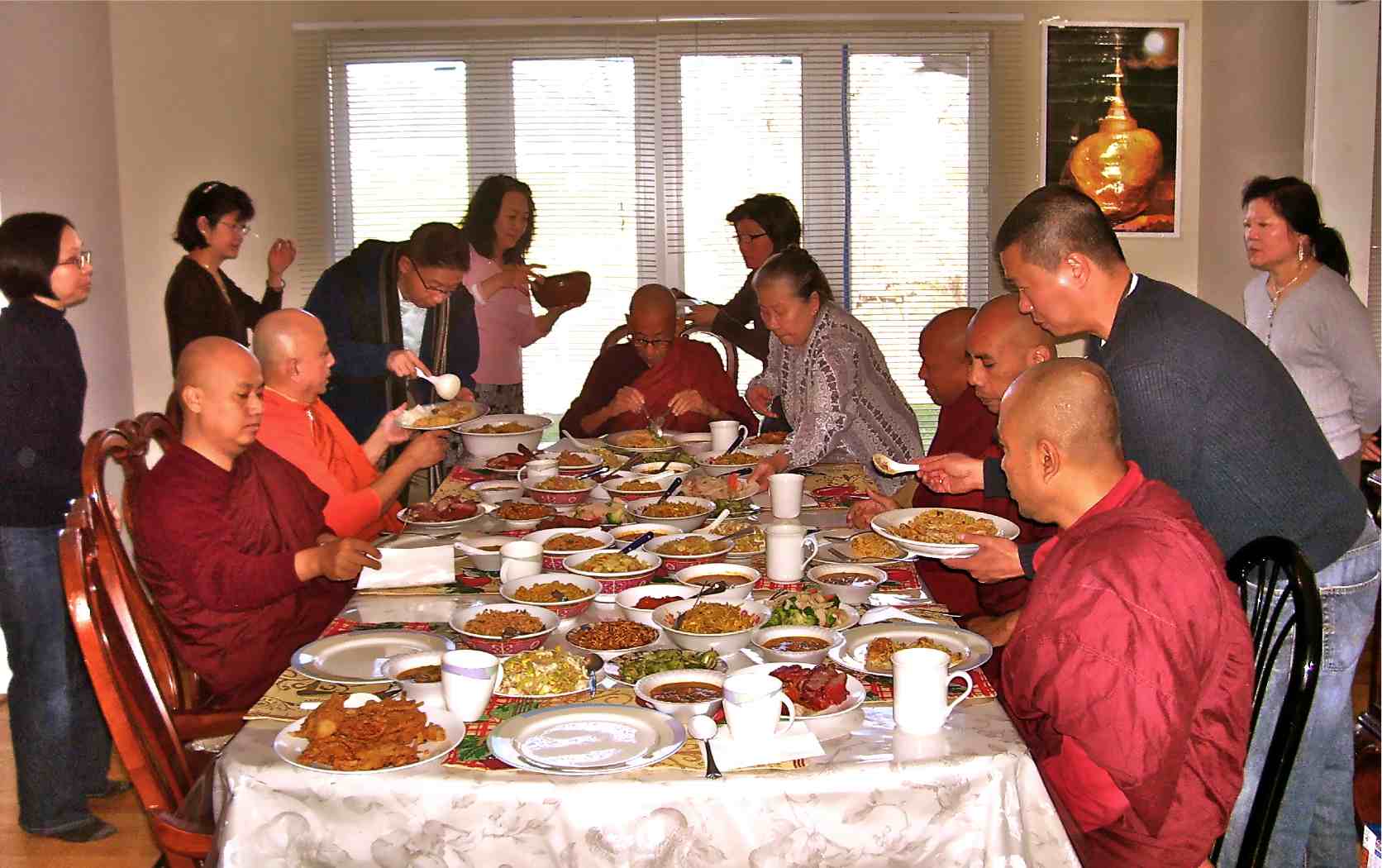
Burmese Buddhist Association Monks at Kathina Lunch
|
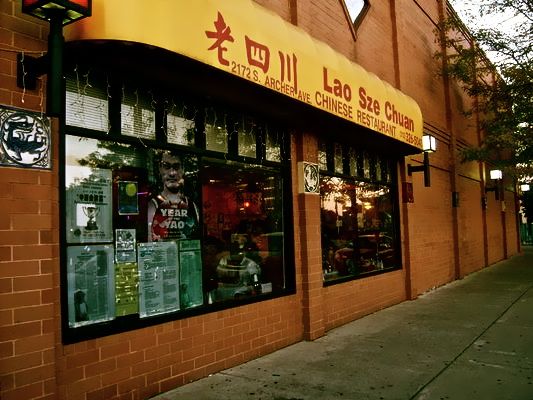 |
Friday Evening
December 21st, 2012
Green Dragon Society
Members, Students, & Guests, Attended
Winter Solstice - Holiday Season Gathering
Lao Sze Chuan Restaurant
2172 S. Archer Ave.
Chinatown Square Mall
Chicago, Illinois
Phone - 312 326-5040
Sichuan Cuisine
Centrally placed in China, Sichuan is a province
with many mountains |
| The dinner was excellently cooked to a perfection. In the Chinese
manner, besides the primary dish each person ordered, everyone spooned a
little food from any plate at table center, as their taste preferred.
For a usually busy Friday night, there were few patrons present in the
restaurant besides ourselves. The manager theorized most people stayed
home to sit out Mayan Doomsday. The prevailing Sichuan food consists
of popular dishes eaten by common people and characterized by pungent,
hot, strange, and salty flavors, and almost every dish has its own
unique taste. This is because many flavorings and seasonings are
produced in Sichuan Province. As a unique style of food, Sichuan cuisine
was already famous more than 800 years ago during the Southern Sung
Dynasty. Sichuan cuisine also has many delicious snacks and desserts. |
|
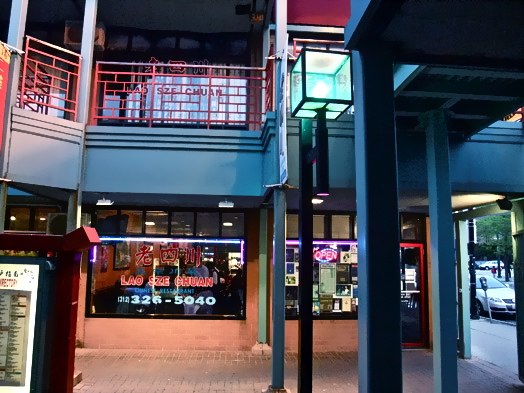 |
|
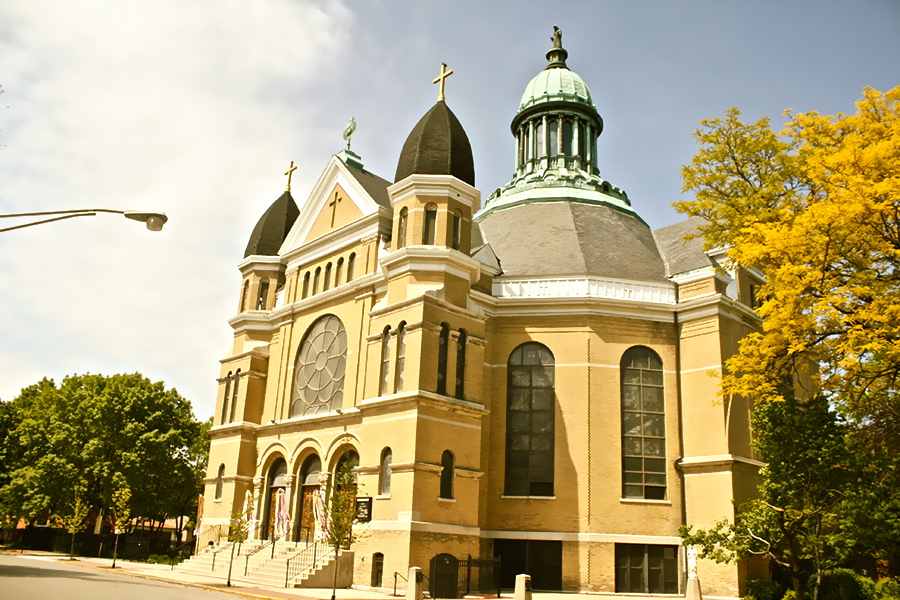 |
|
Notre Dame Catholic Church - Chicago
|
The Parish with Heart in the
Heart of the City
We are known as “The Parish With Heart in the Heart of
the City!” What does that mean? It means that we are a Catholic
Parish community with deep faith and concern for the larger city
and world that surrounds us.
| As believers, we are called into being through our
experience of the Paschal Mystery, the dying and rising
of Christ. This dying and rising makes us who we are!
We demonstrate our deep faith every week as we celebrate
Catholic Mass with joy and reverence. We share the Holy
Eucharist as well as the other Sacraments, devotions and
forms of prayer. We have a deep devotion to Our Lady,
Mary the Mother of God.
The church was founded in 1864 by a group of French
Catholics who left what is now Old St. Patrick’s to
start their own center for worship. Construction on the
original building was completed in 1887. The name of the
architect is unknown, but the building is classified as
Romanesque Revival—a style named for its goal of
purifying European church architecture.
The French Congregation of the Blessed Sacrament took
over Notre Dame in 1918, but the glory of the French
church was short lived.
The Near West neighborhood where the church was built
became a safe haven for Irish and Italian immigrants
after the 1871 Chicago fire left many residents without
homes. By the1920s, Notre Dame de Chicago could no
longer ignore the multicultural expansion of the
neighborhood and canceled French-spoken services.
$2.2 million renovations were completed in 2005, thanks
in part to the Church’s Legacy Campaign. The campaign
looked to restore the church to its former glory, |
|
|
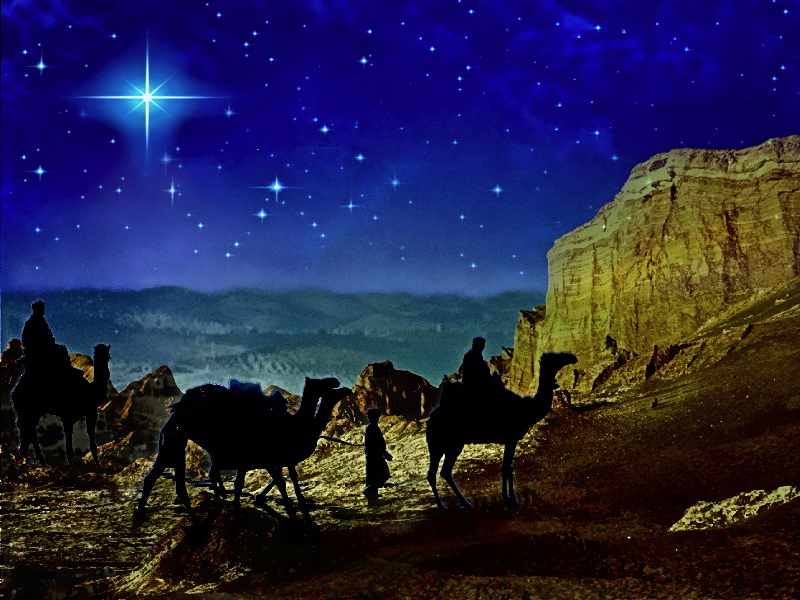 |

Midnight Mass
Tuesday - December 25th, 2012
Green Dragon Society
Members & Students Attended
Christmas Midnight Mass
Notre Dame Roman Catholic Church
1335 W. Harrison, Chicago, Illinois
312 243-7400
|
| The congregation met early to sing
Christmas carols from 11:30 pm till Midnight, then came the Catholic
High Mass, which was beautifully sung, with the presiding priest
assisted by a deacon, a sub-deacon, and accompanied by acolytes, and a
choir. The climax and purpose of the Christian mass is the direct communion with God
through the Sacrament of the Holy Eucharist, both the body and blood of
Christ the Savior. |
|
Interior of Notre Dame de Chicago
Church |
|